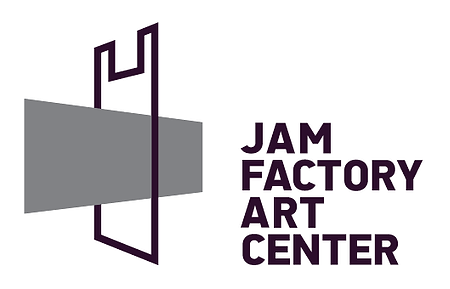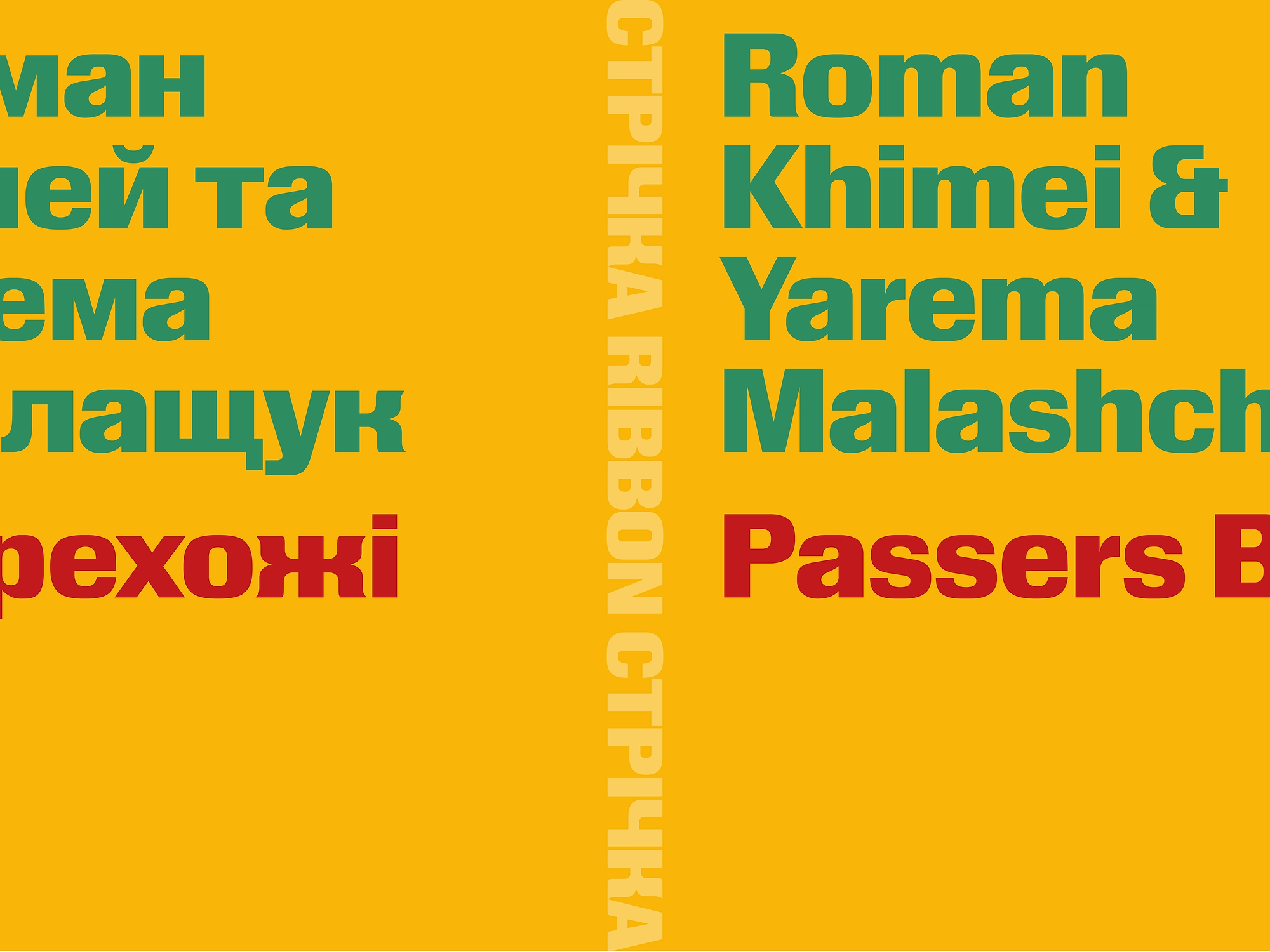
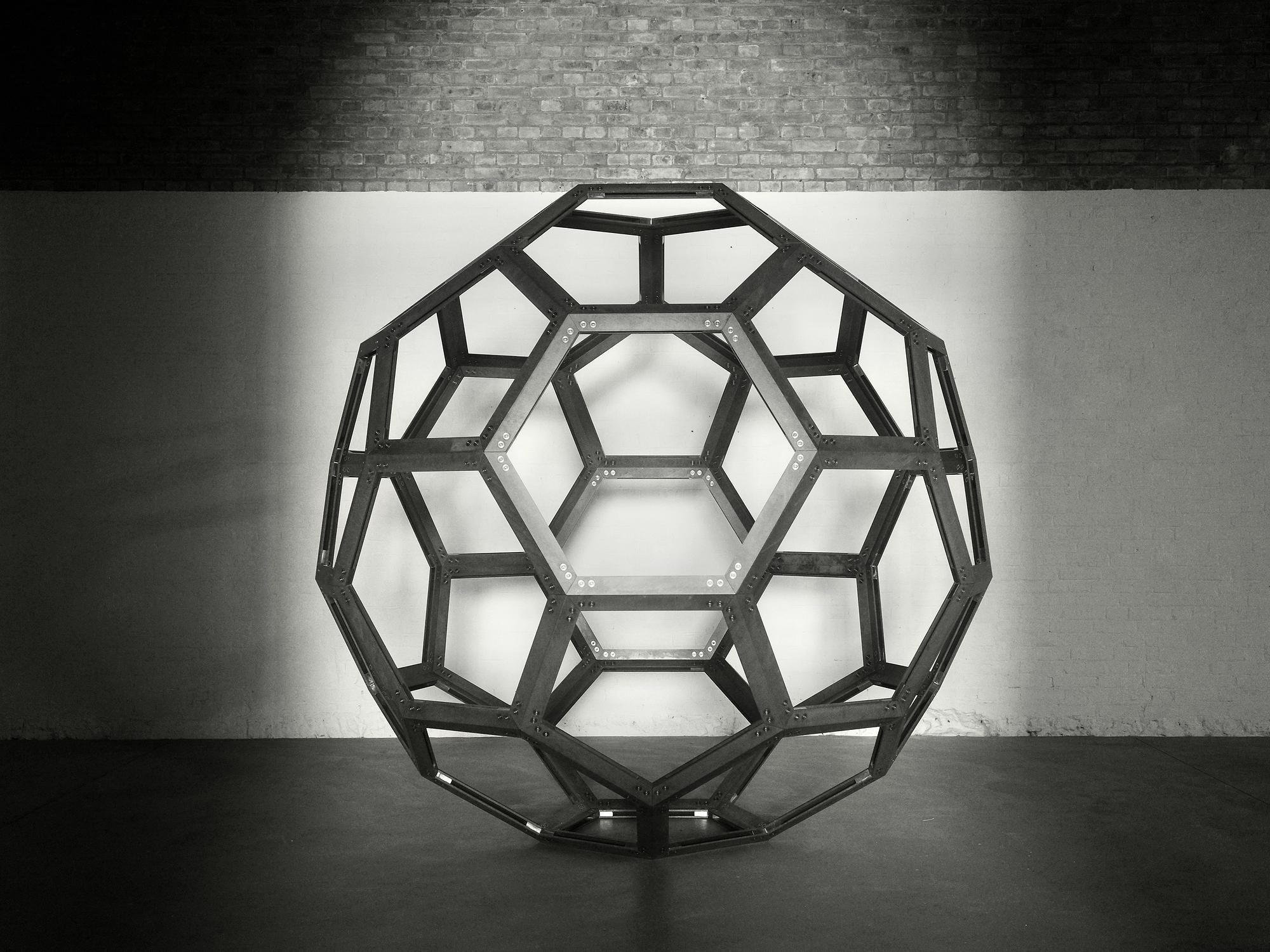

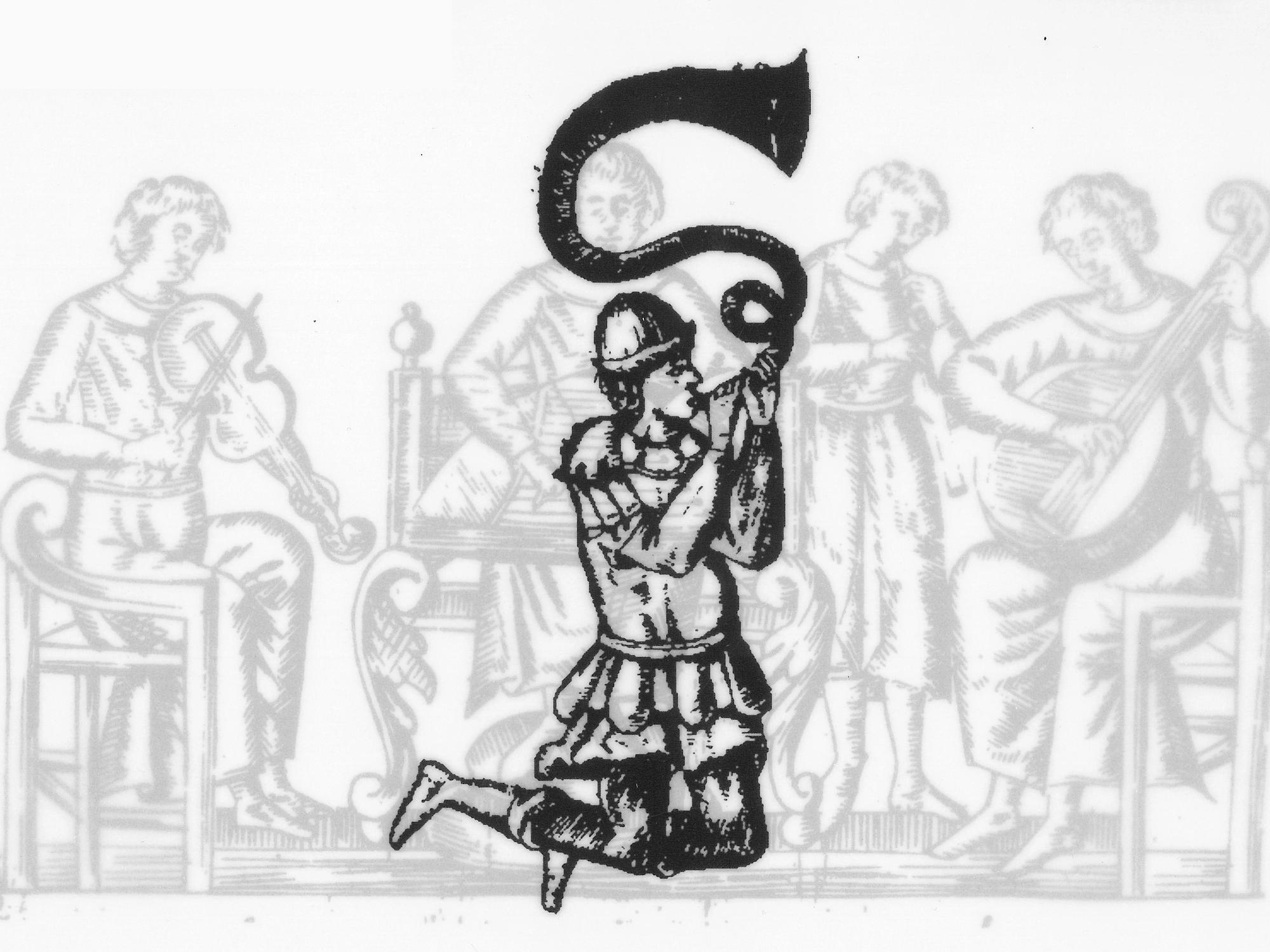
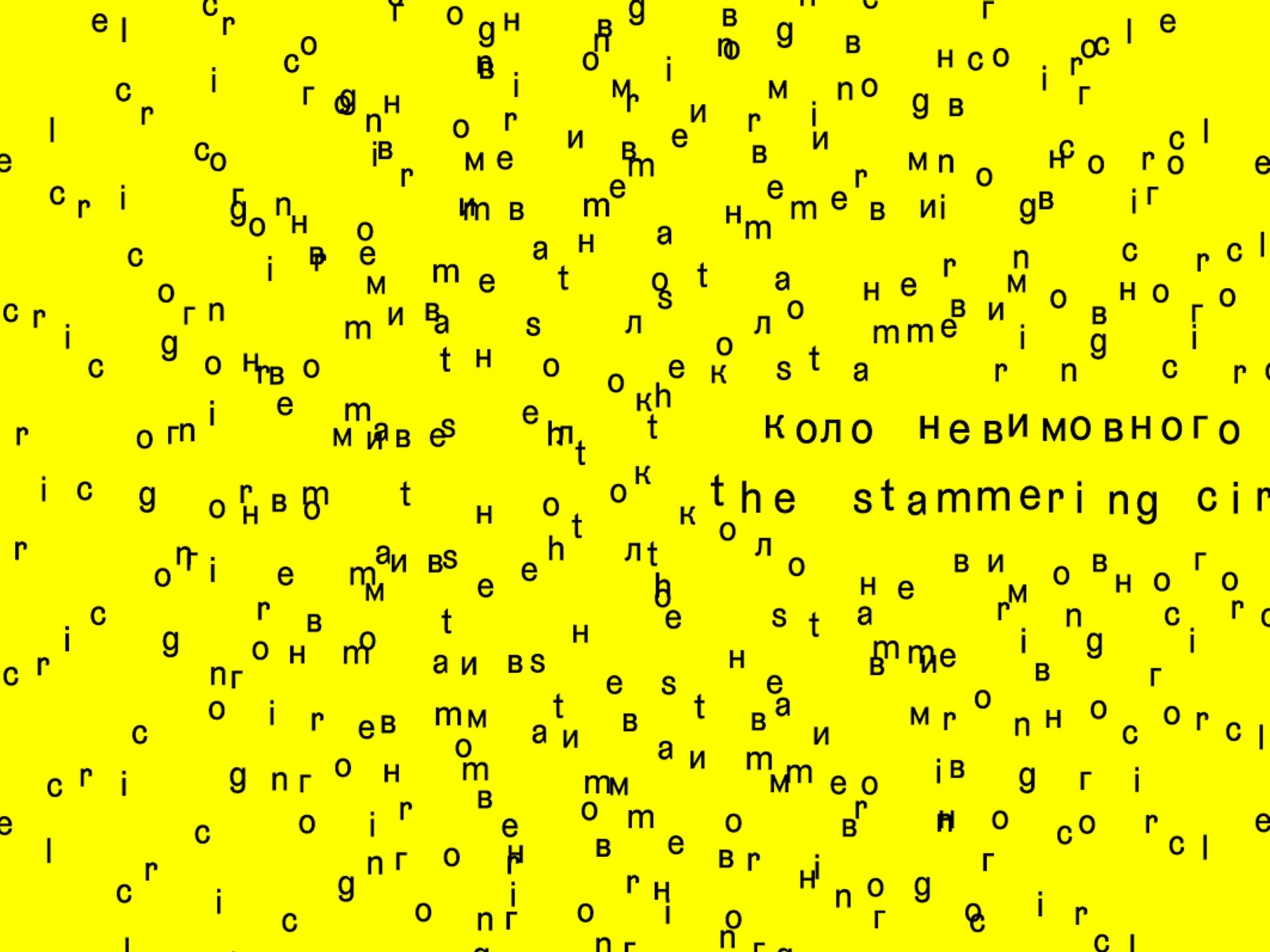
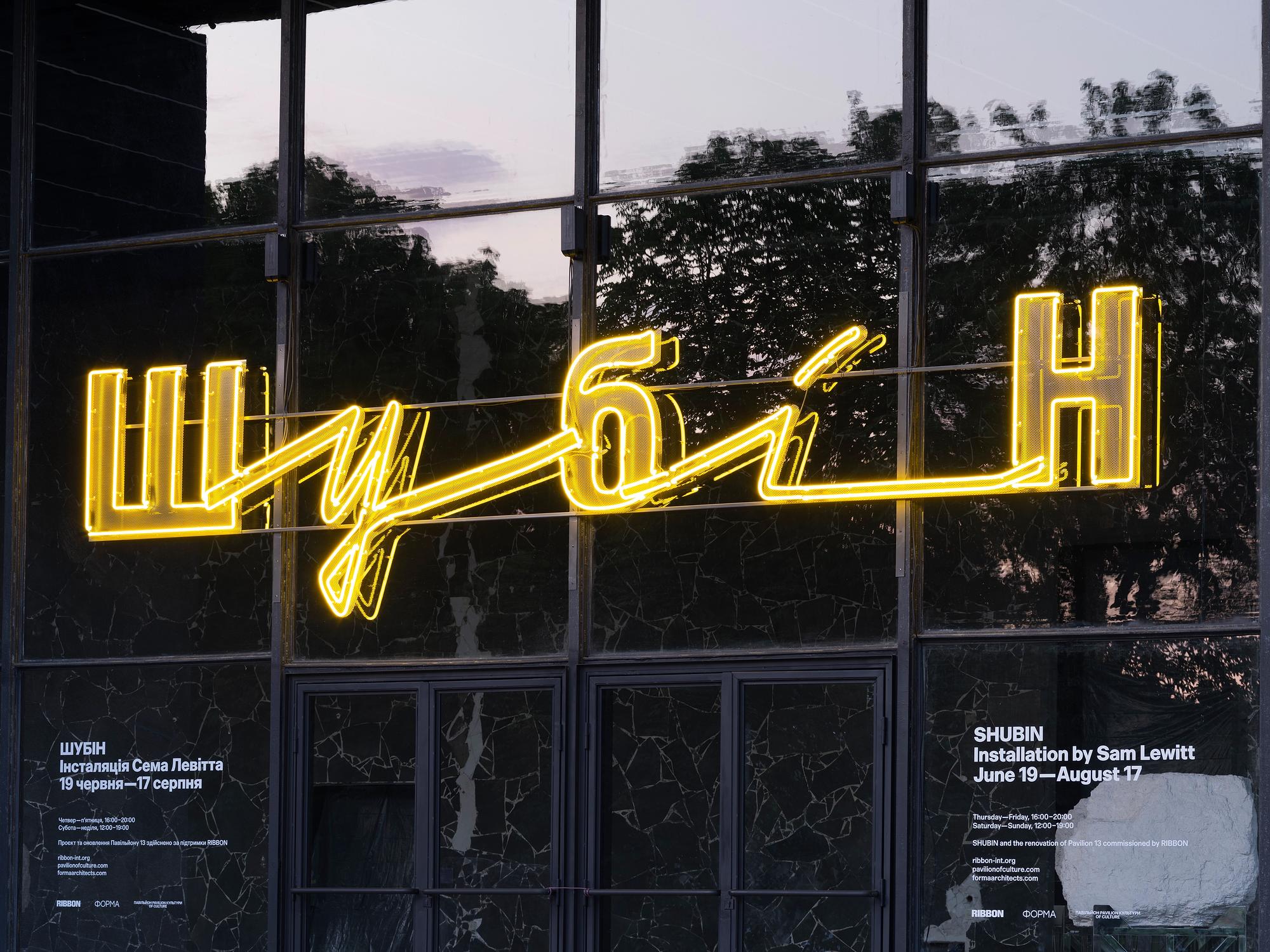
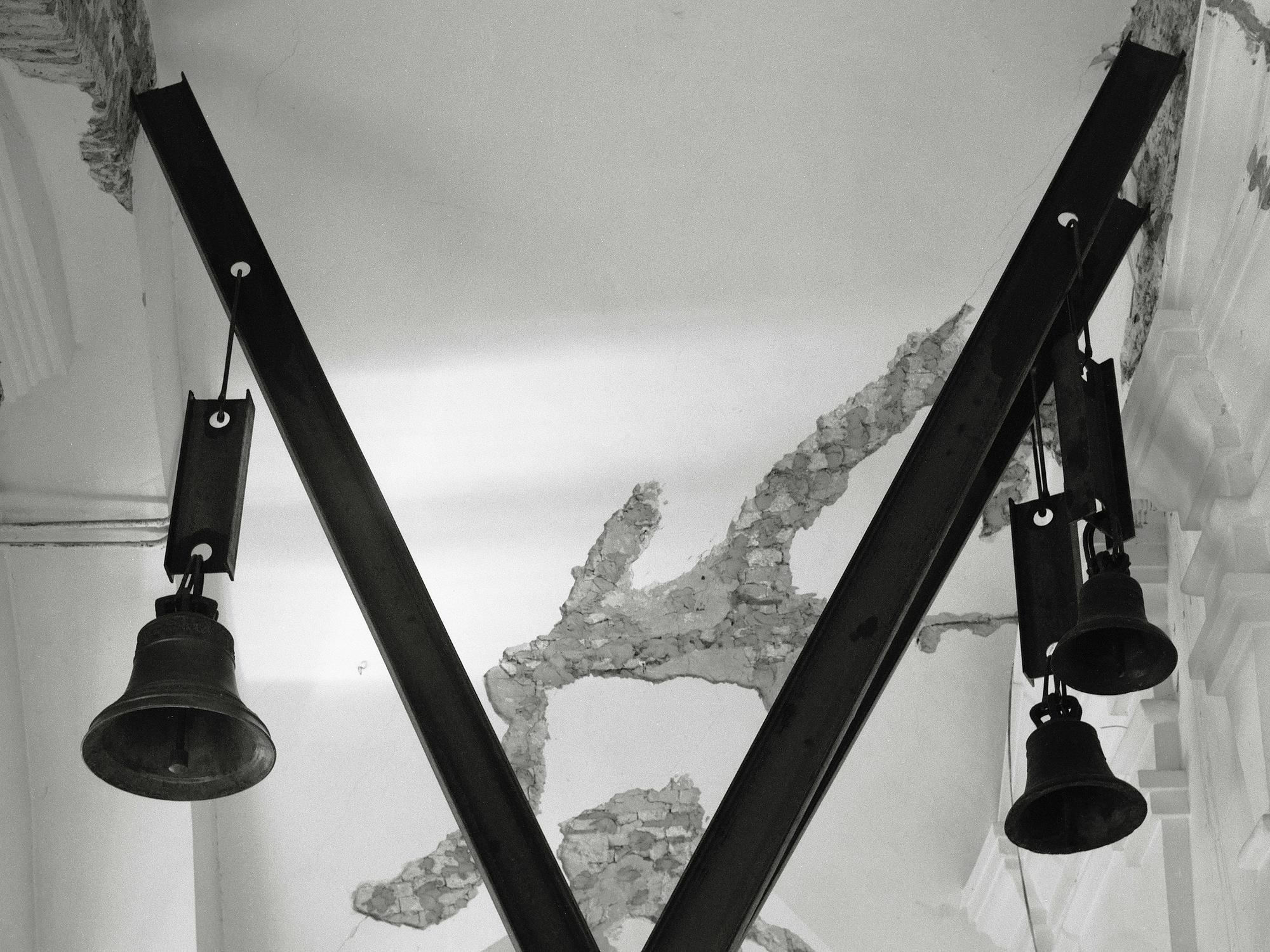
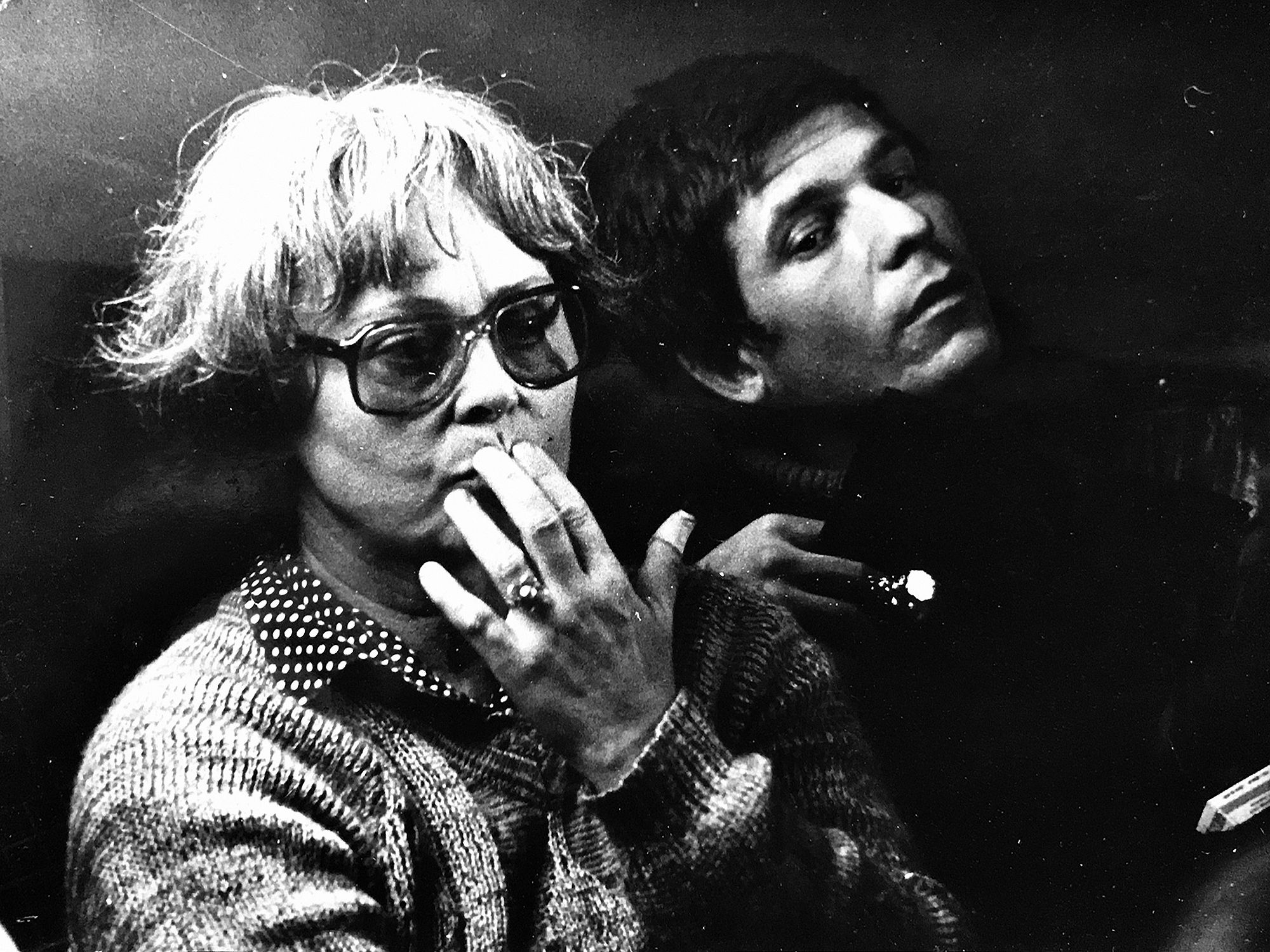
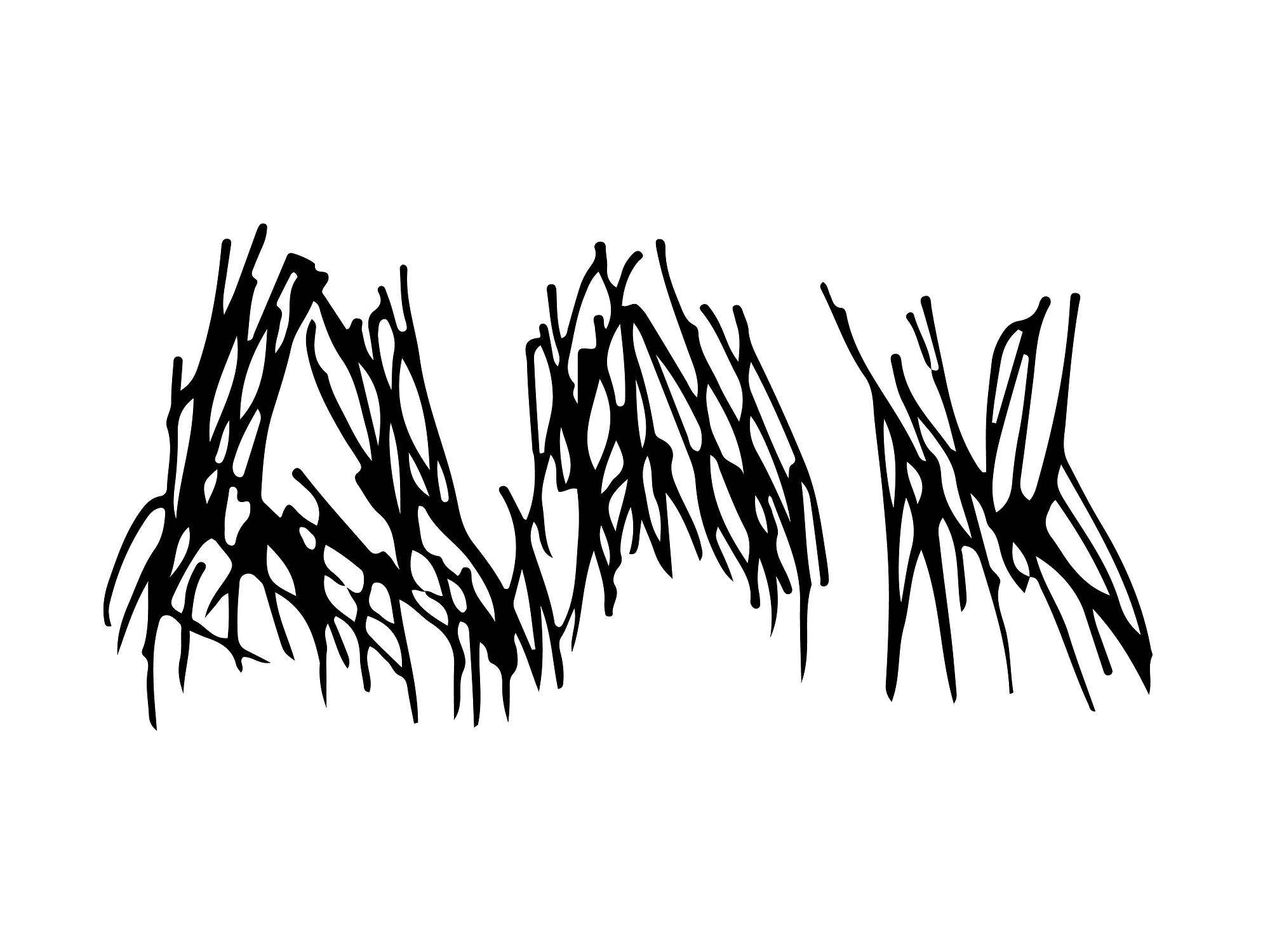
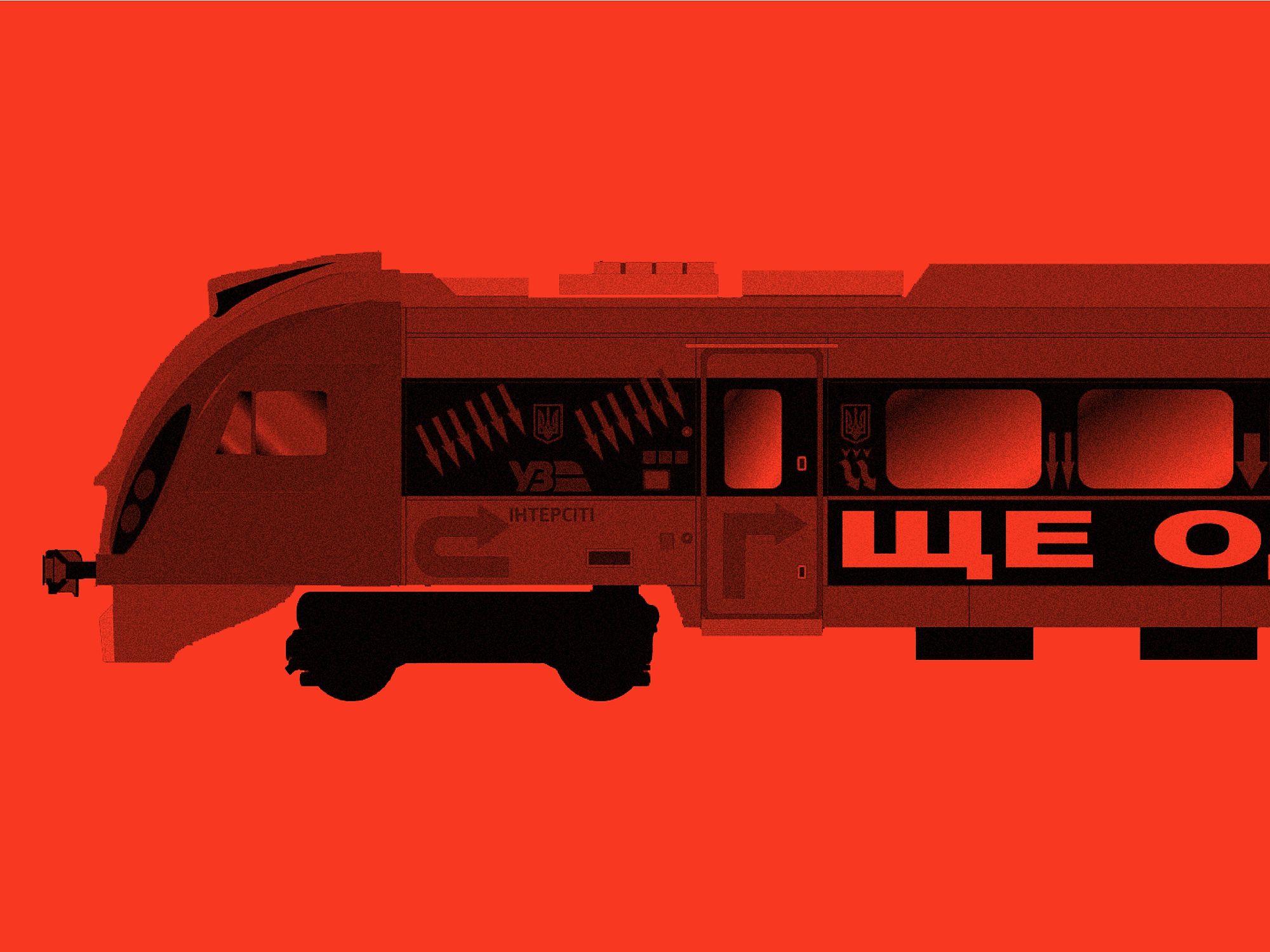
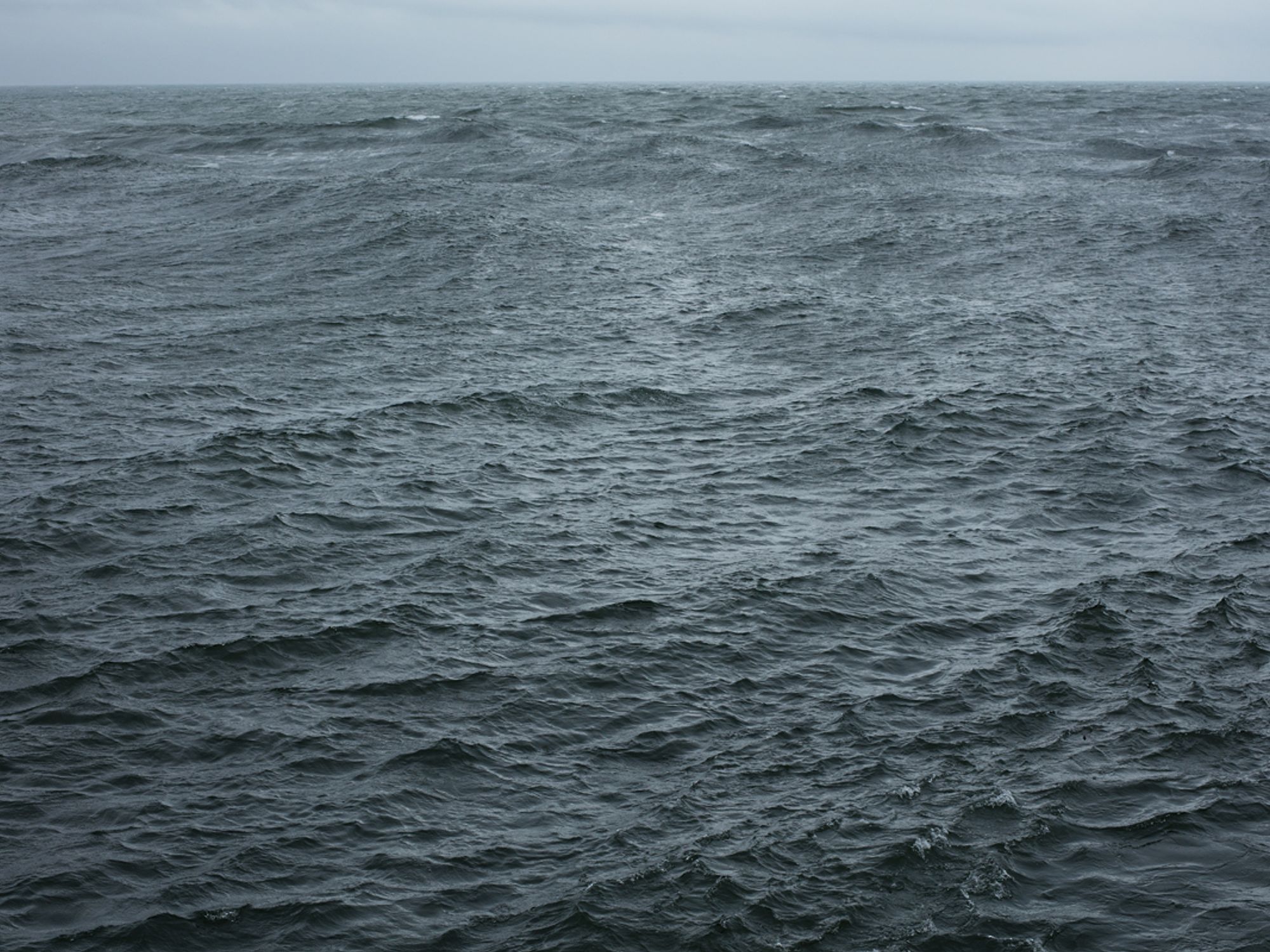
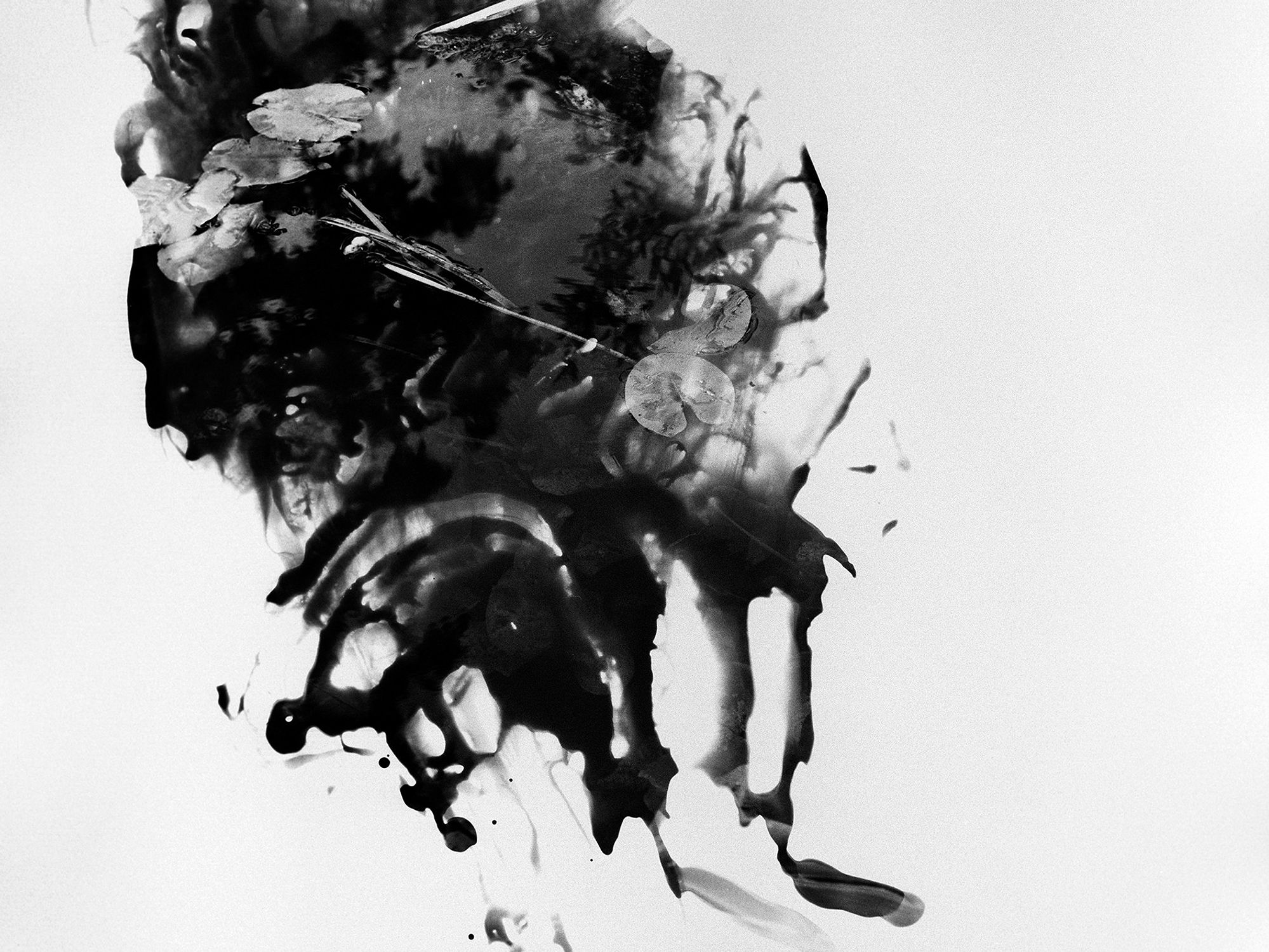
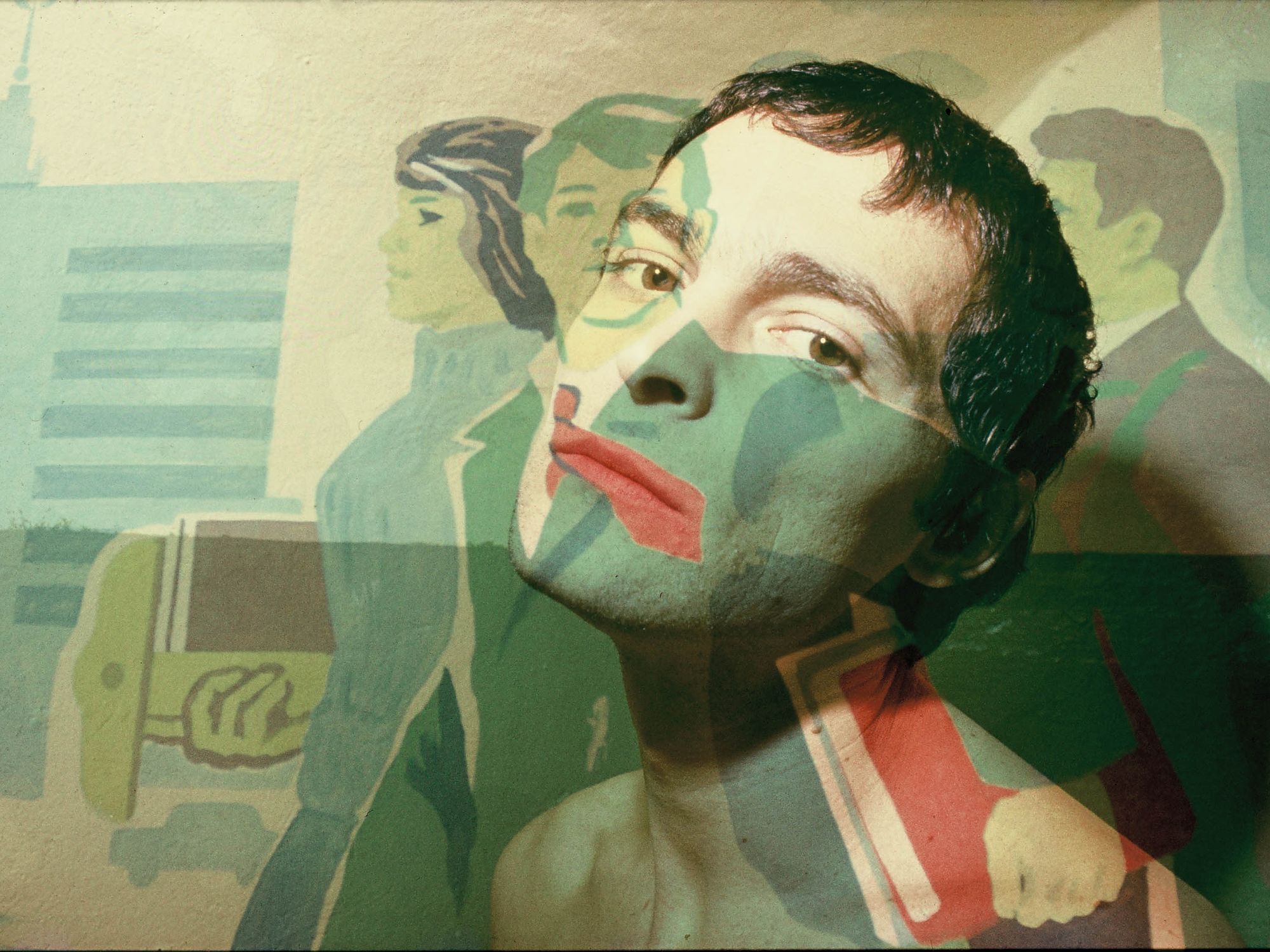
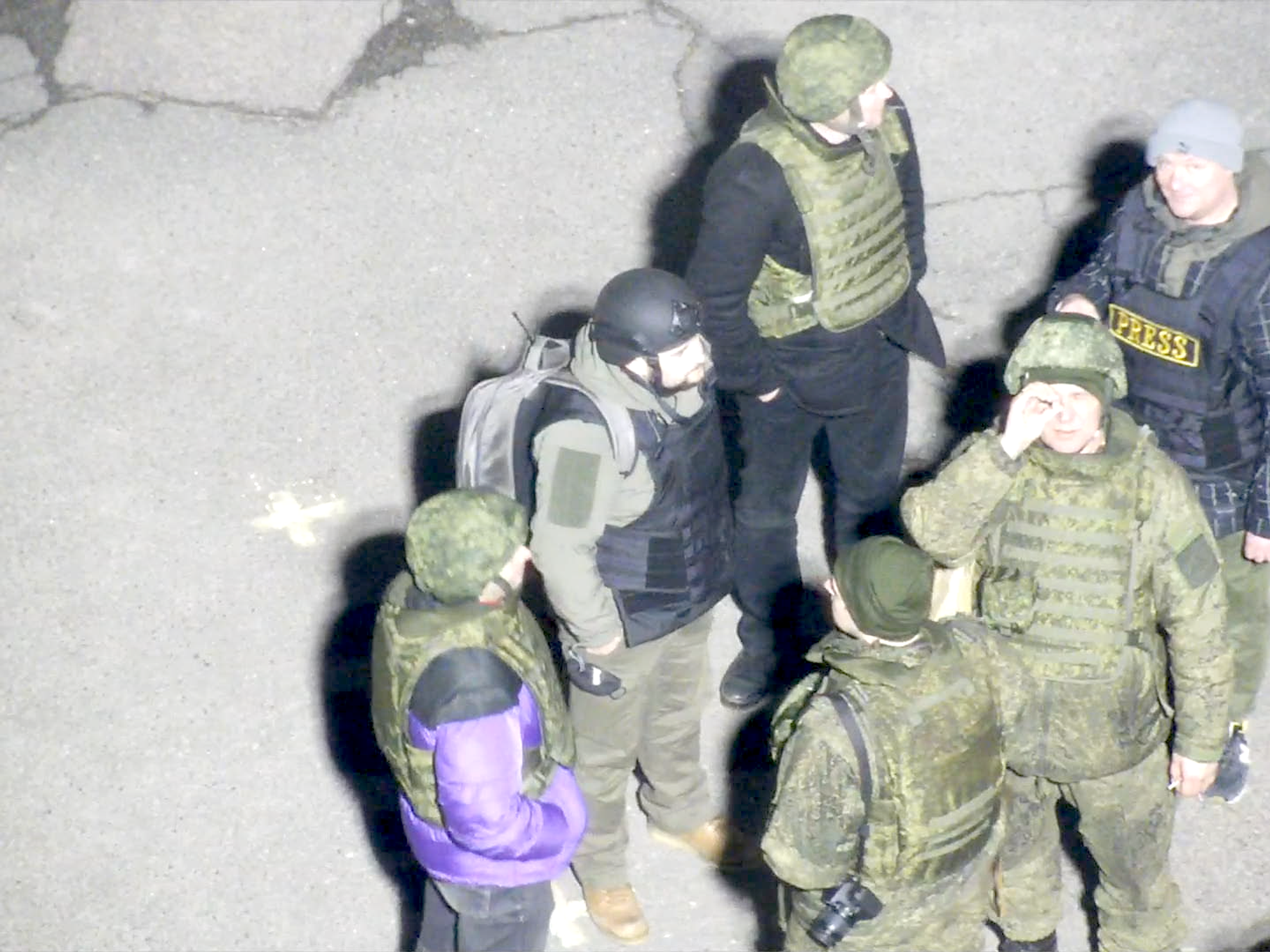
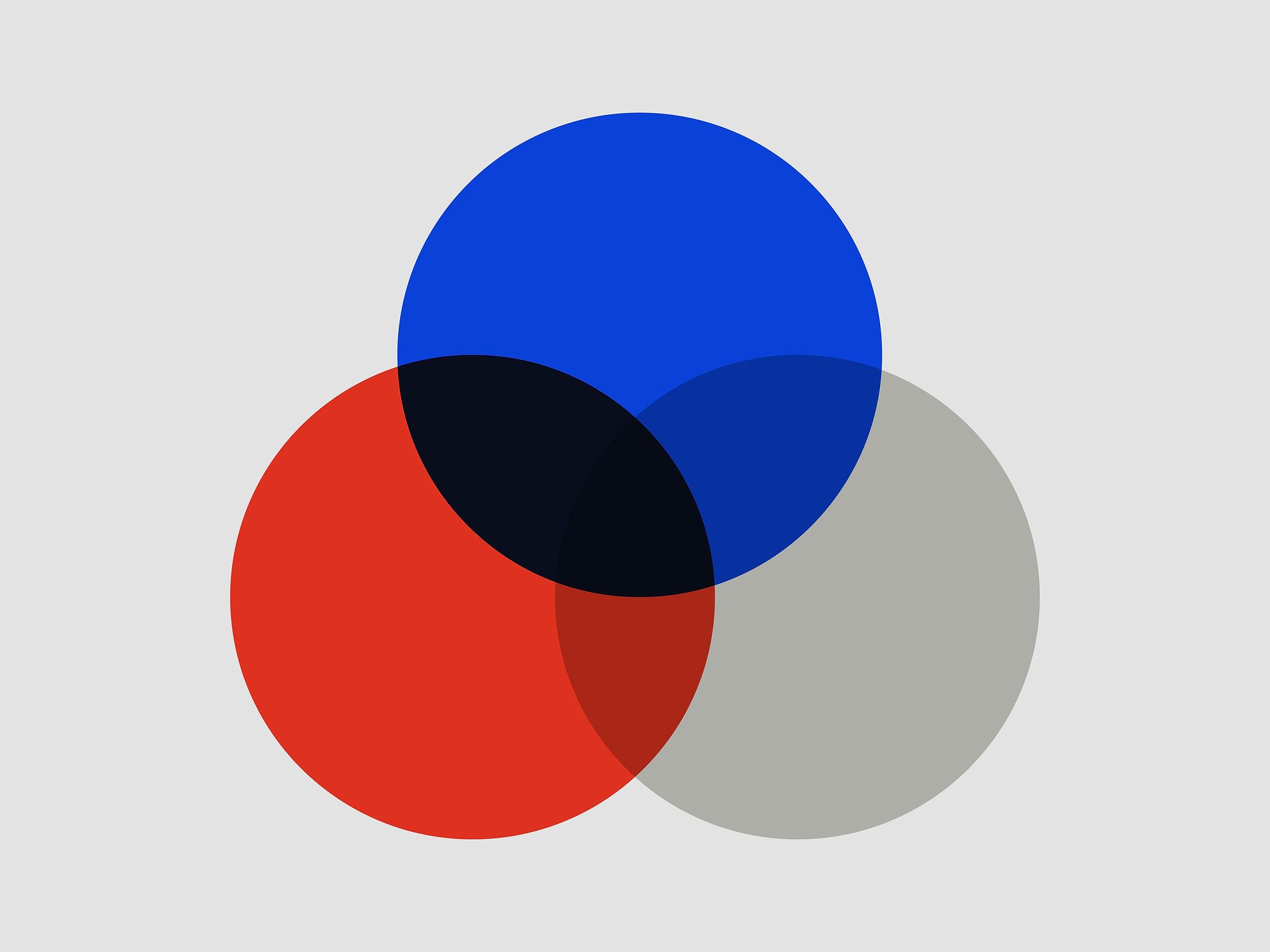
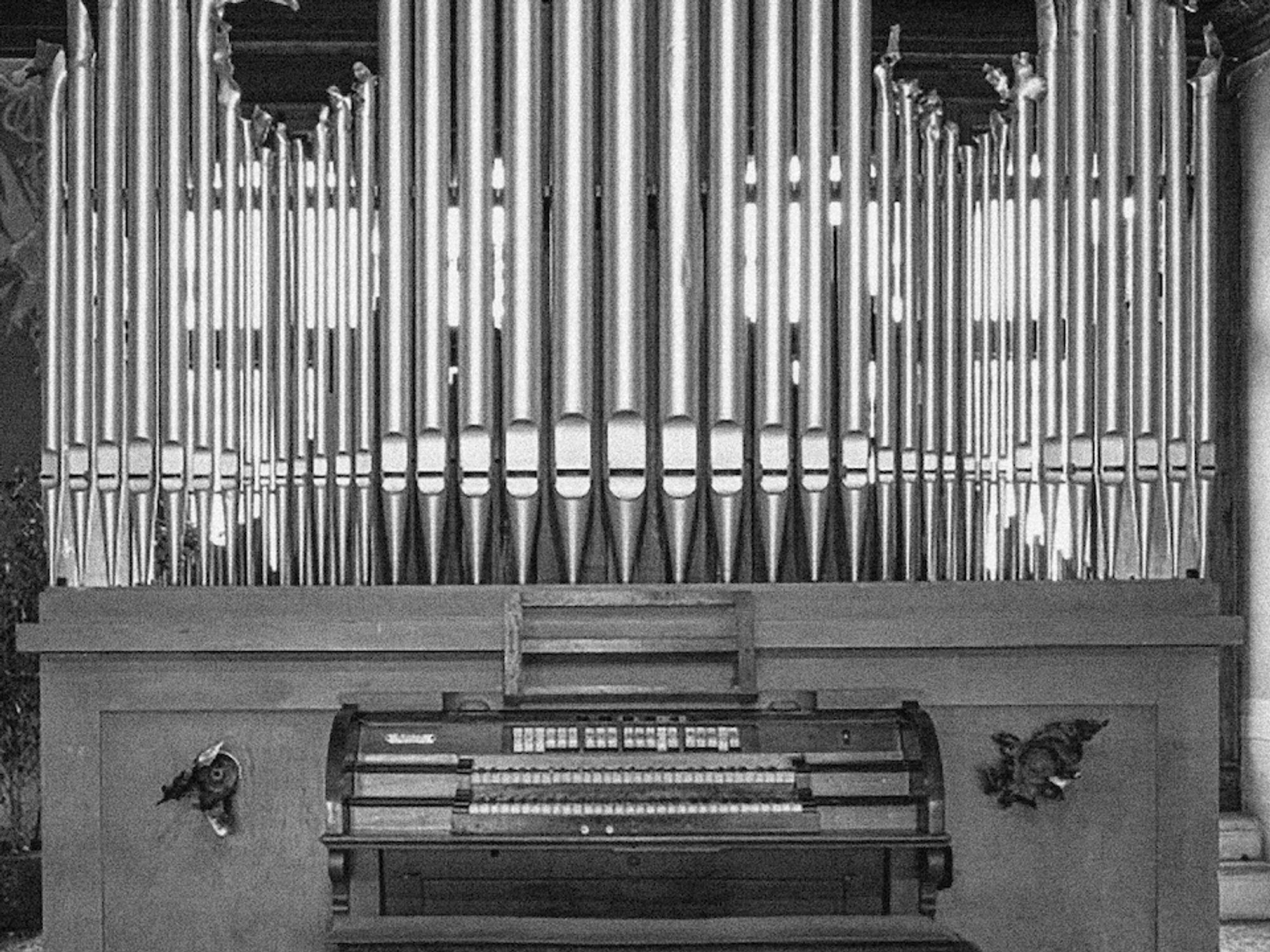
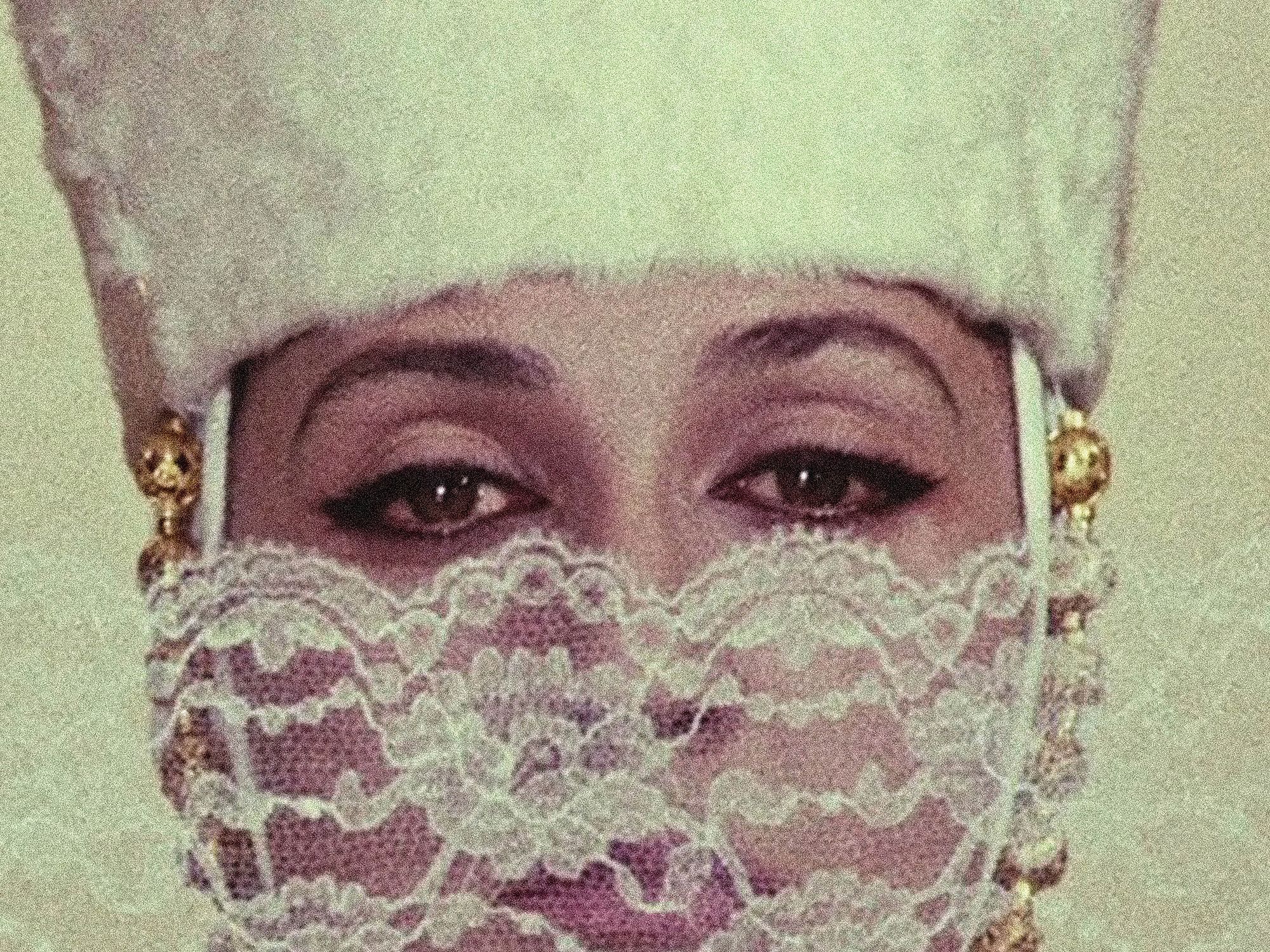
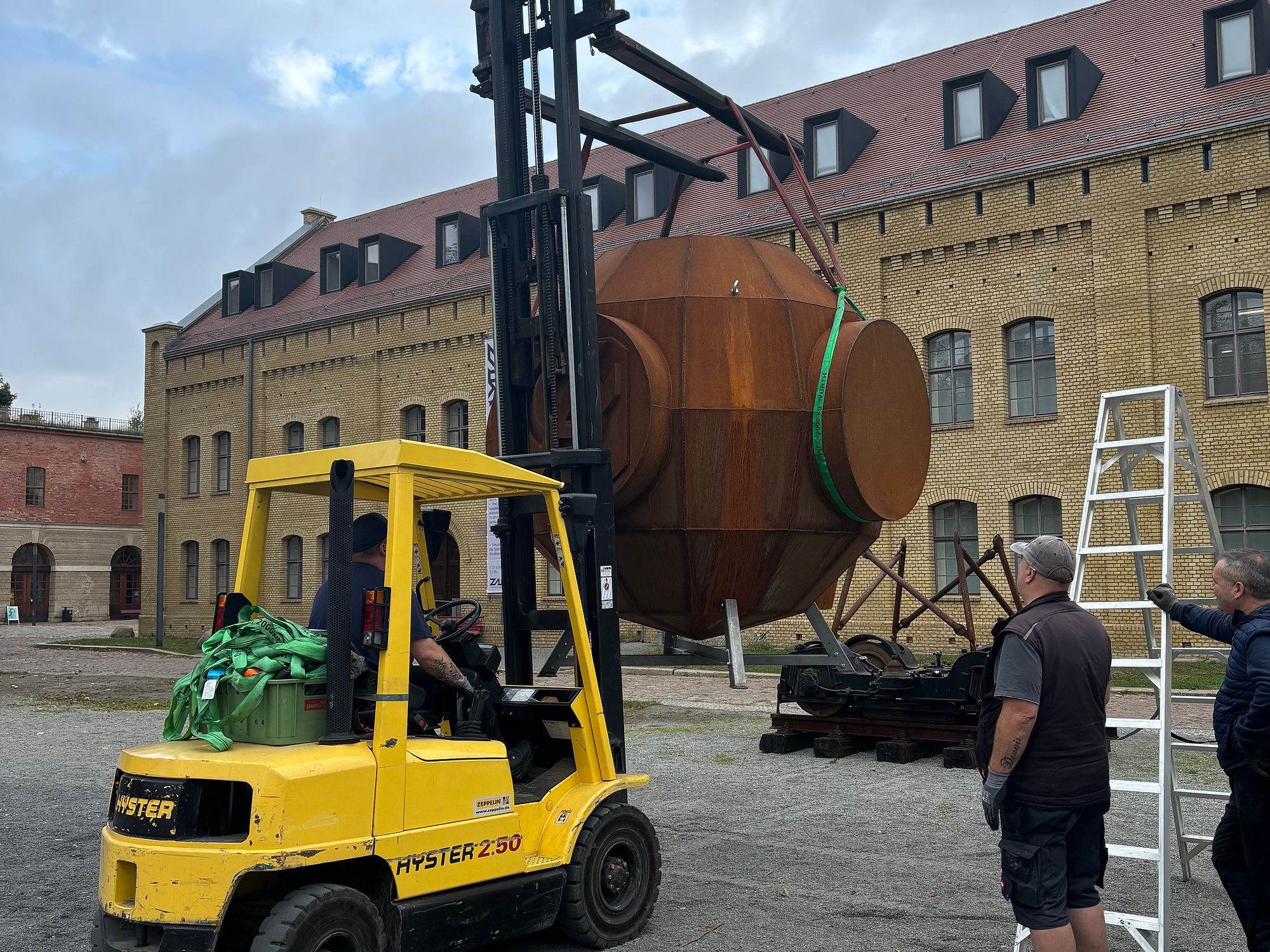
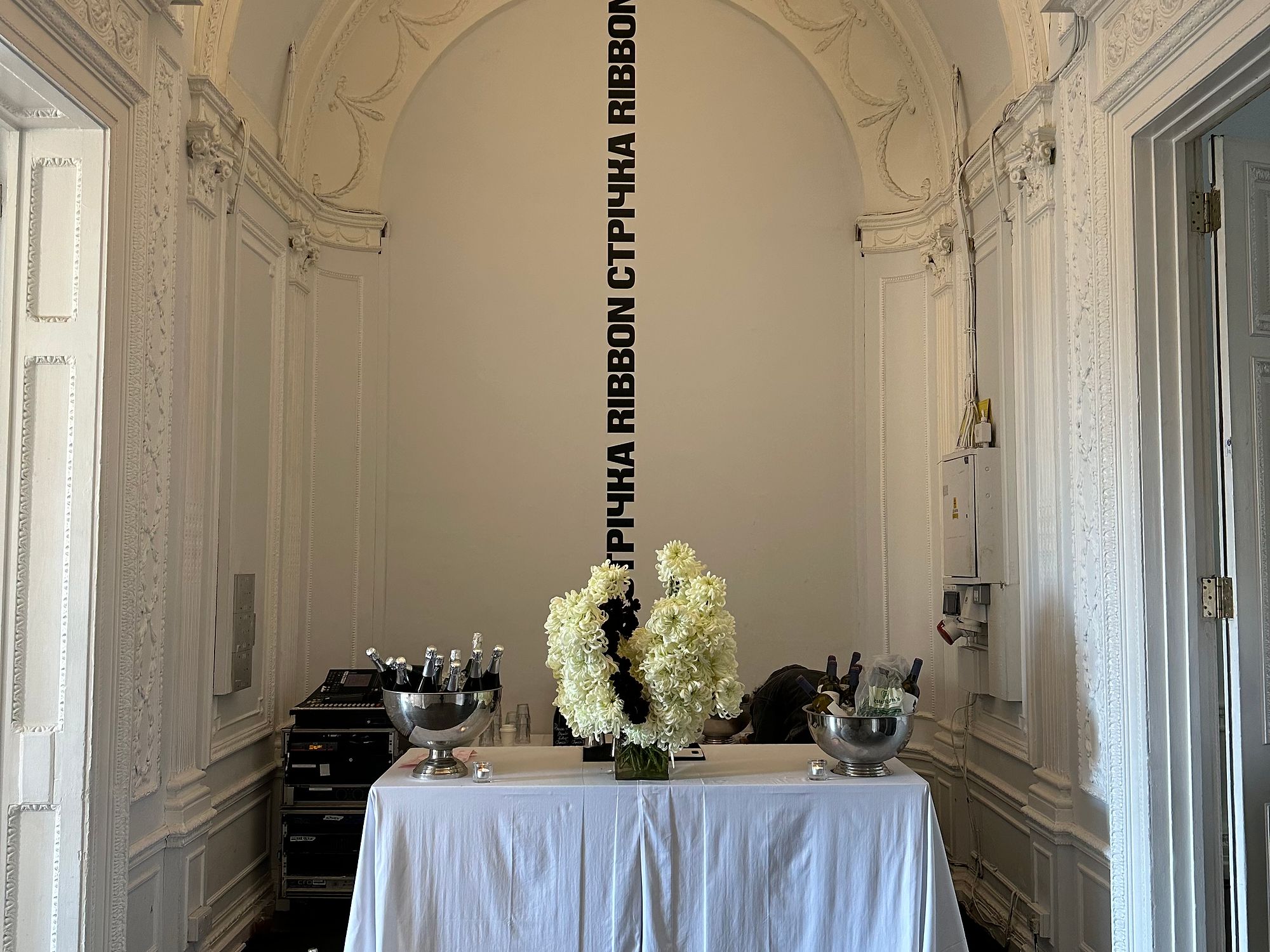
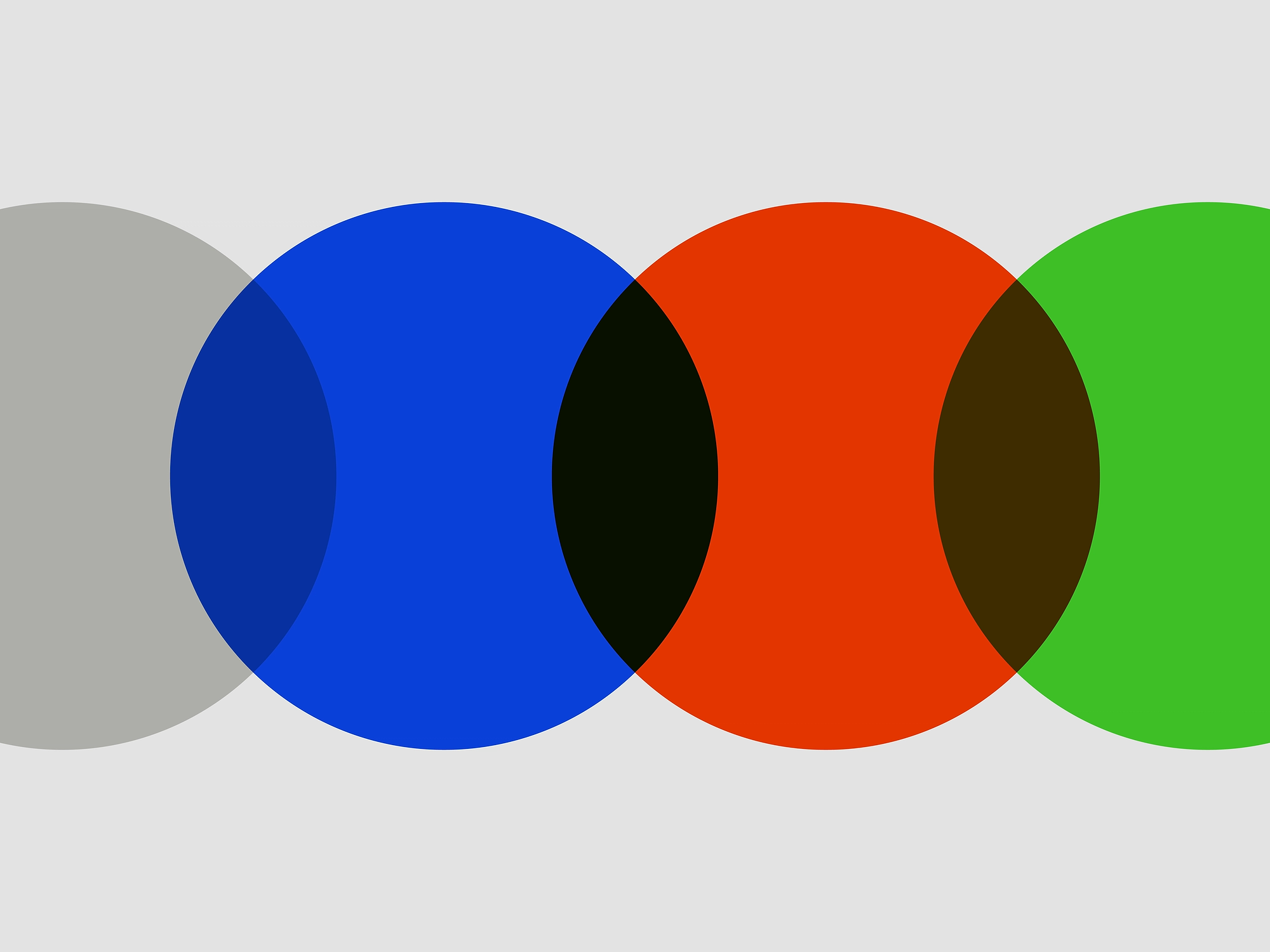
Faktura 10—The Stammering Circle
THE STAMMERING CIRCLE
Curated byMarta Kuzma
The Stammering Circle is an exhibition that addresses disruption as dysfluency—a “stammering” that makes room for the pause essential to the exhibition of art in the context of war. A noisy business, war is voluminous, invasive, and serially destructive. It ruptures the suspends our understanding of cause and effect, violently occupies the everyday, and challenges the basic tenets of existence.
What constitutes art in times of conflict? How is it possible to find refuge from war’s perpetual state of contingency to make room for creative reflection? What are the forms and expressions—beyond mourning, loss, and requiem—that seize on instability to make a generative space to create resonantly? The Stammering Circle draws inspiration from the writings of Paul Celan to respond to these questions.
Celan, born Paul Antschul, in 1920, into a secular Jewish family in Czernowitz, had been studying medicine and writing poetry when, in 1941, the Germans occupied the region and he was forced to work in a labor camp until liberation in 1944. Having learned at the war’s end of his parents’ deportation and murder by the SS during his internment, he left the country and emigrated to Paris where he wrote Mohn and Gedachtnis (1952)—a volume of poetry that featured “Todesfugue” (Death Fugue), originally written in 1945, and became a paradigmatic piece of Holocaust literature. The poem centered around bearing witness as a lifelong matter and not merely an encounter with the past to be overcome—“no one bears witness for the witness.”1 Celan’s decision to write in German was also striking; a testament to the writer’s avowed devotion to his mother tongue under the tyrrany of the murderers of, literally, his mother.
In the aftermath of the war, Celan argued for “eine radikale In-Frage-Stellung der Kunst” (the radical calling-into-question of art) as a probe into what art is by critically challenging it.2 That is, art had to be subject to profound interrogation in order to call other things into question—and come to terms with—the past.
“The Meridian” was the speech Celan delivered on the occasion of receiving the Georg Buchner Prize in 1960 in which he posed the question of how to address art after the war. Celan wrote, “art is an eternal problem,” and he proposed, as the metaphorical tool to help steer through it, the Bukovinian “meridian,” which according to the poet’s translator, Pierre Joris, “transforms the main characteristic of Bukovina’s culture into a structural principle and it’s legendary Bukovinian receptivity to heterogenous ethnic traditions which Celan then infused the rich intertextuality.”
“The Meridian” served as Celan’s manifesto for art that revolved around the search for a poetic space and language that is immaterial “yet terrestrial, as something circular that returns to itself across both poles while ultimately finding … a meridian.” The exhibition borrows from the stammering that emanates from this extraterrestrial journey; the resounding passage of rhythms and repetitions charting a route previously untraveled. Celan’s meridian, however, did not chart a physical territory, rather it represented the rupture and the will to be suspended, to welcome the existential state of placelessness, as if one had been expatriated or exiled.
In “The Meridian,” Celan introduces Atemwende,” or the “breathturn,” to propose a way to describe what, perhaps, art could be, as if a turning of the breath. He writes:
Poetry: that can mean an Atemwende, a breathturn. Who knows, perhaps poetry travels this route —also the route of art—for the sake of such a breathturn?....
Perhaps the poem is itself because of this…and can now, in this art-less, art-free manner, walk its other routes thus also the routes of art—time and again?
Perhaps.3
It is uncanny that Theodor Adorno’s posthumous Aesthetic Theory, published in 1970, began with the sentence: “It is self-evident that nothing concerning art is self-evident anymore, not its inner life, not its relation to the world, not even its right to exist.” 4
It is as if Adorno continued Celan’s poetic reflections on suffering in the aftermath of war and with reference to the feasibility of the aesthetic form and aesthetic representation after the war. Celan emphasized the pause: art’s need to roam unbound and unrestricted in an “art-less, art-free manner,” enabling alternative routes of lived experience. Wrestling to find a way to position art following destruction and desecration, Celan adapted his own approach to form, content, texture, and sound to conceive a postwar composition interconnected with a darkness acknowledged by all.
The Stammering Circle encompasses the visual, the auditory, the performative, and the dialogic. The project embraces testimony, historical material, archival documentation, and myriad discussions that acknowledge the lived experience of war as posited within art production. It proceeds with Celan’s suggestions—in constellations of fadensonnen or “threadsuns” as his proposal to measure the world out in new ways—into elongated lines of light that radiate unto a multiplicity of centers. Amid this “swimming sun,” nature is addressed as political as the political is approached as natural, and wherein landscape abandons its aspiration as utopian or dystopic, and disperses instead into a new visual language with a new set of spatial and temporal relationships to shed light.
Marta Kuzma
Curator
1/ Paul Celan, “Ashglory,” in Breathturn into Timestead: The Collected Later Poetry, trans. Pierre Joris (Farrar, Straus, and Giroux, 2014).
2/ Paul Celan, The Meridian: Final Version – Drafts –Materials (Stanford University Press, 2011), 5.
3/ Ibid., 7–8.
4/ Theodor W. Adorno, Aesthetic Theory, trans. Robert Hullot-Kentor (Minneapolis: University of Minnesota Press, 1997), 1.
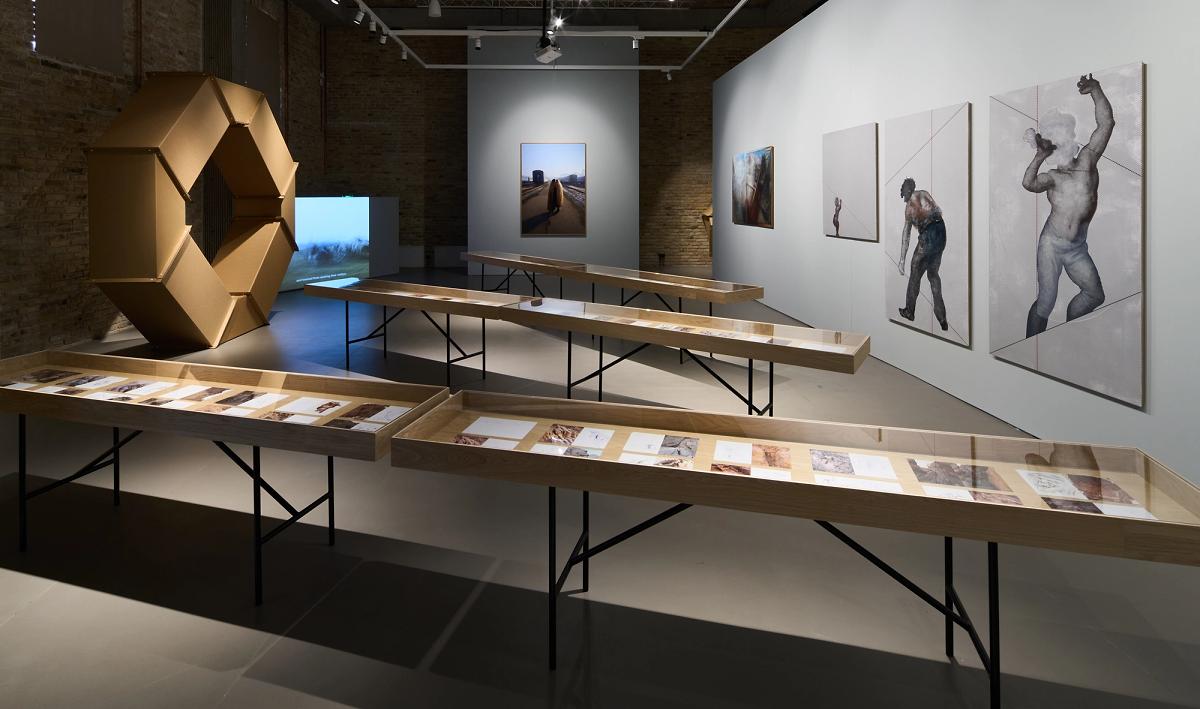
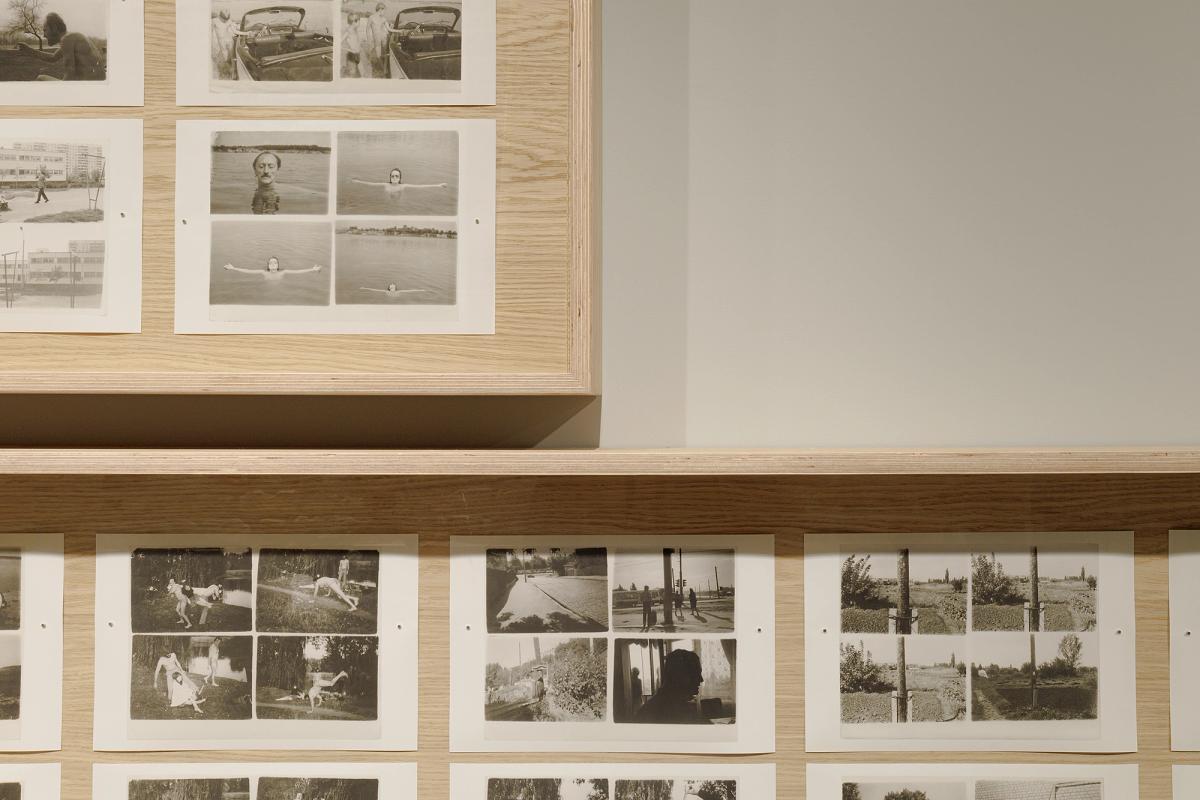
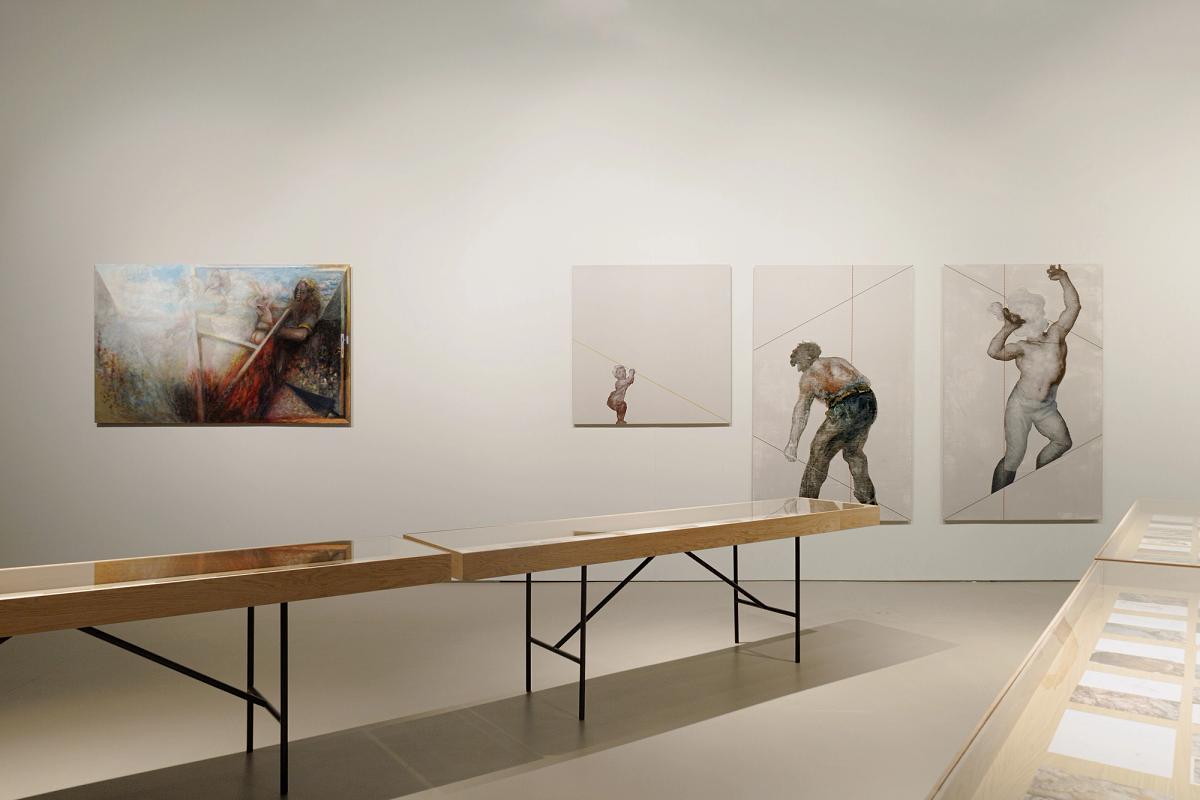
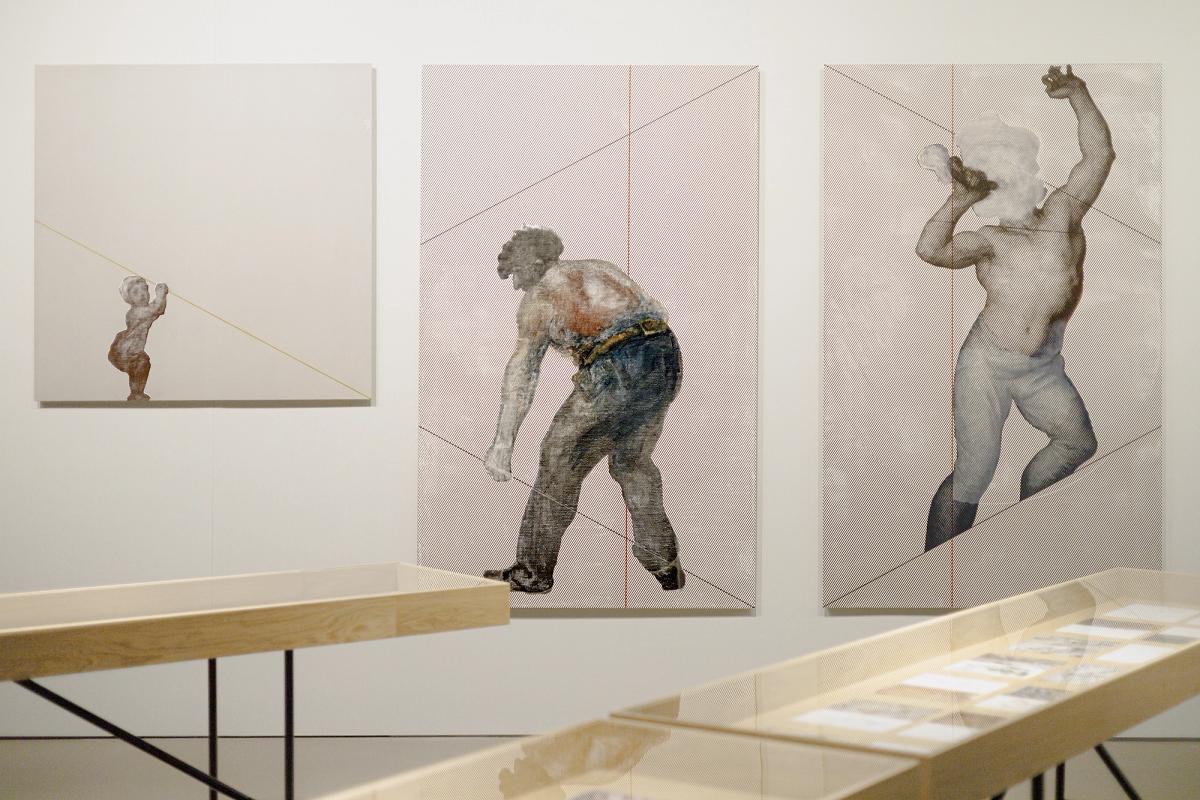
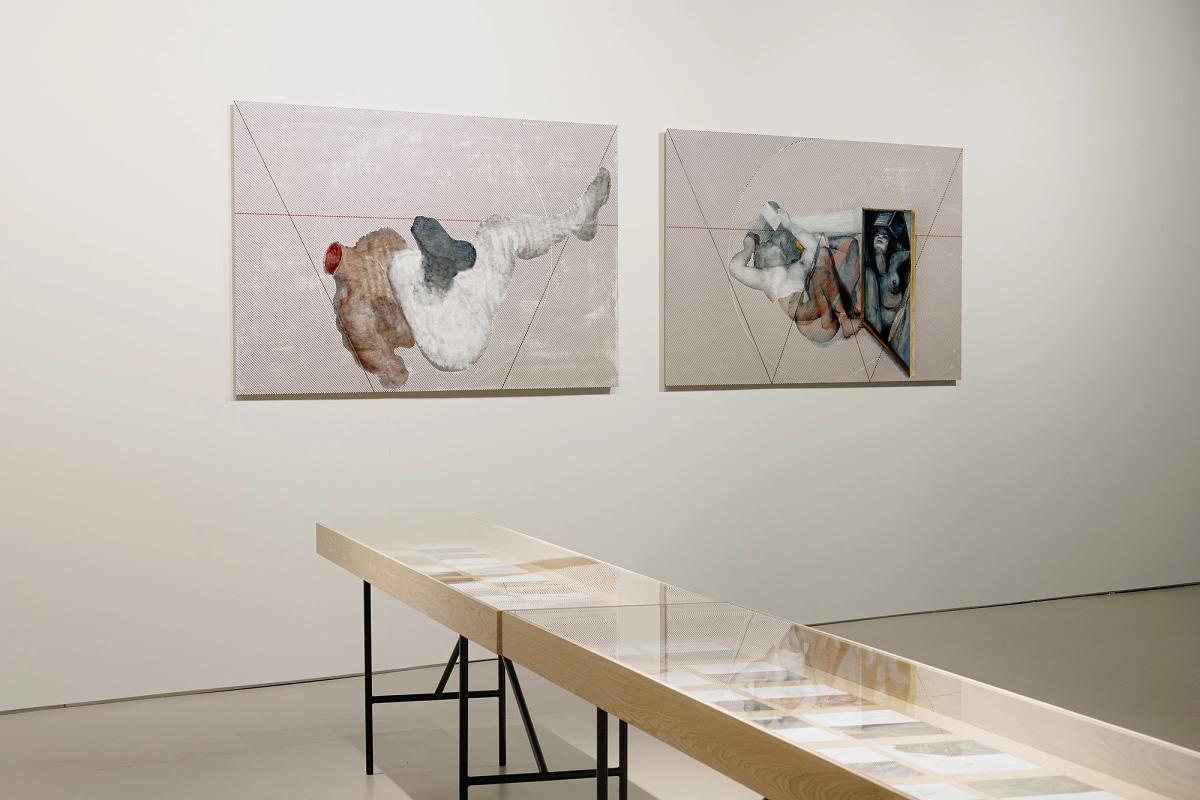
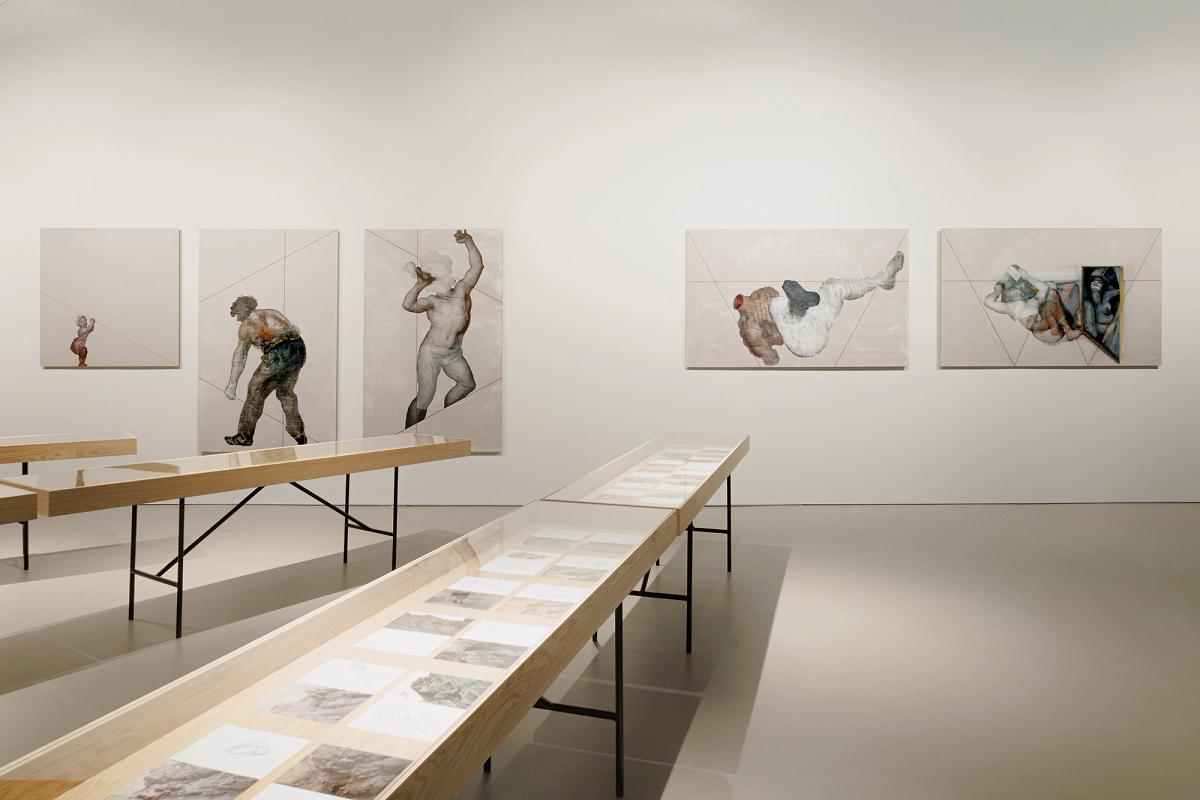
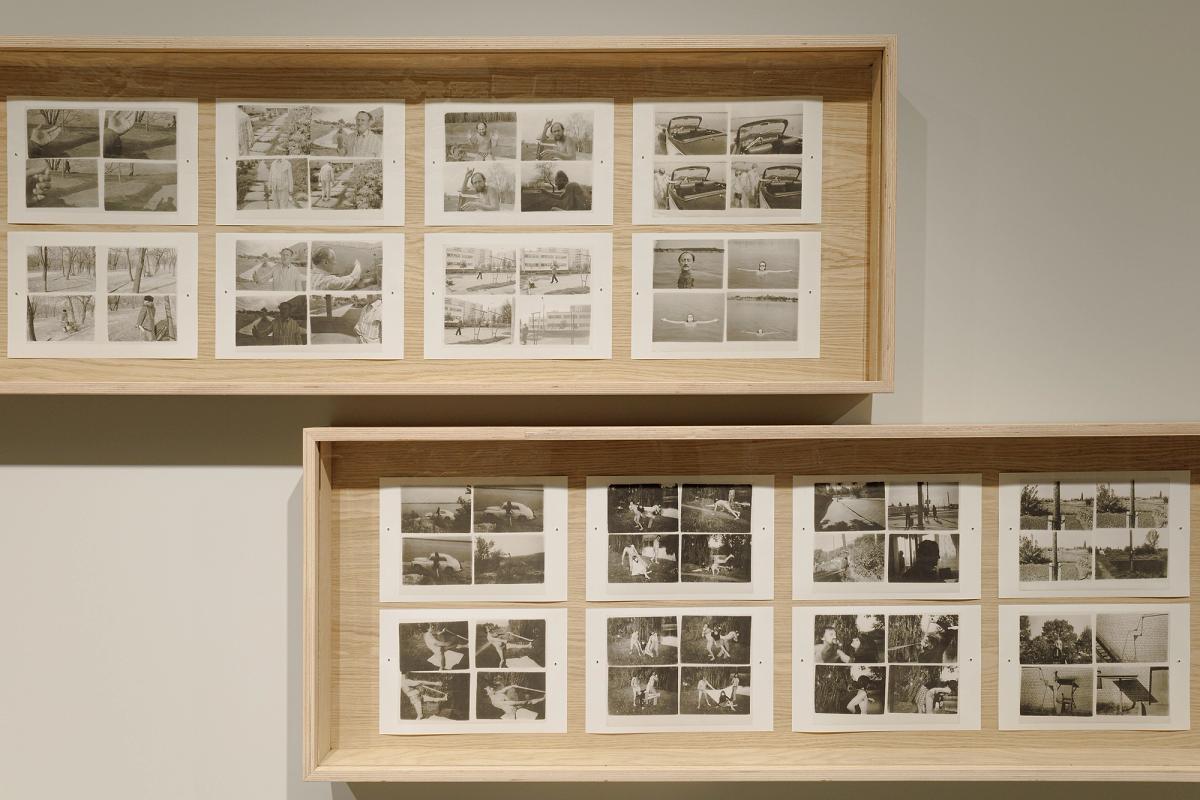
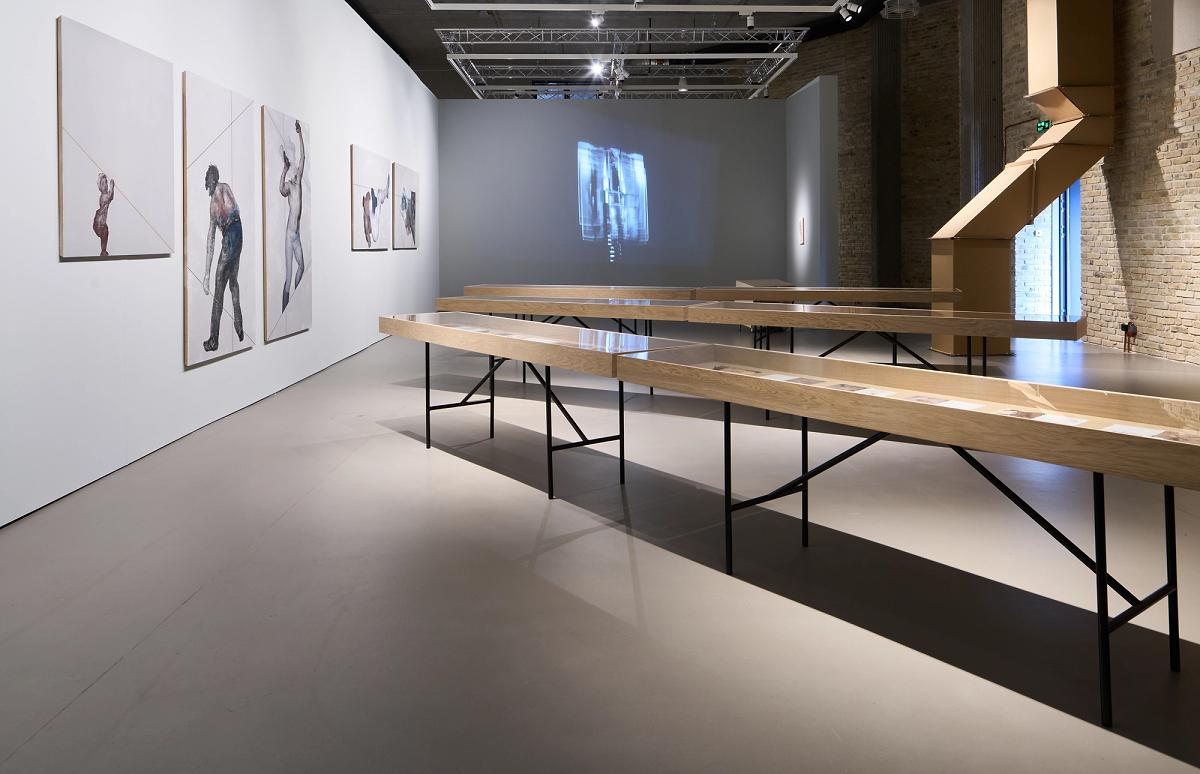
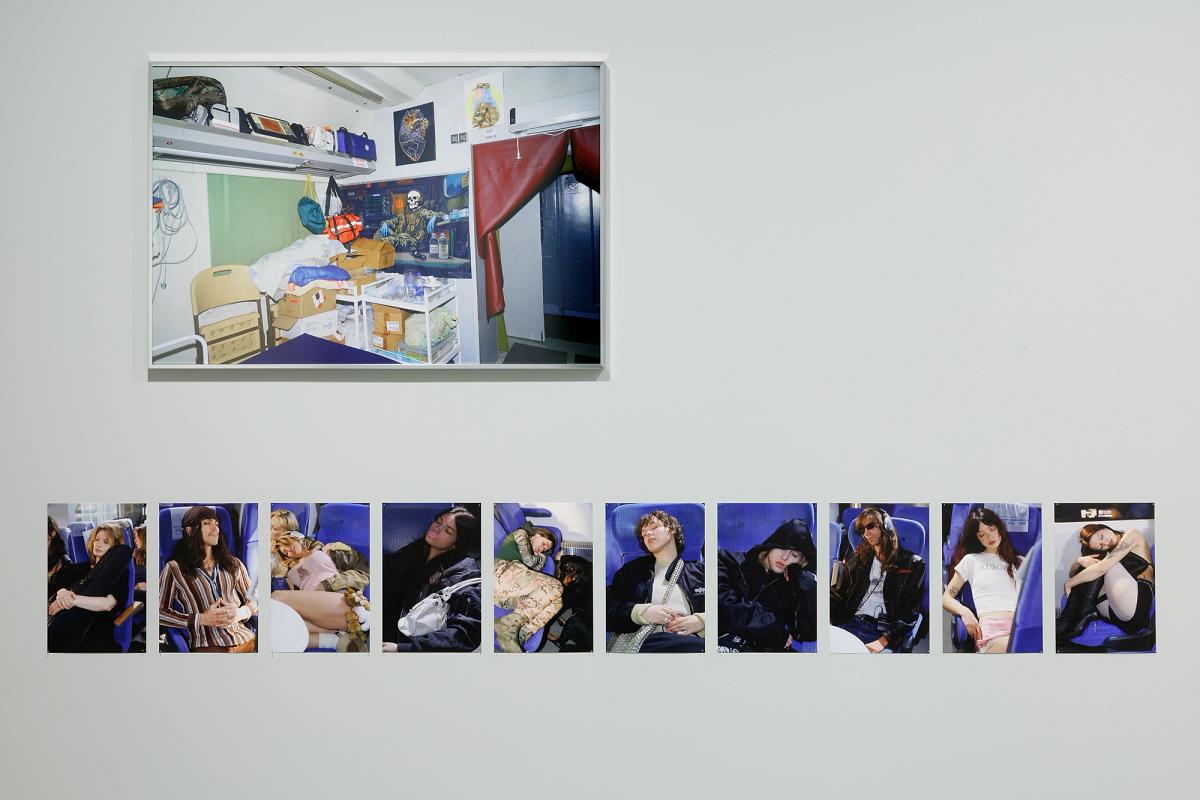
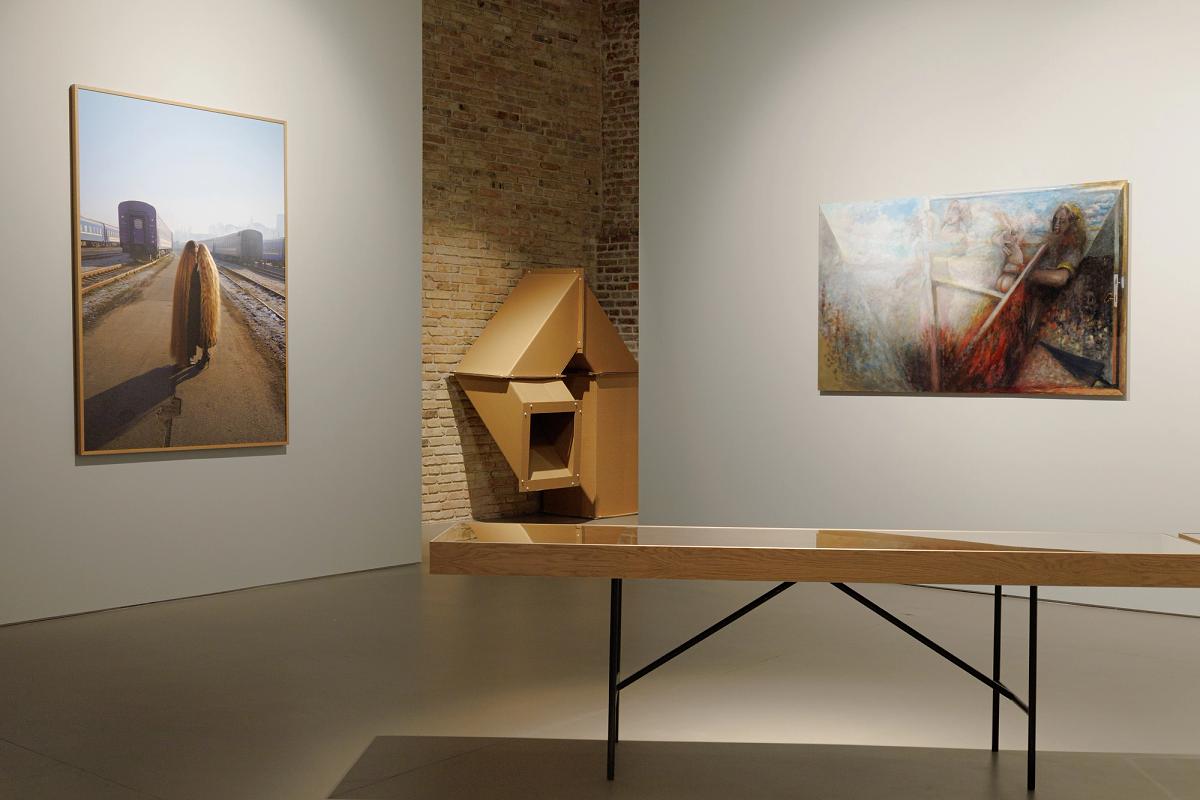
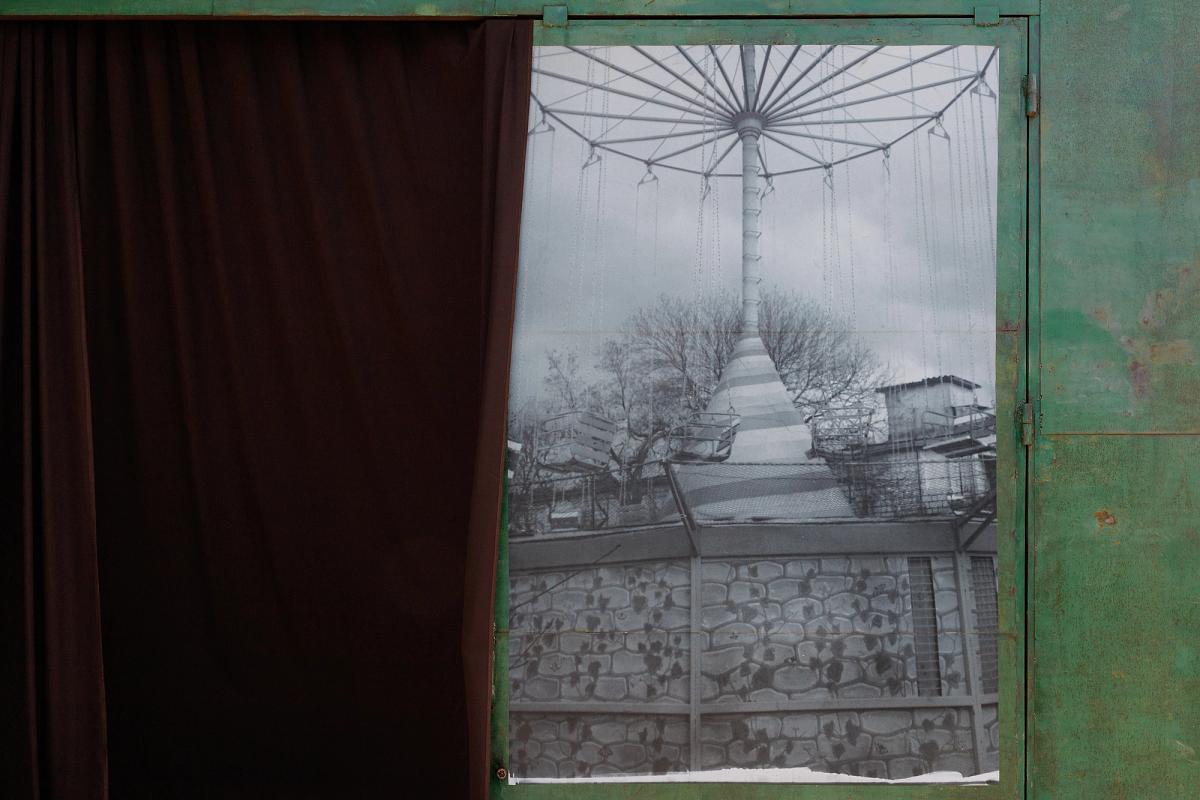
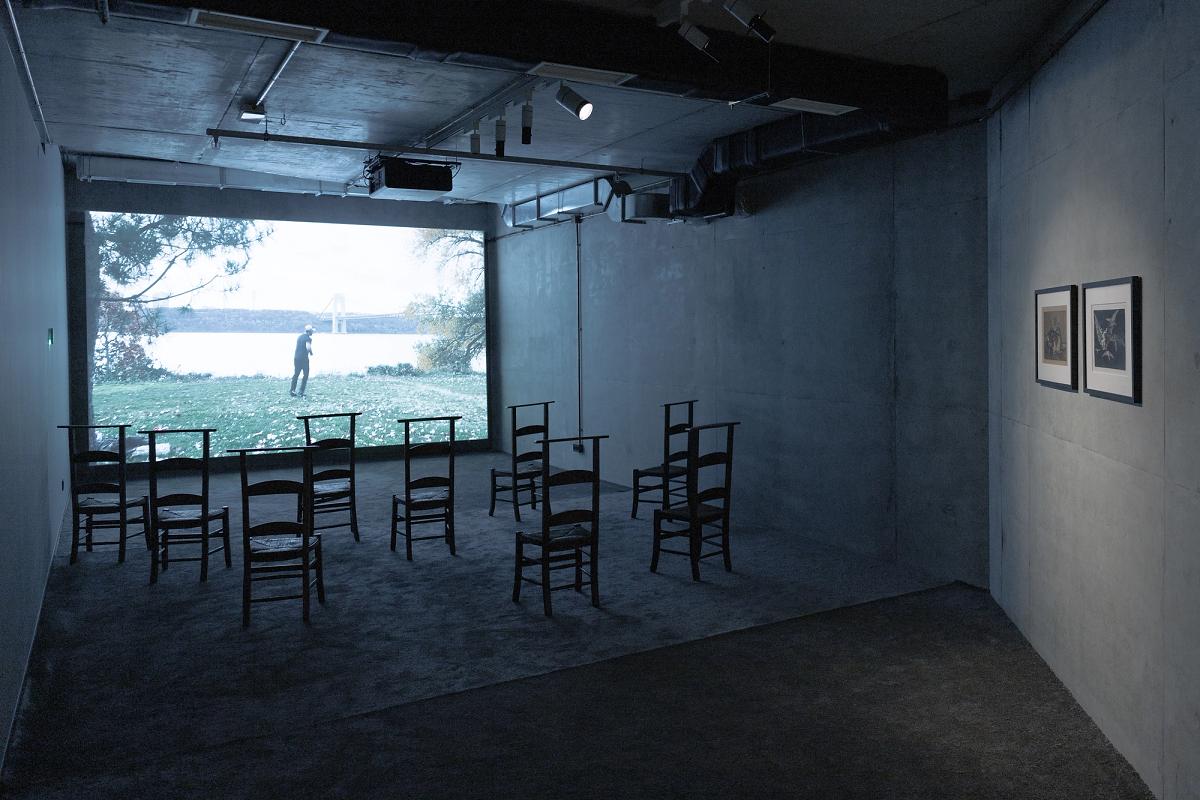
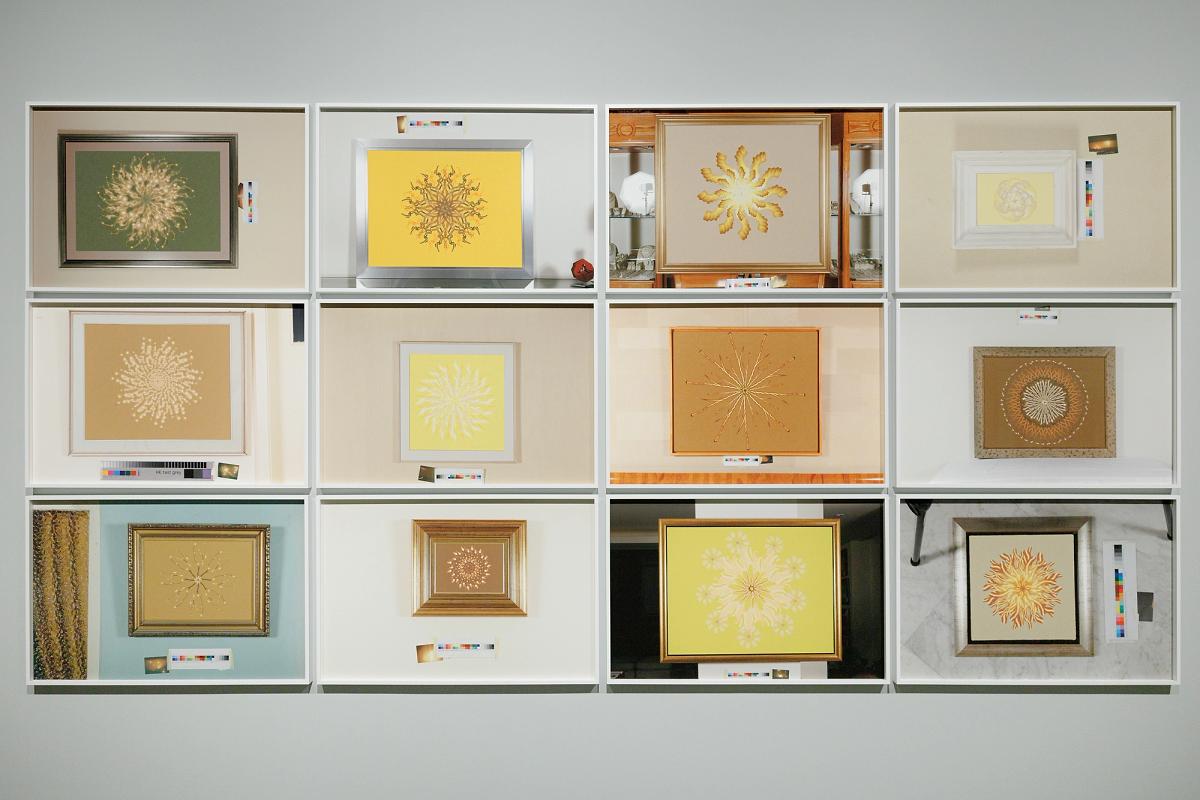
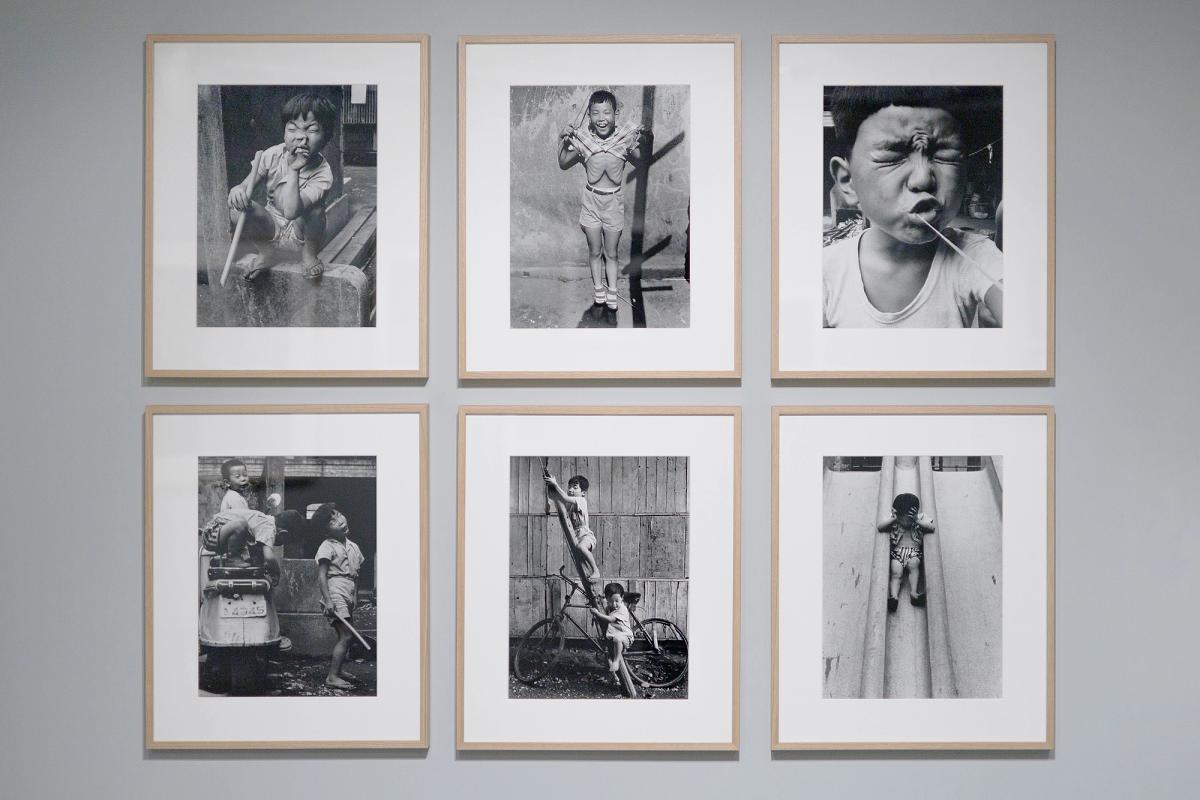
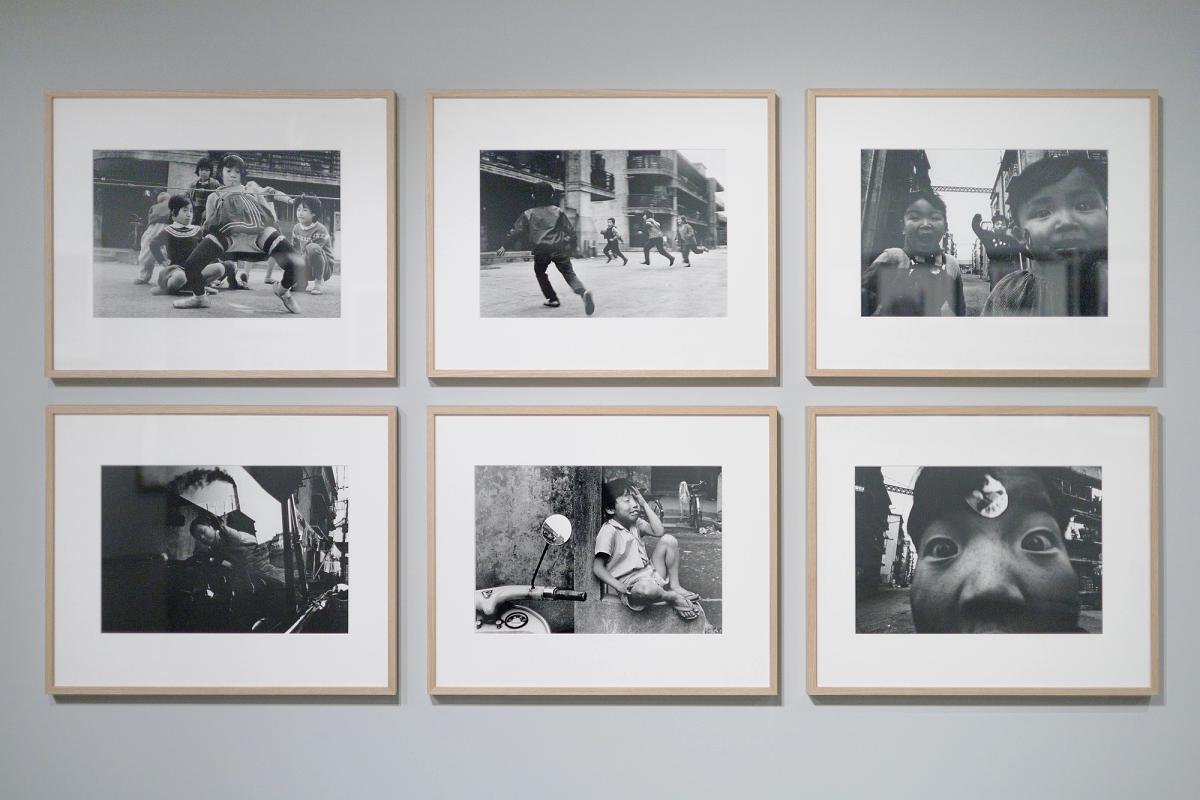
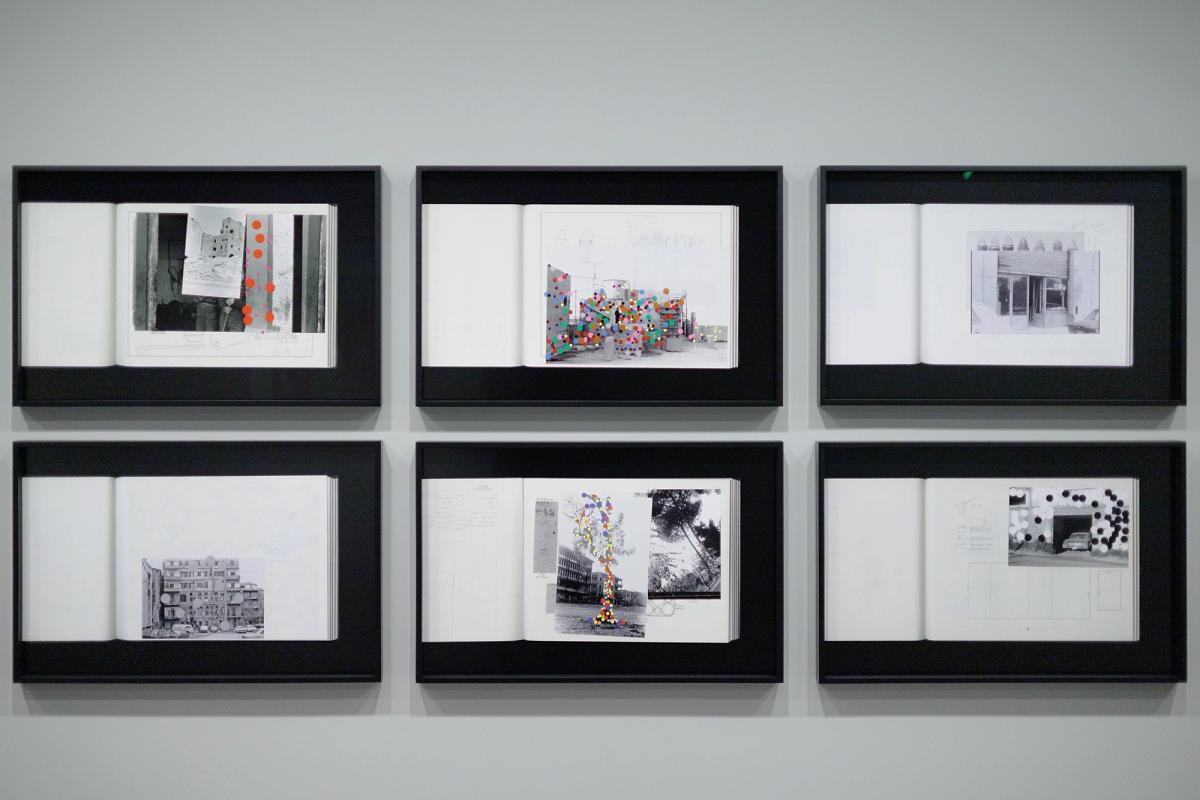
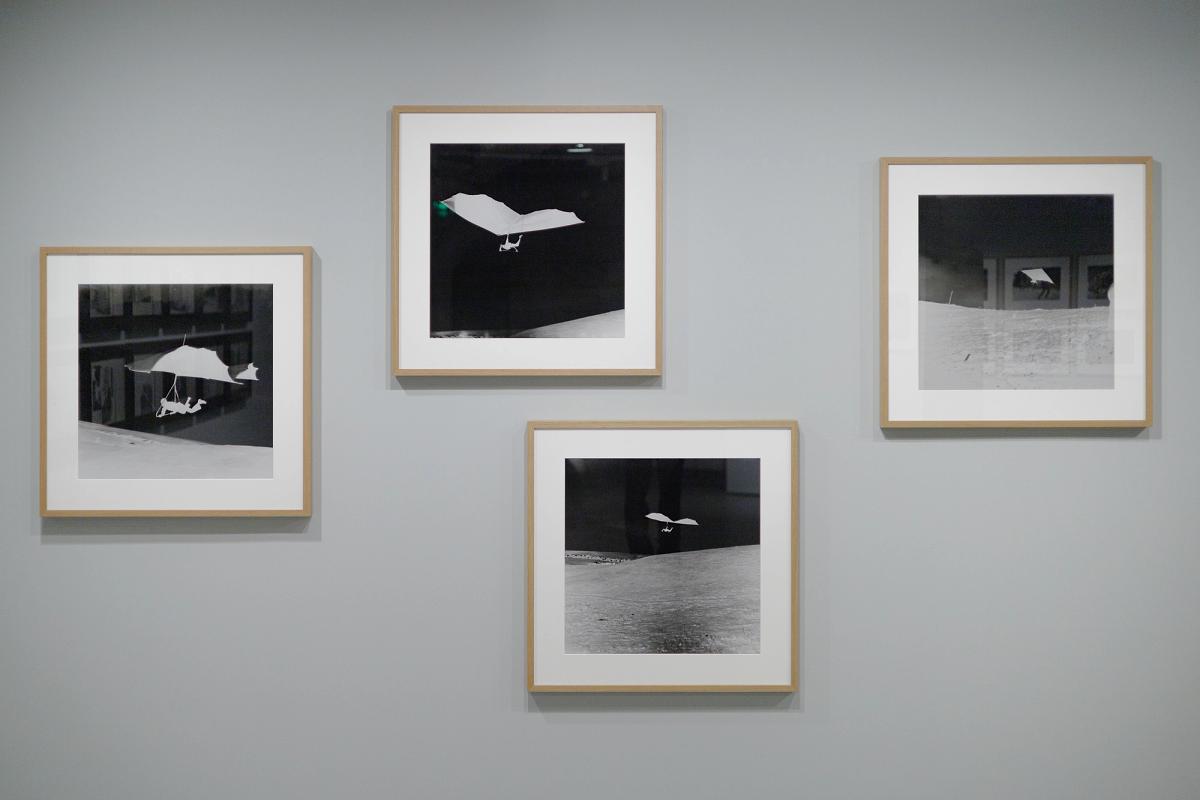
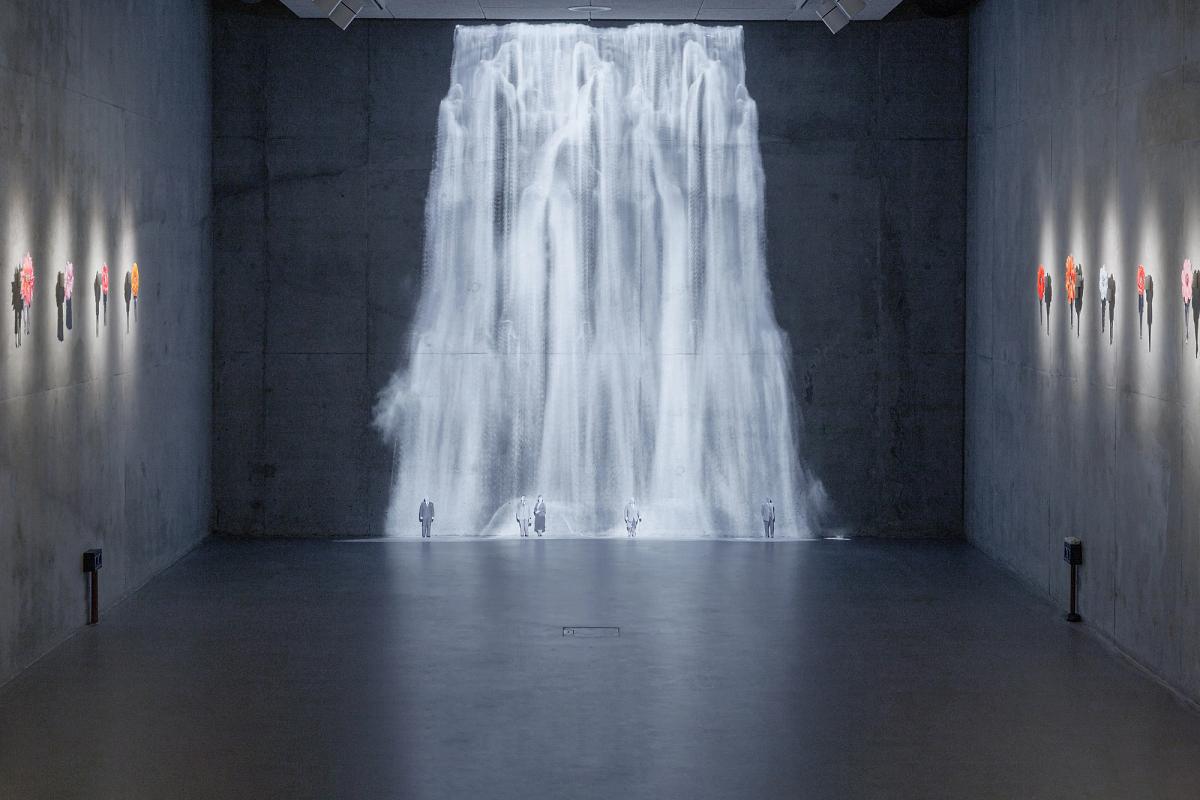
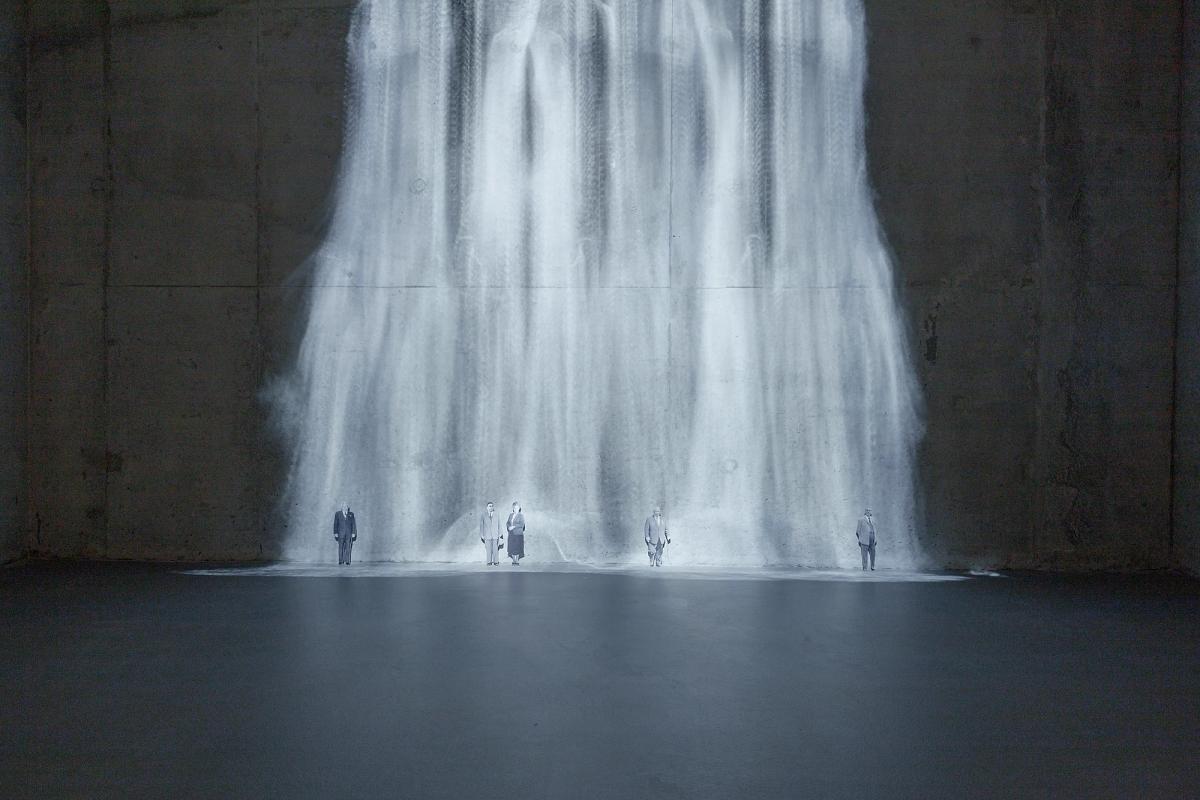
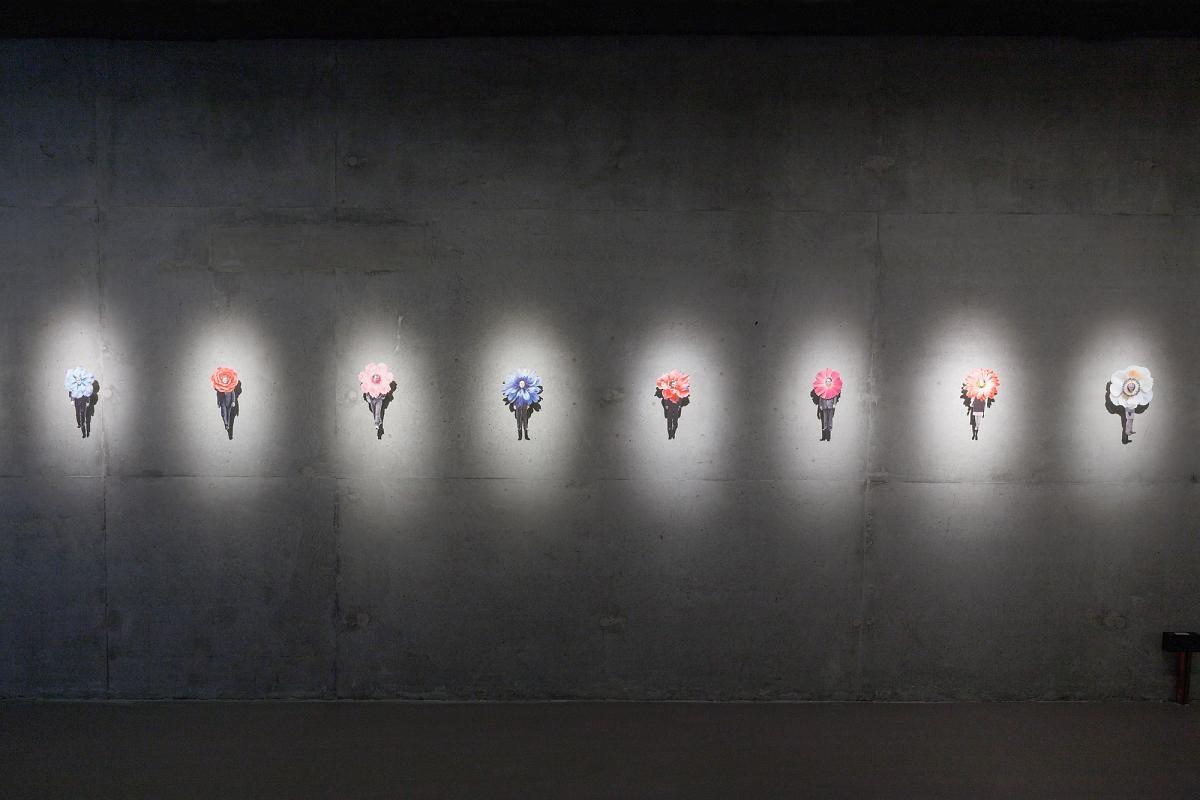
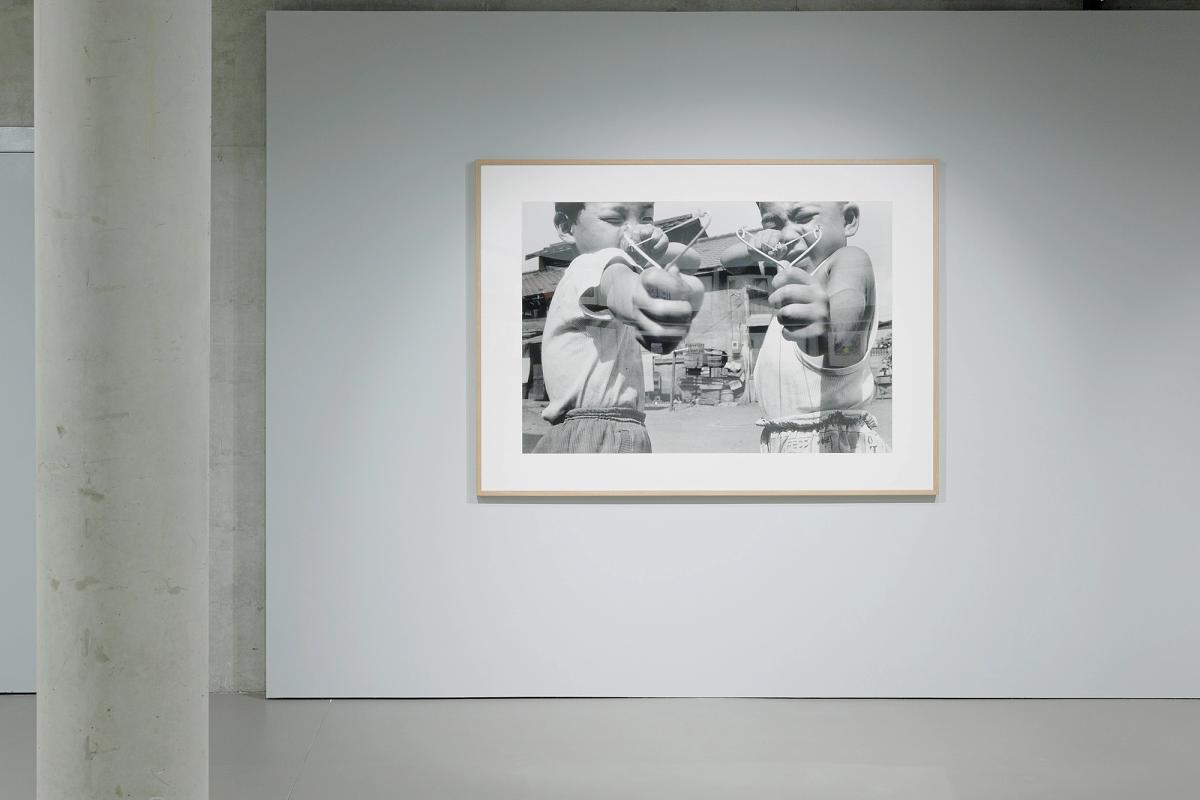
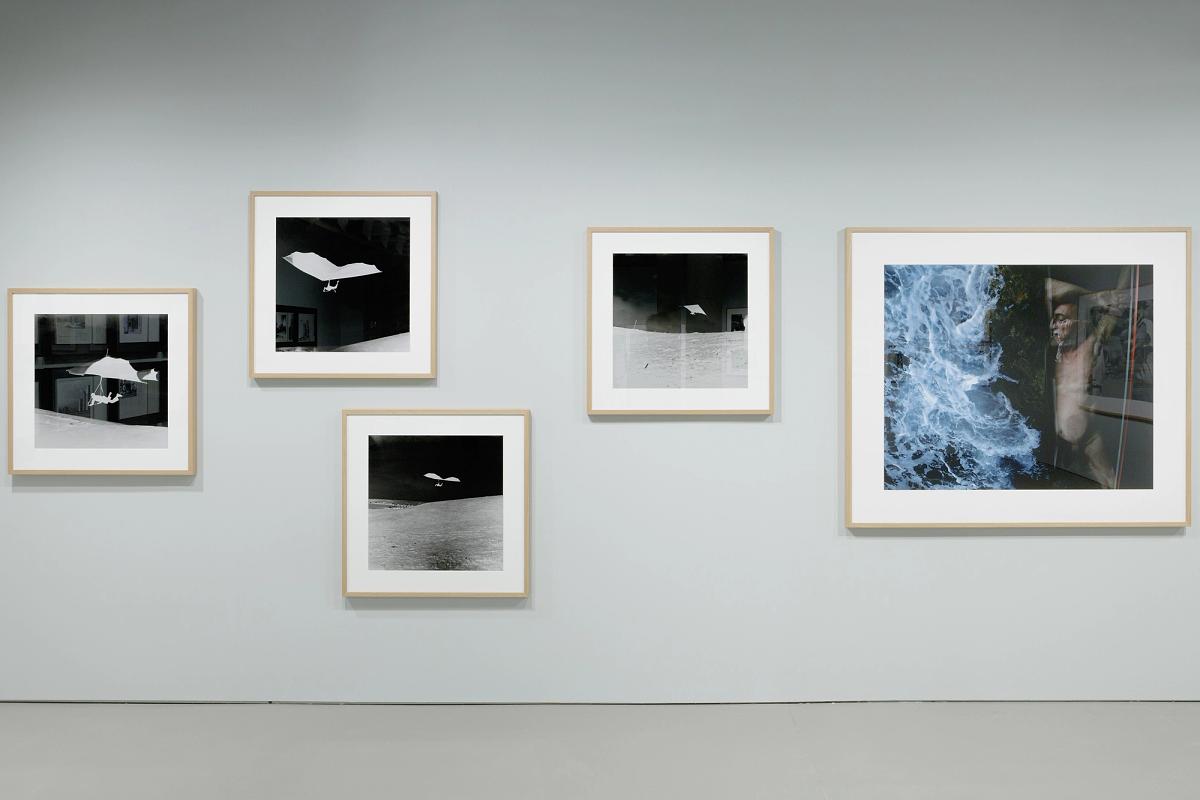
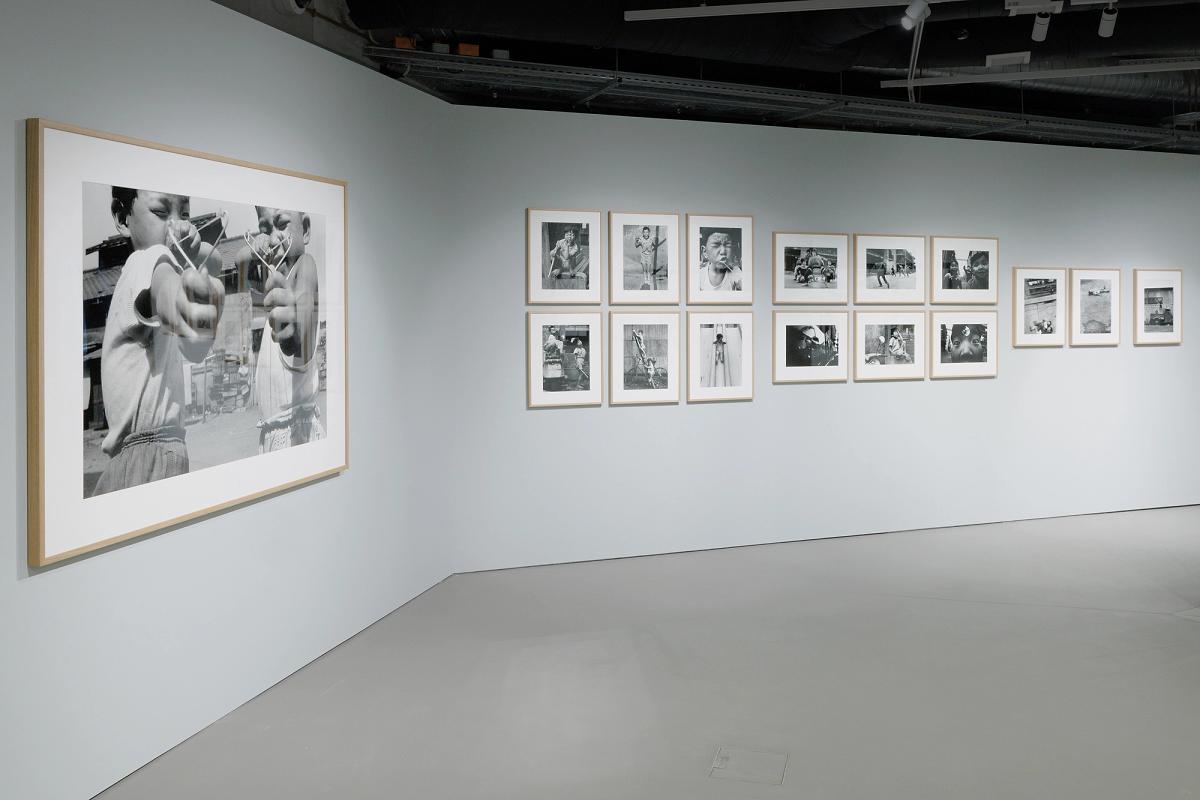
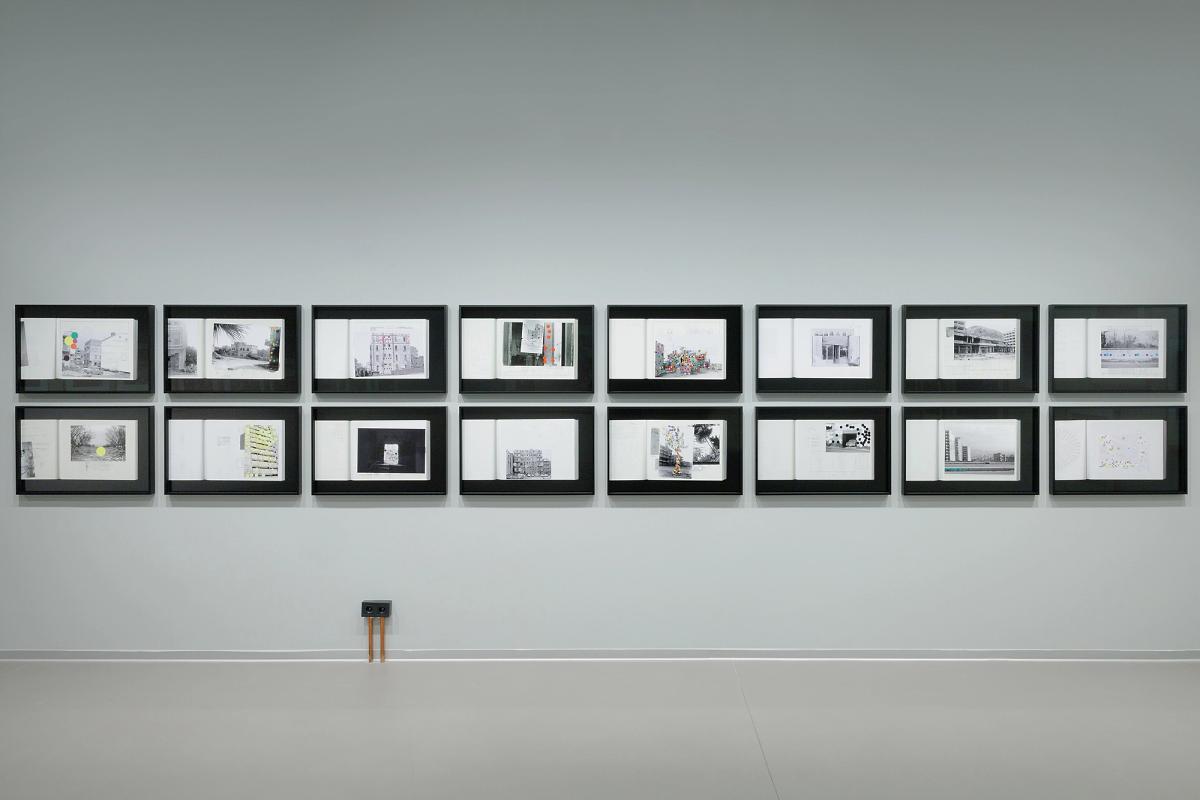
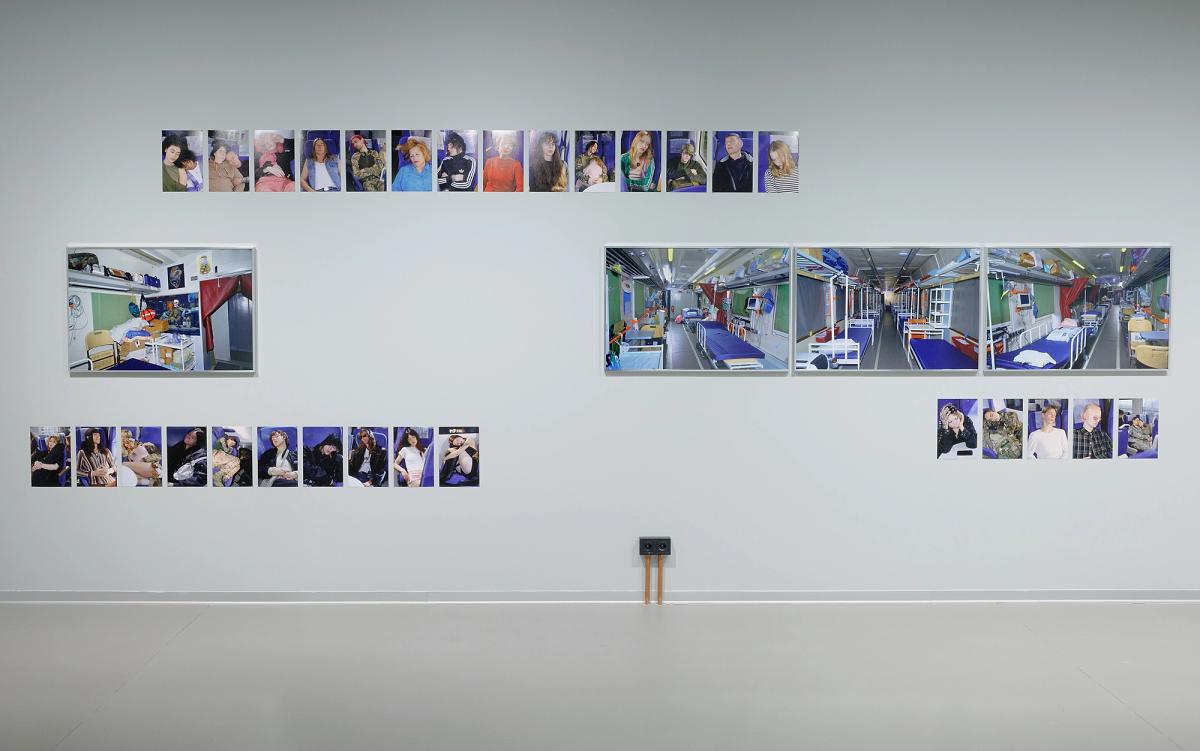
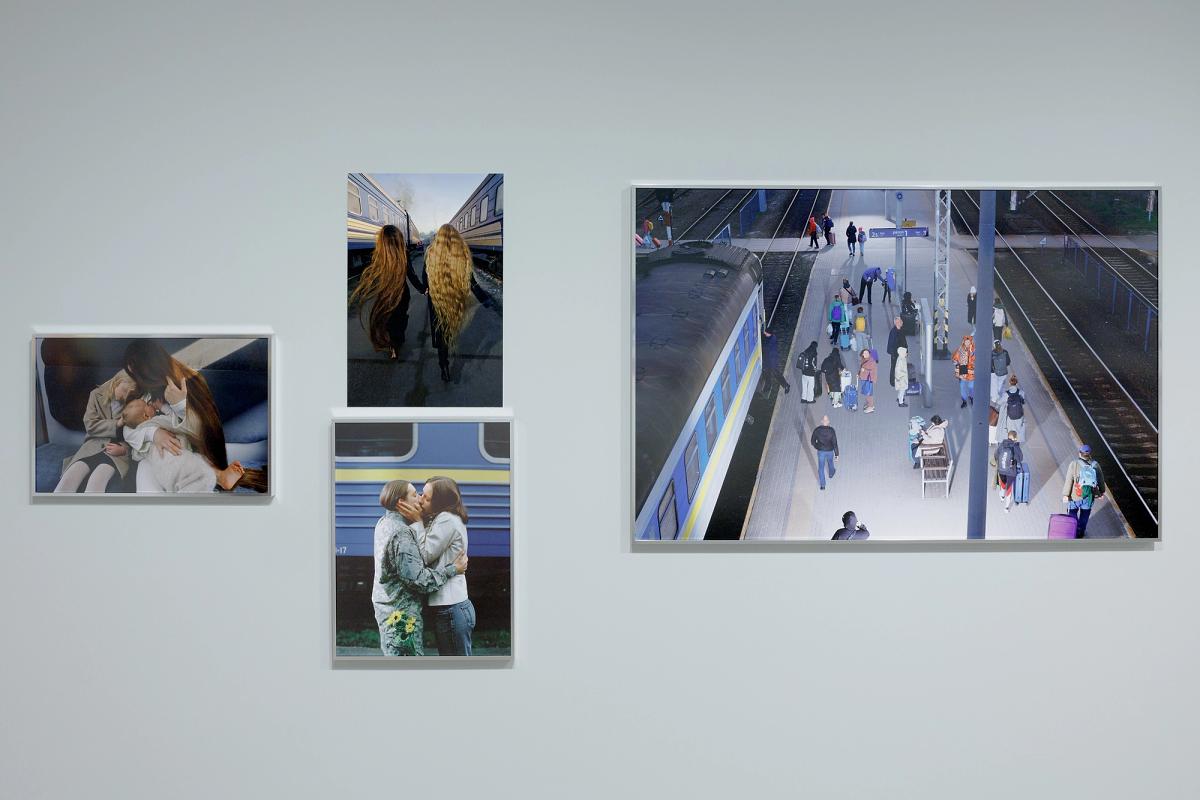
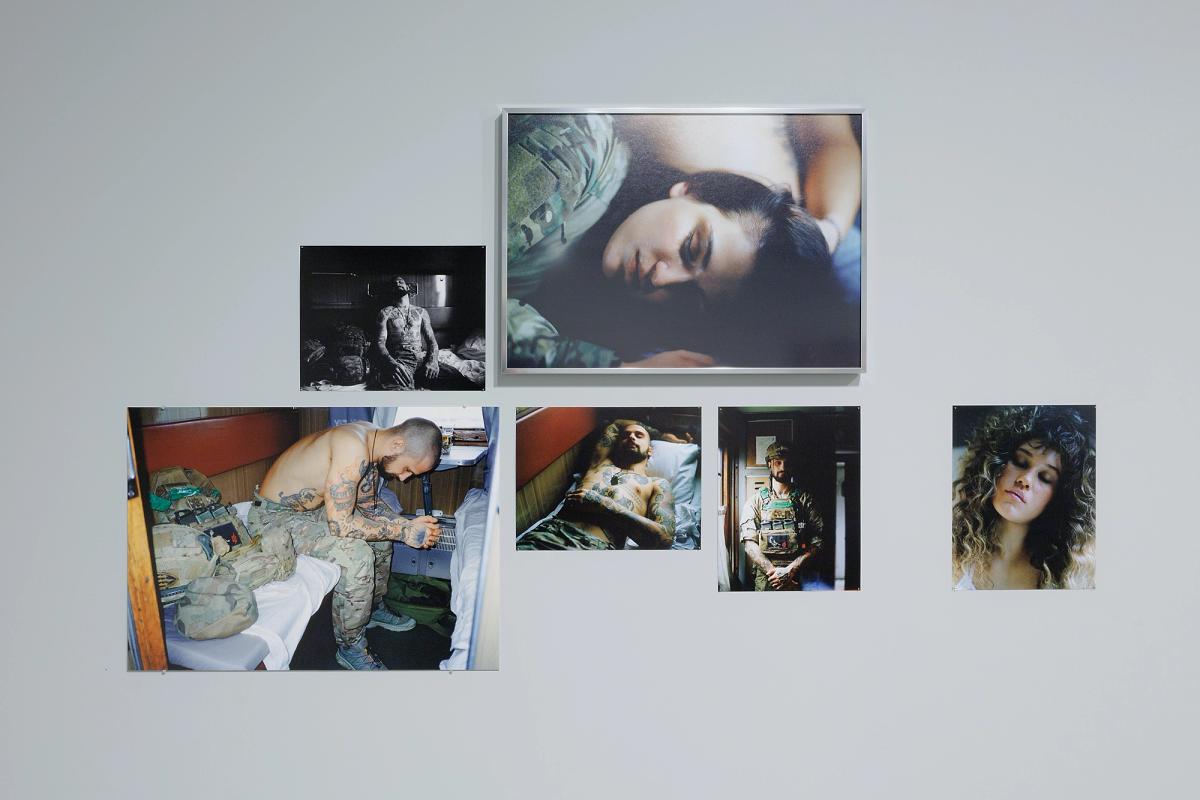
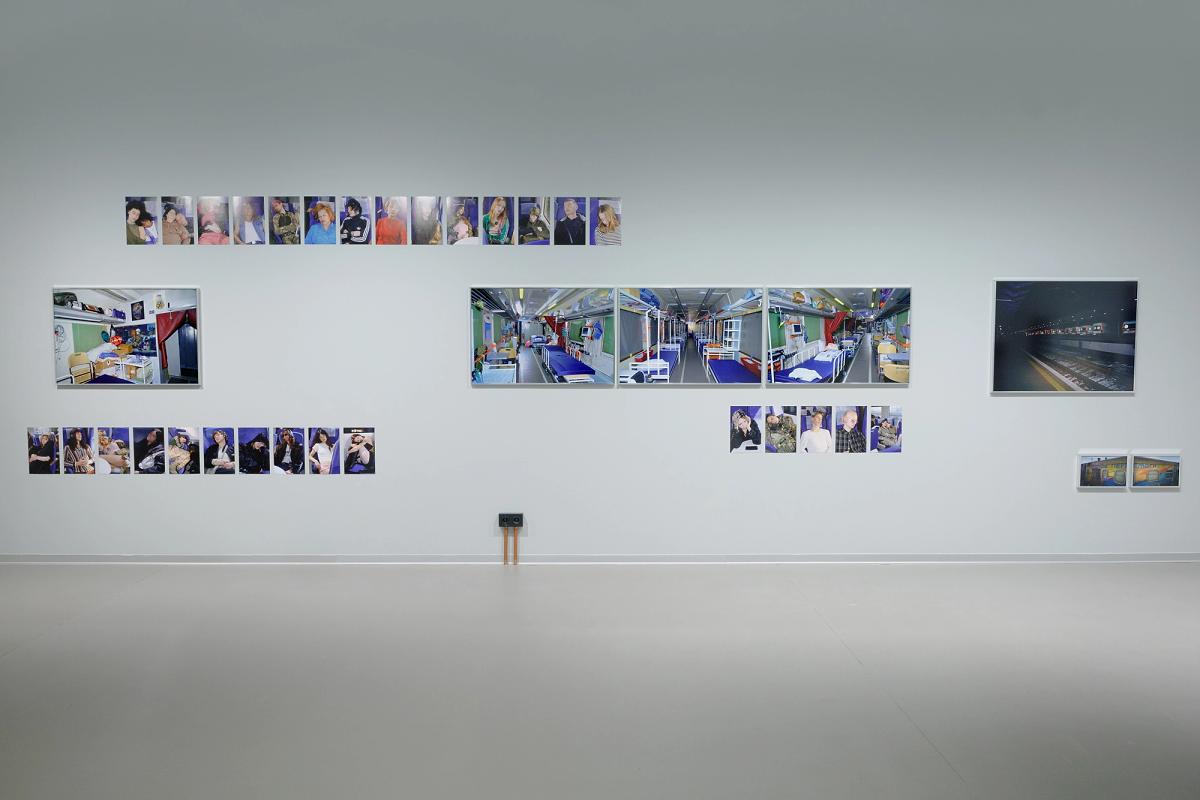
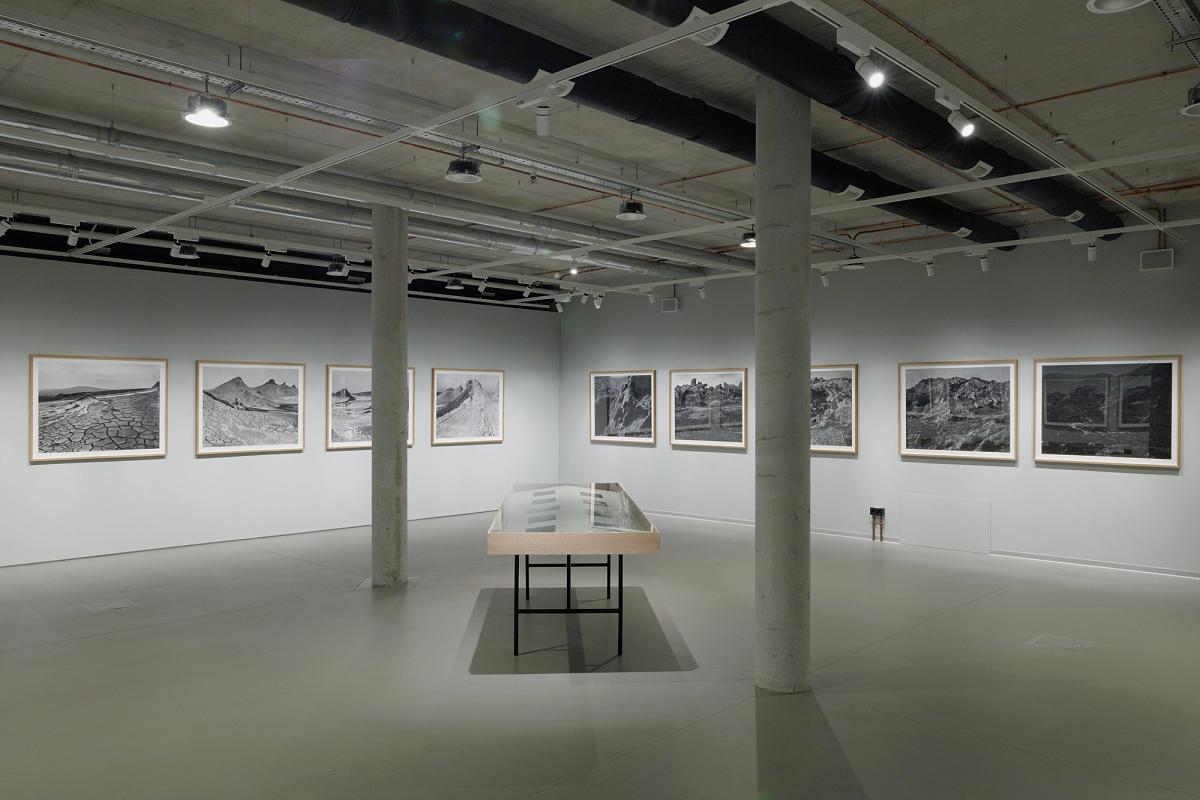
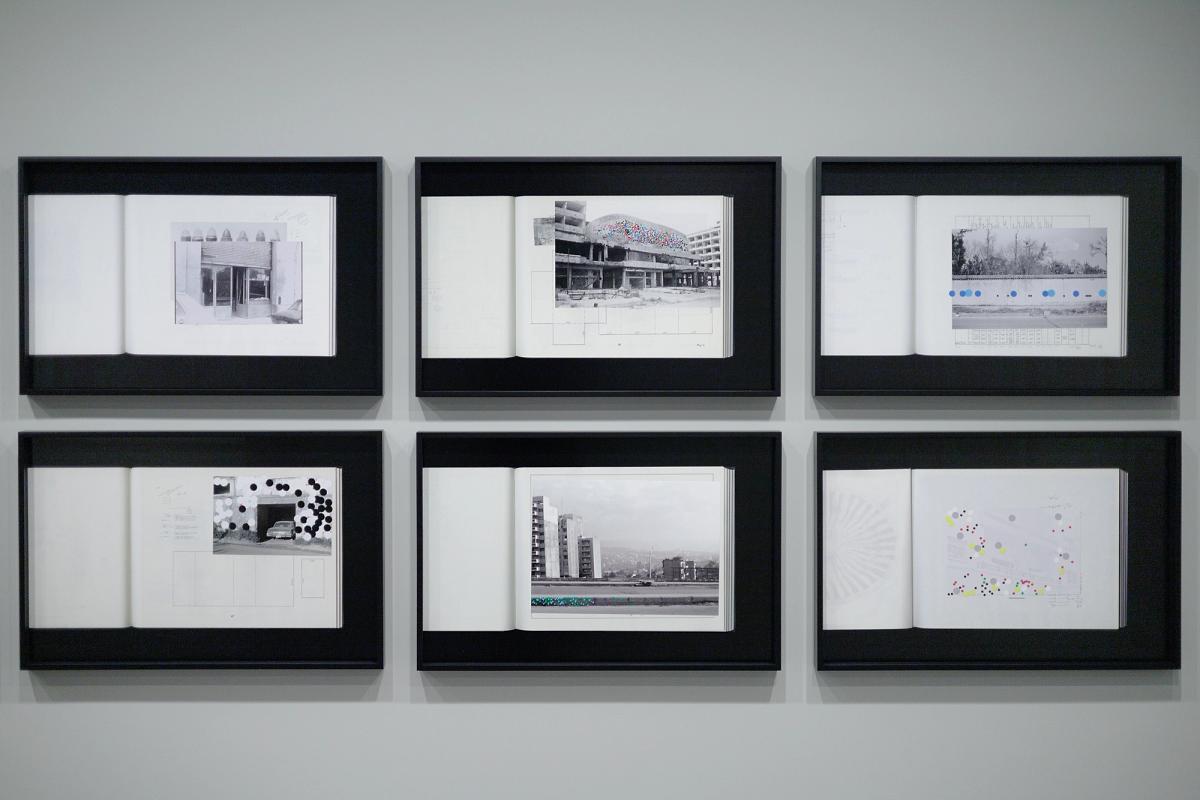
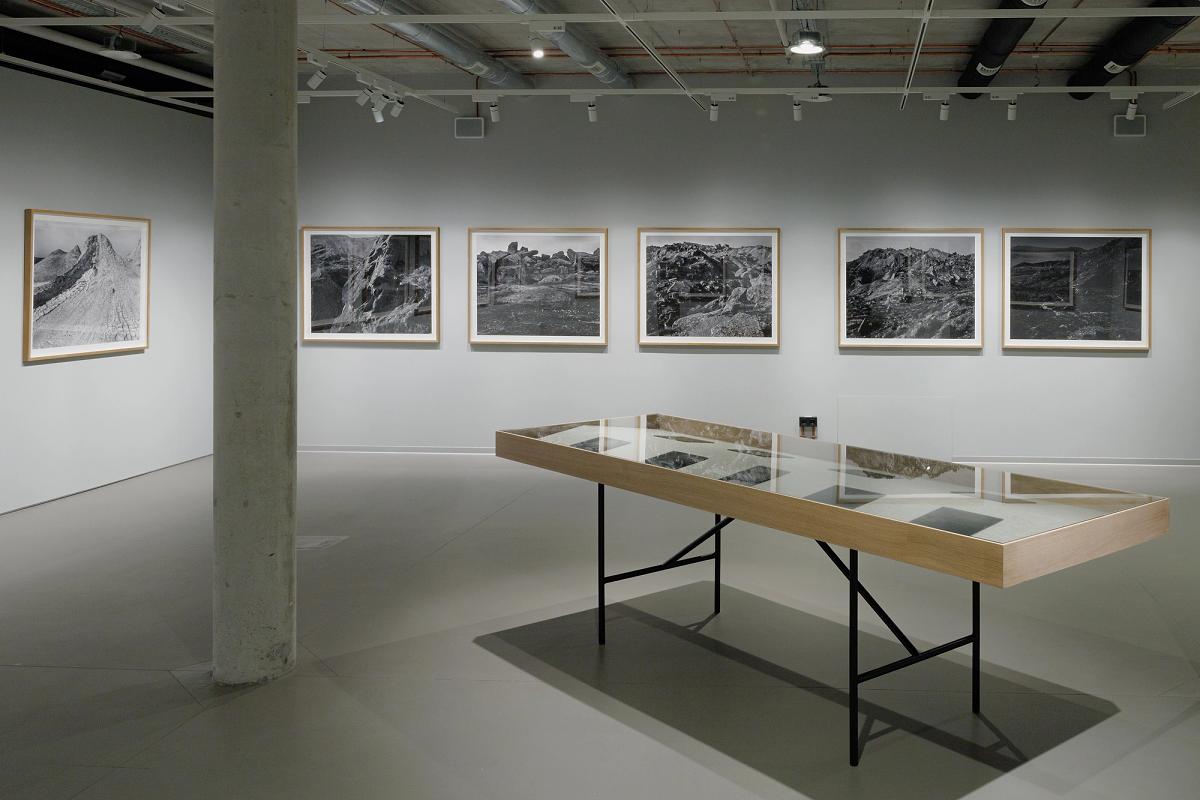
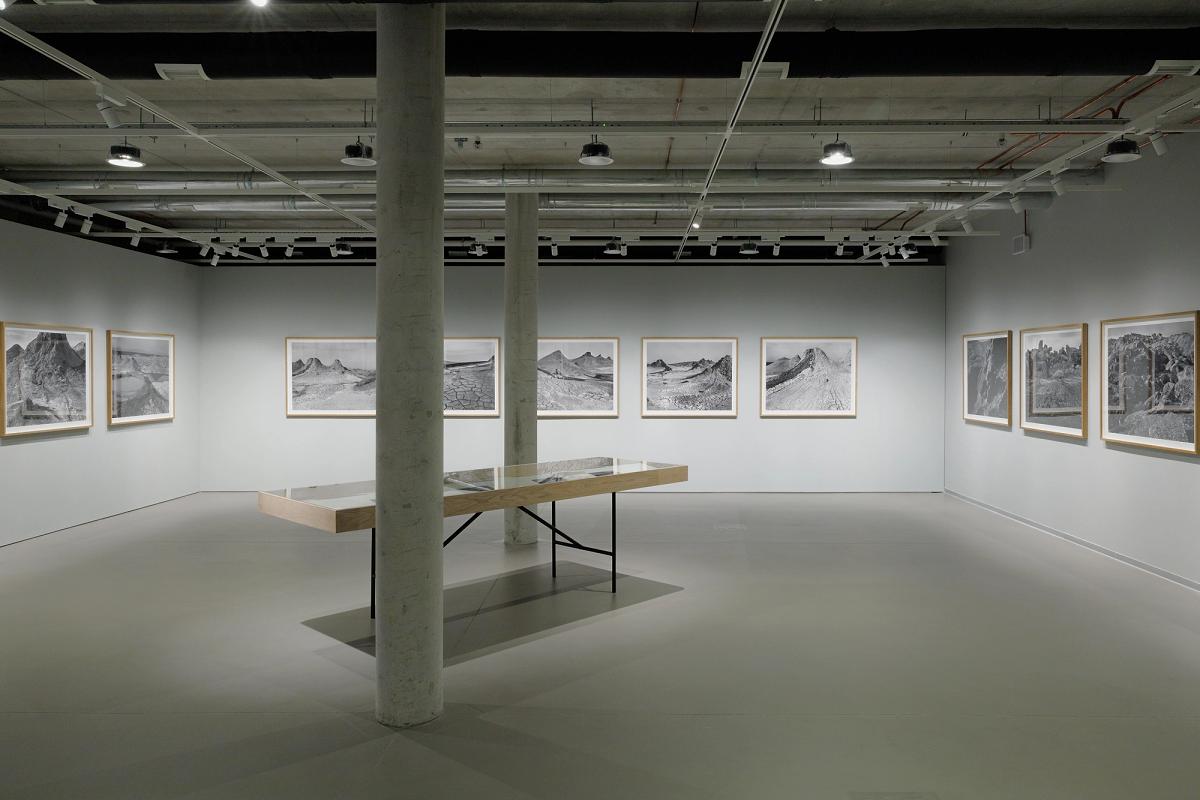
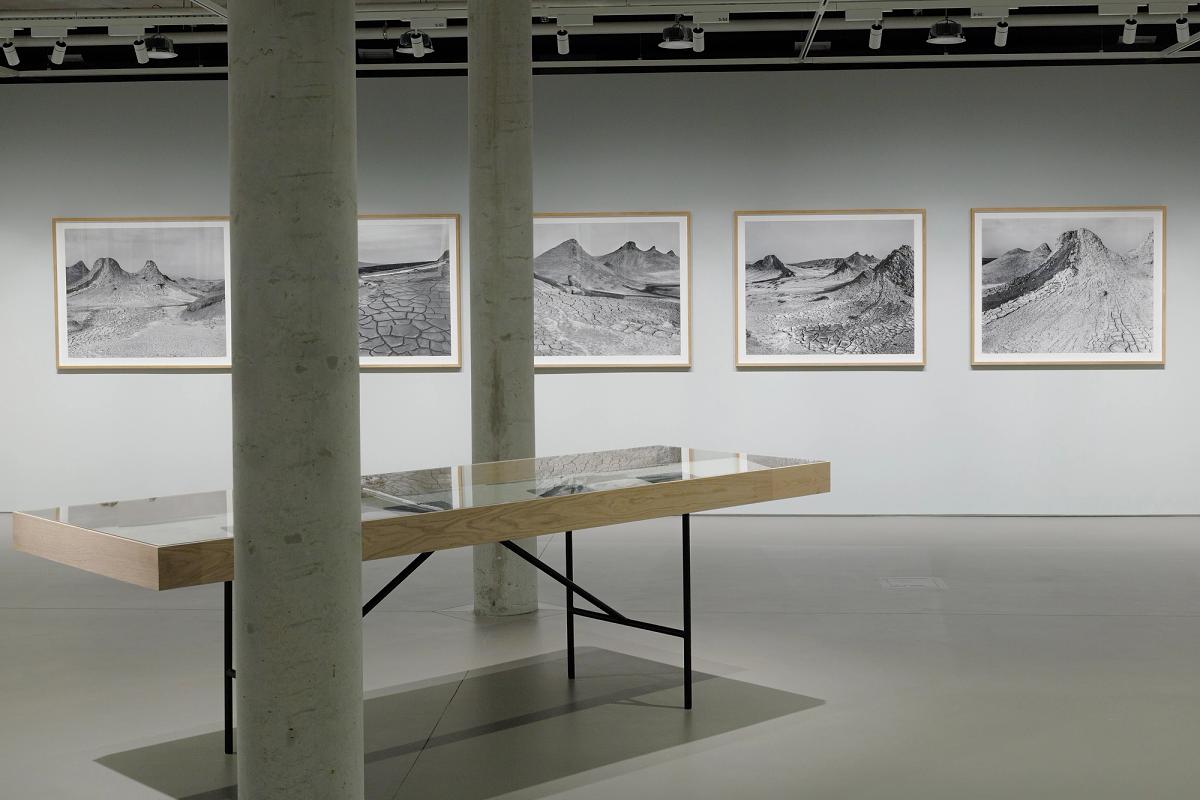
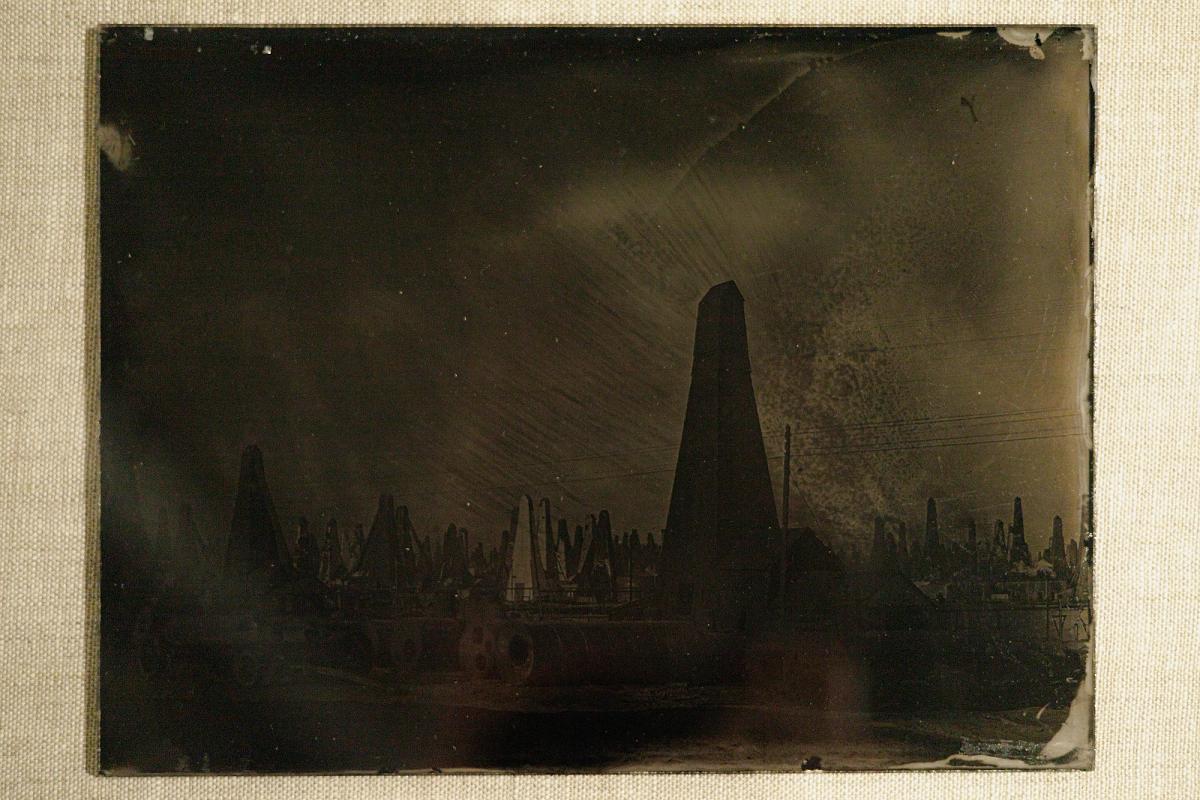
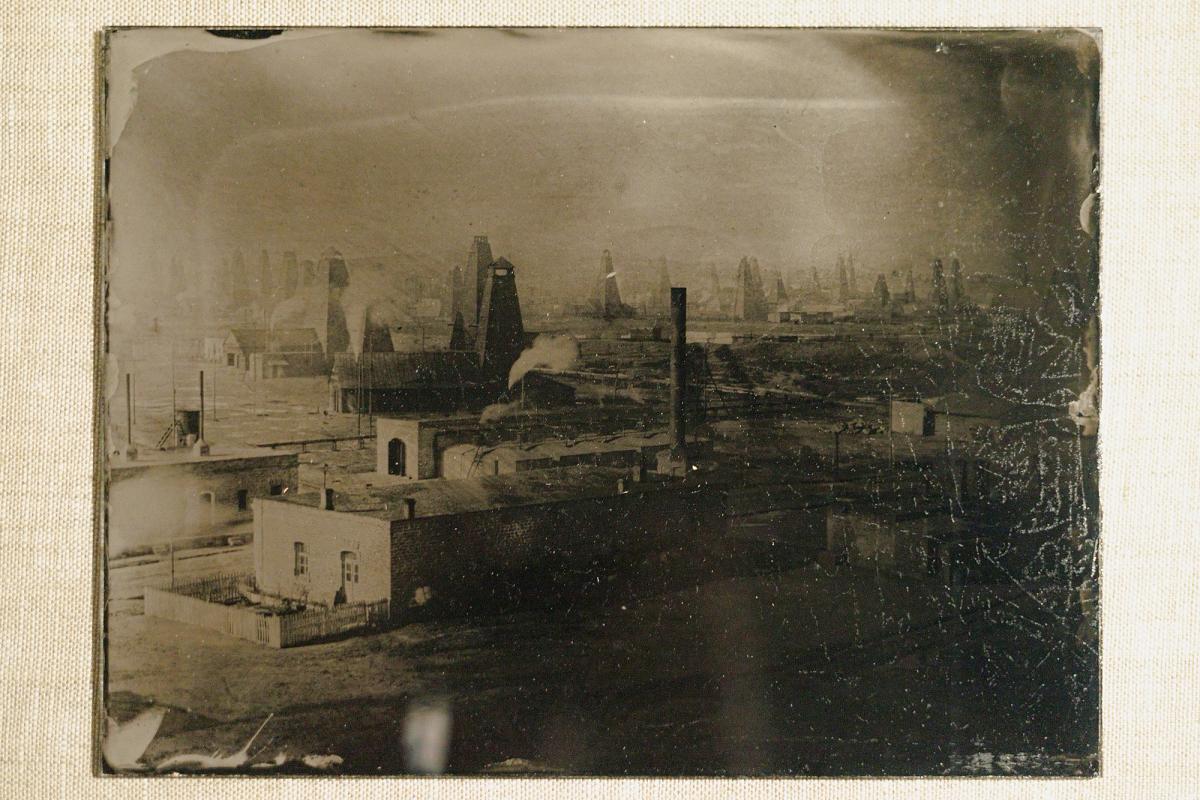
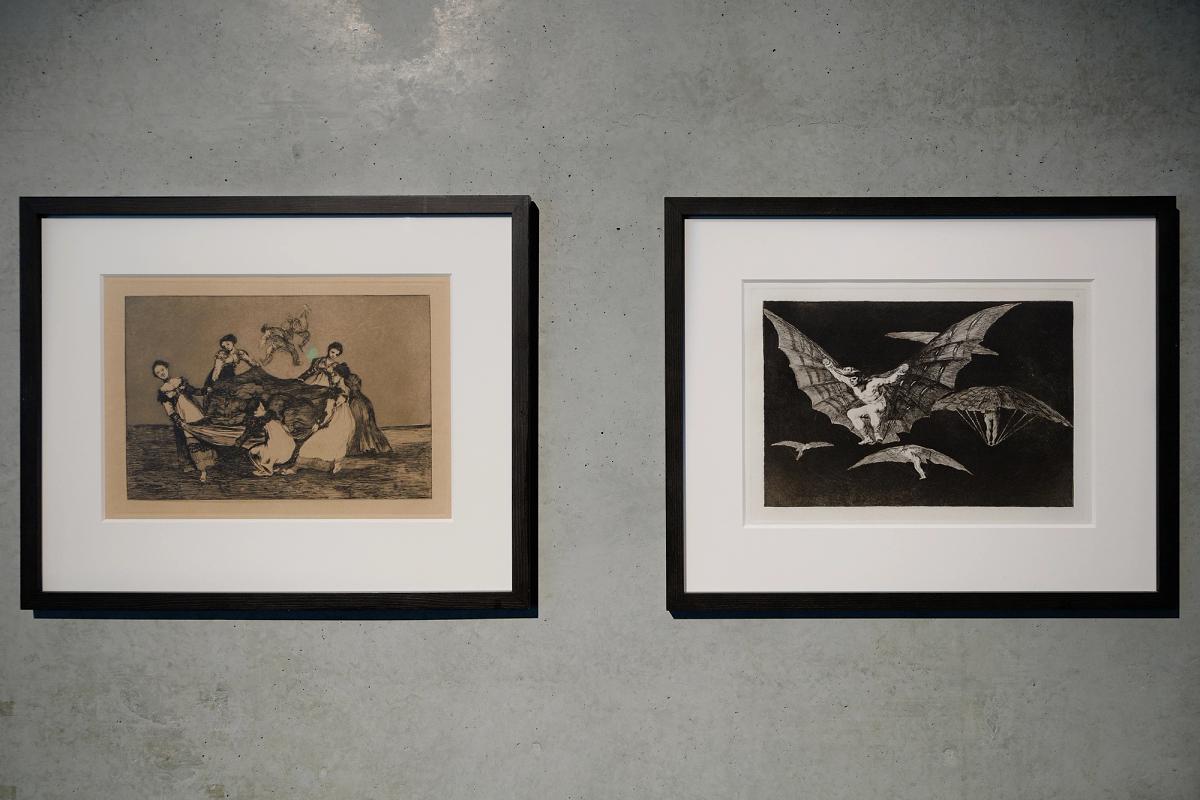
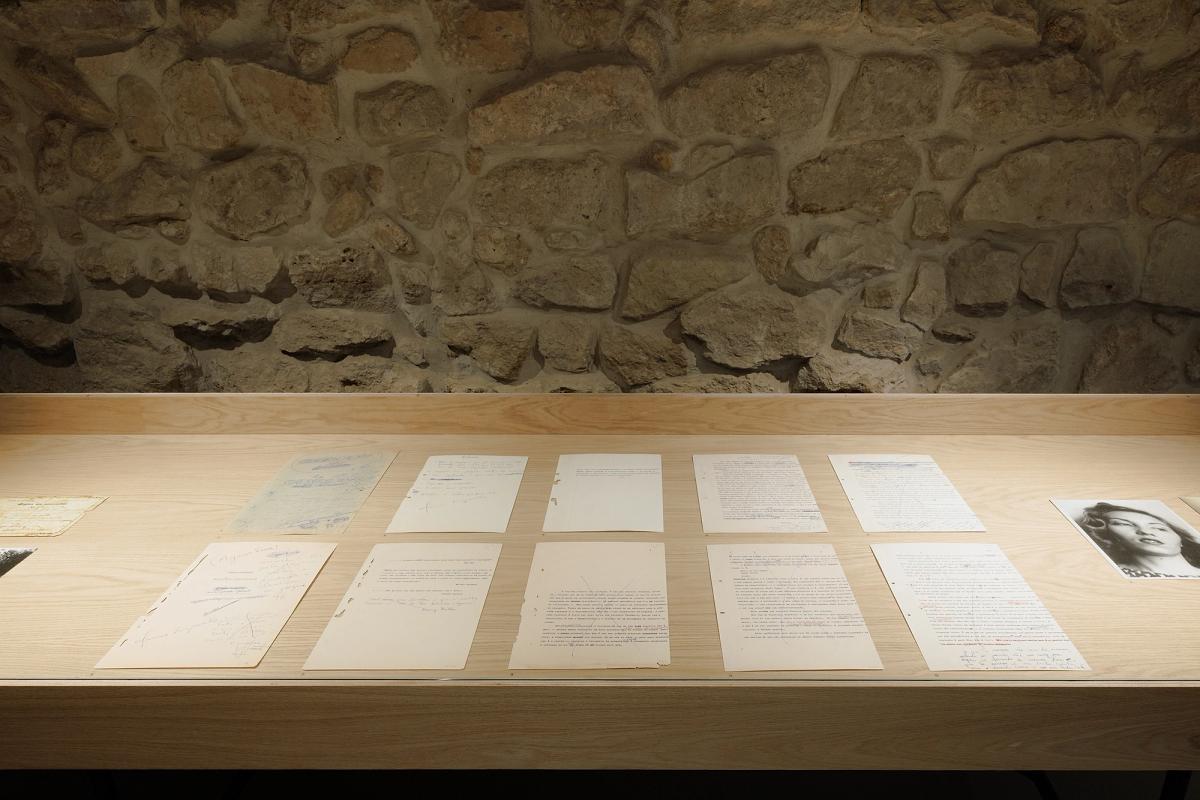
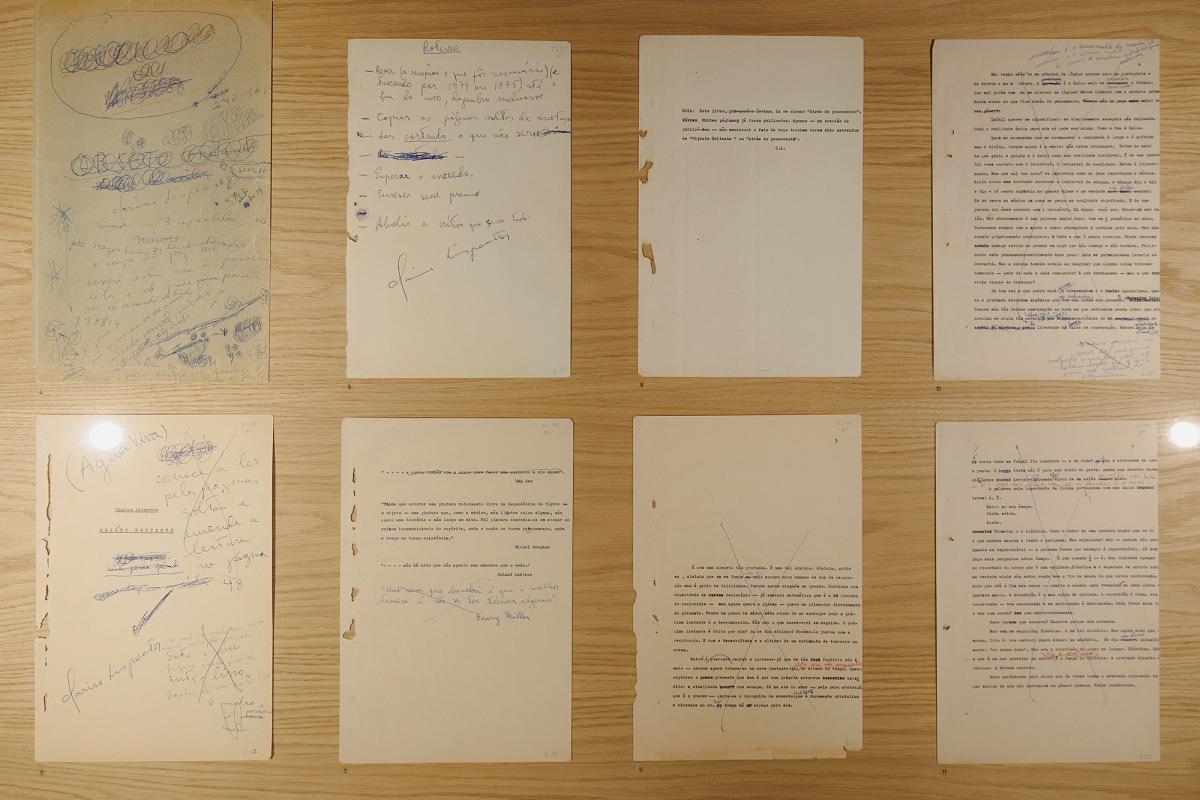
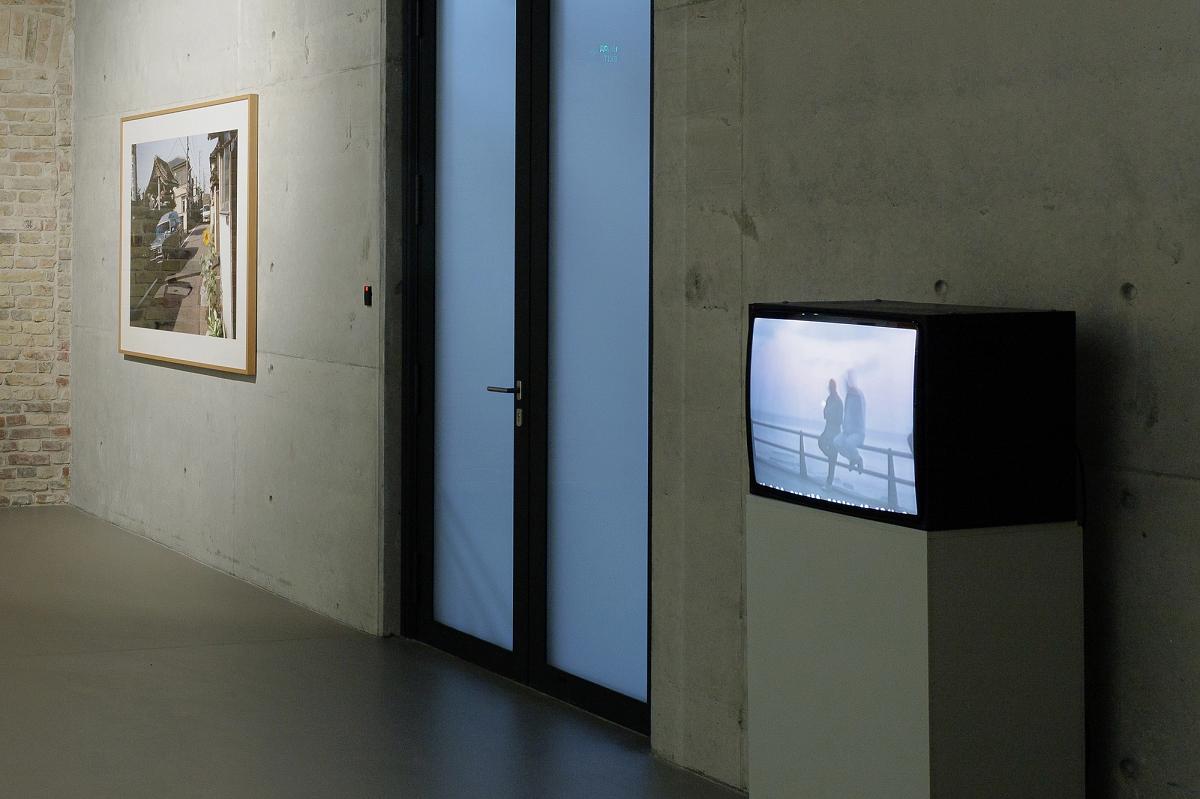
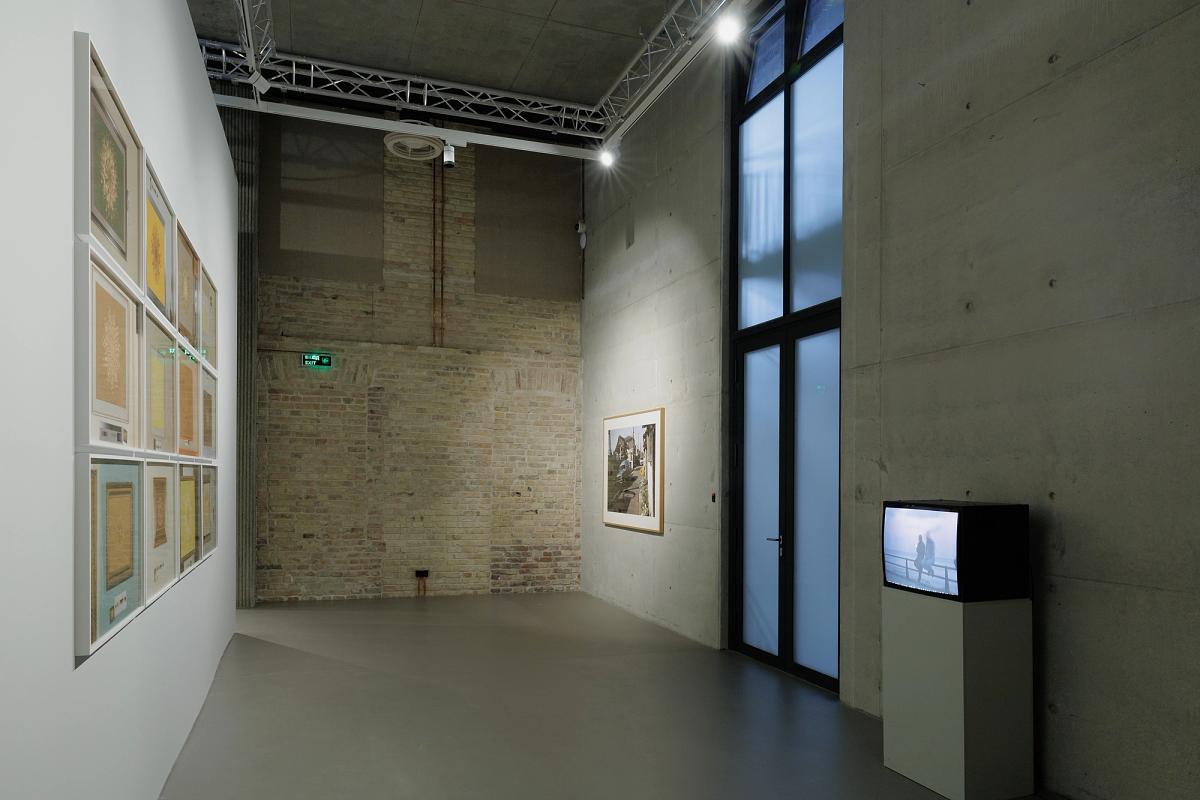
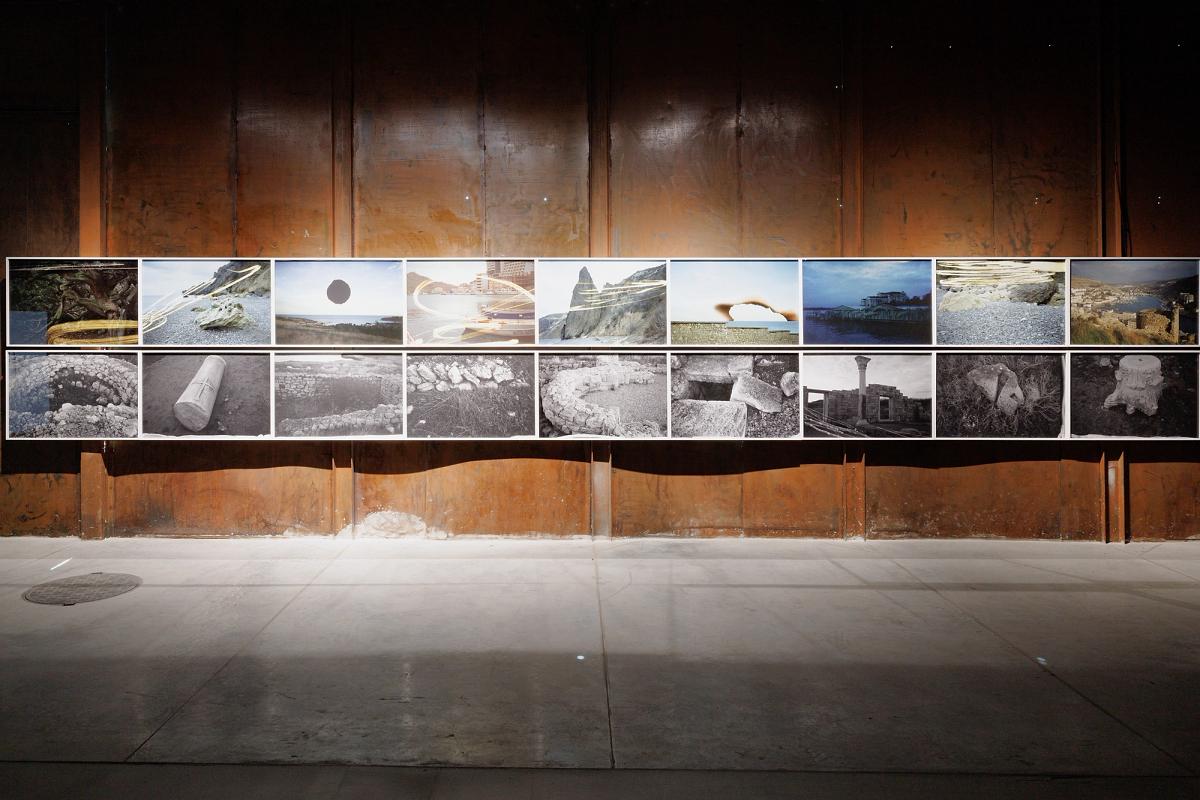
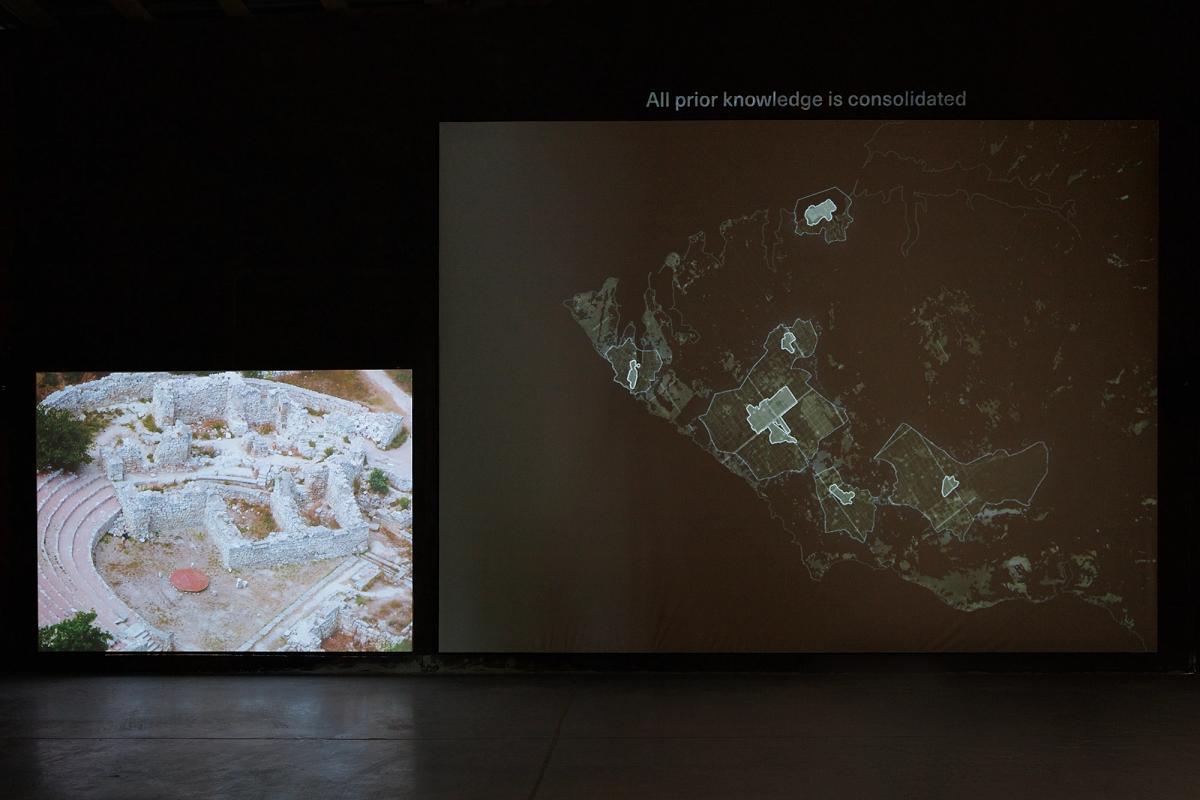
ARTISTS
- Nobuyoshi Araki
- Moyra Davey
- Trisha Donnelly
- Harun Farocki
- Francisco Goya
- Frederick Kiesler
- Katya Kopeikina
- Yana Kononova
- Anna-Mariia Kucherenko
- Clarice Lispector
- Boris Mikhailov
- Noel Nutels
- Janina Pedan
- Julie Poly
- Charlotte Posenenske
- R. H. Quaytman
- Walid Raad
- Oleksiy Radynski
- Yaroslav Solop
- Taras Spivak
- Gregori Warchavchik
- Center For Spatial Technologies
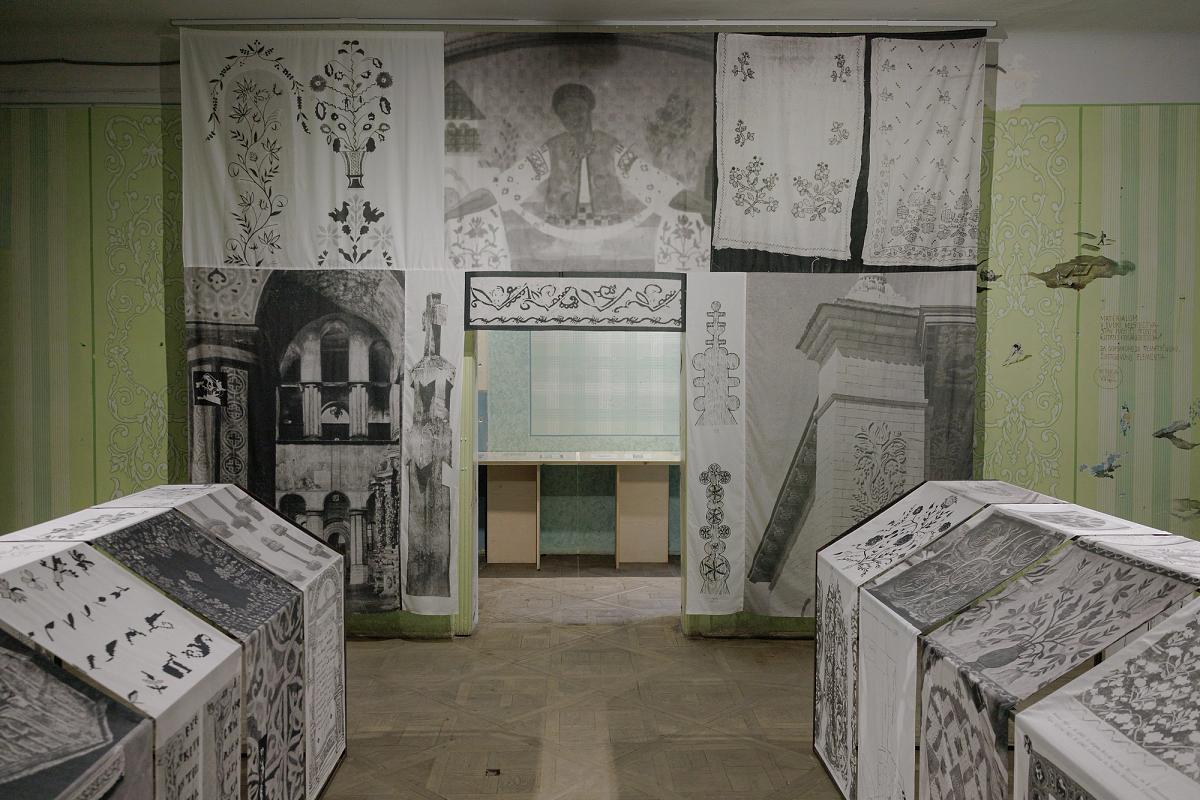
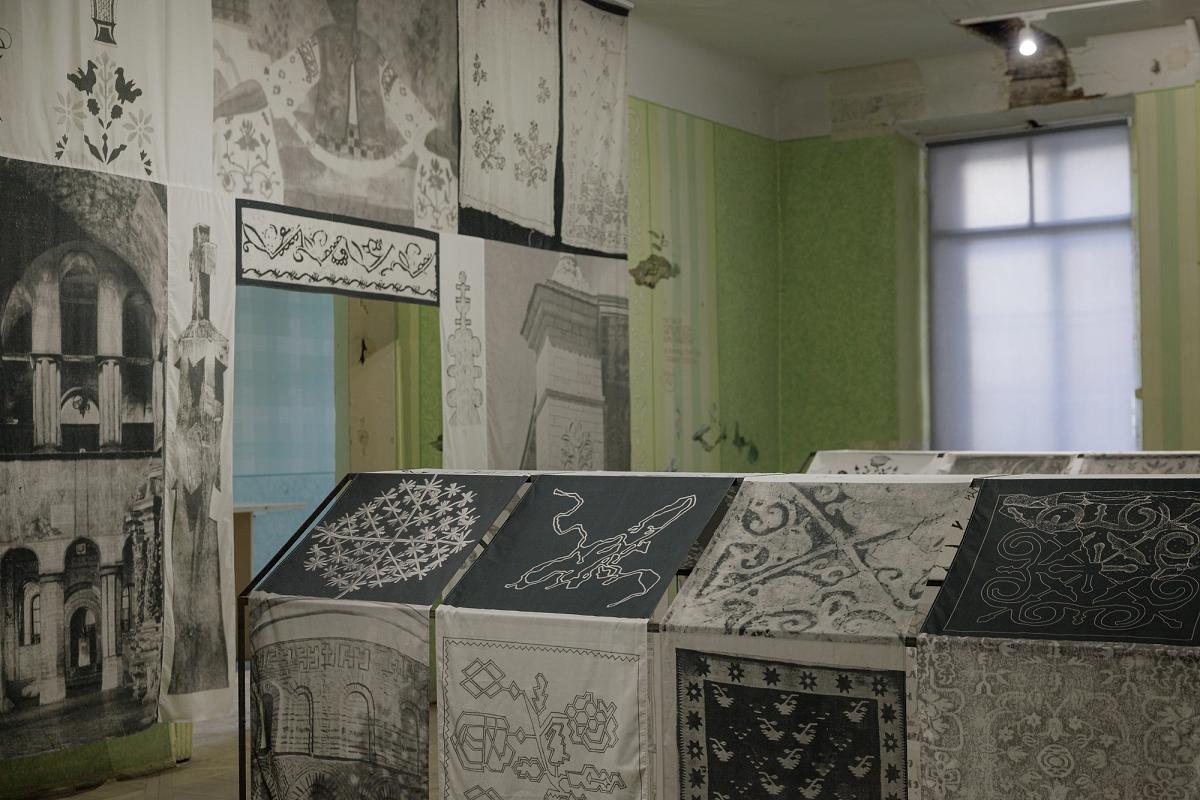
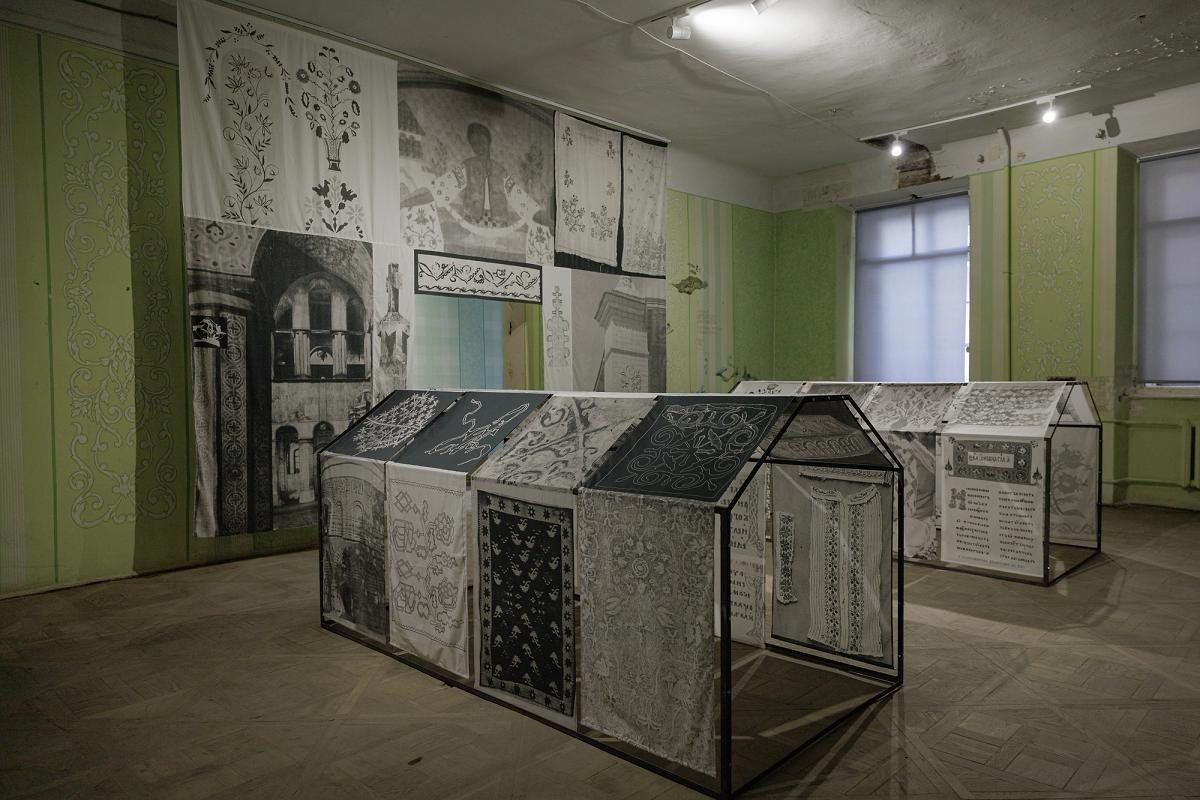
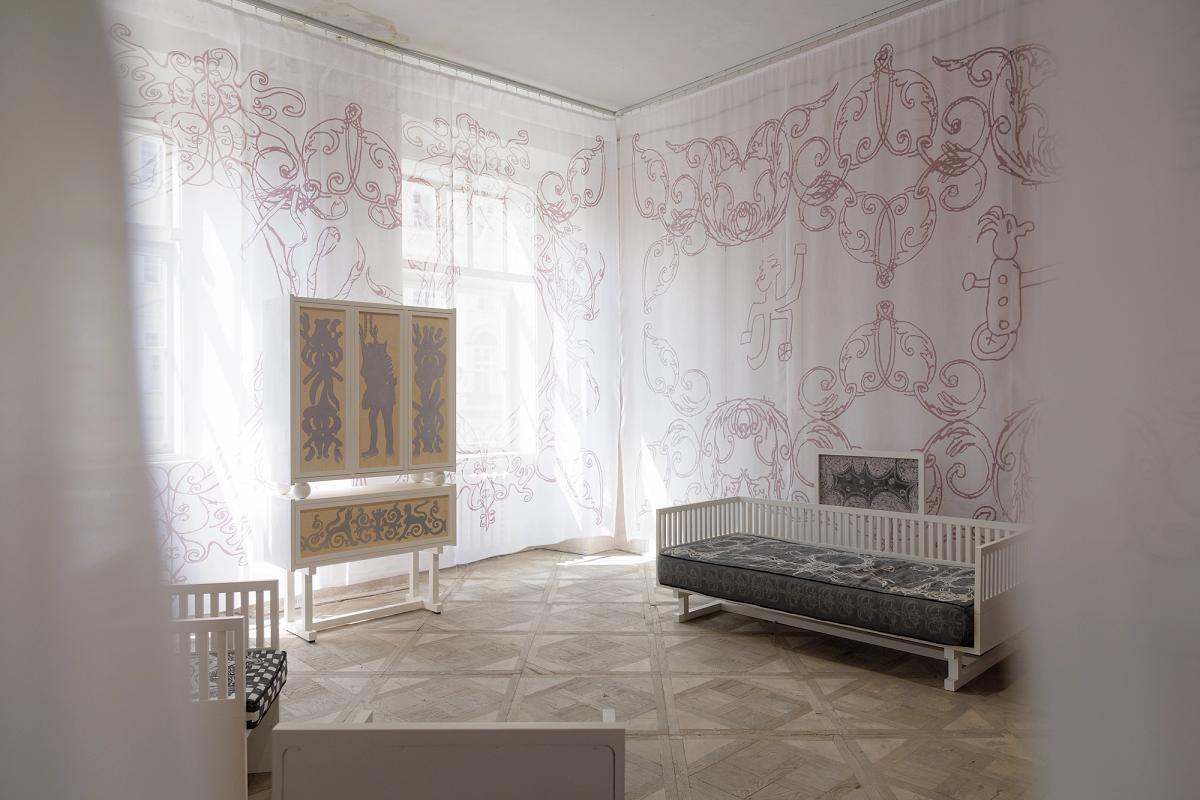
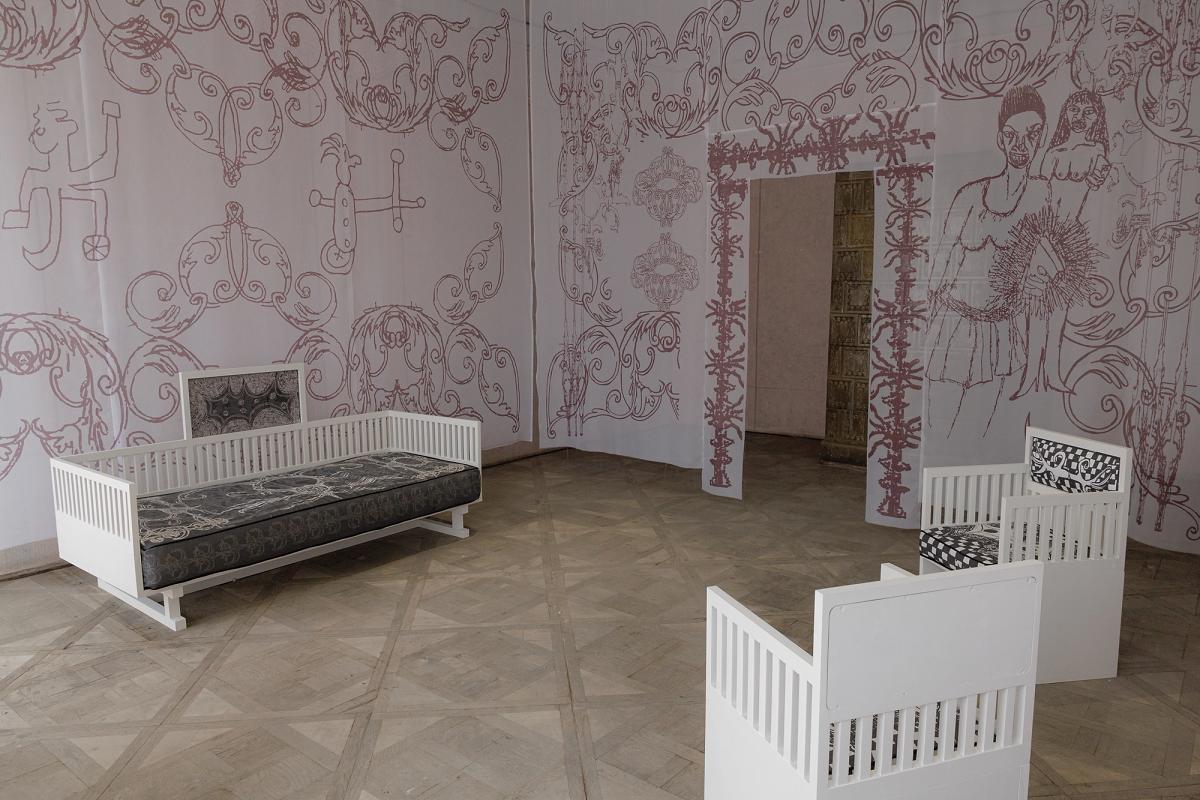
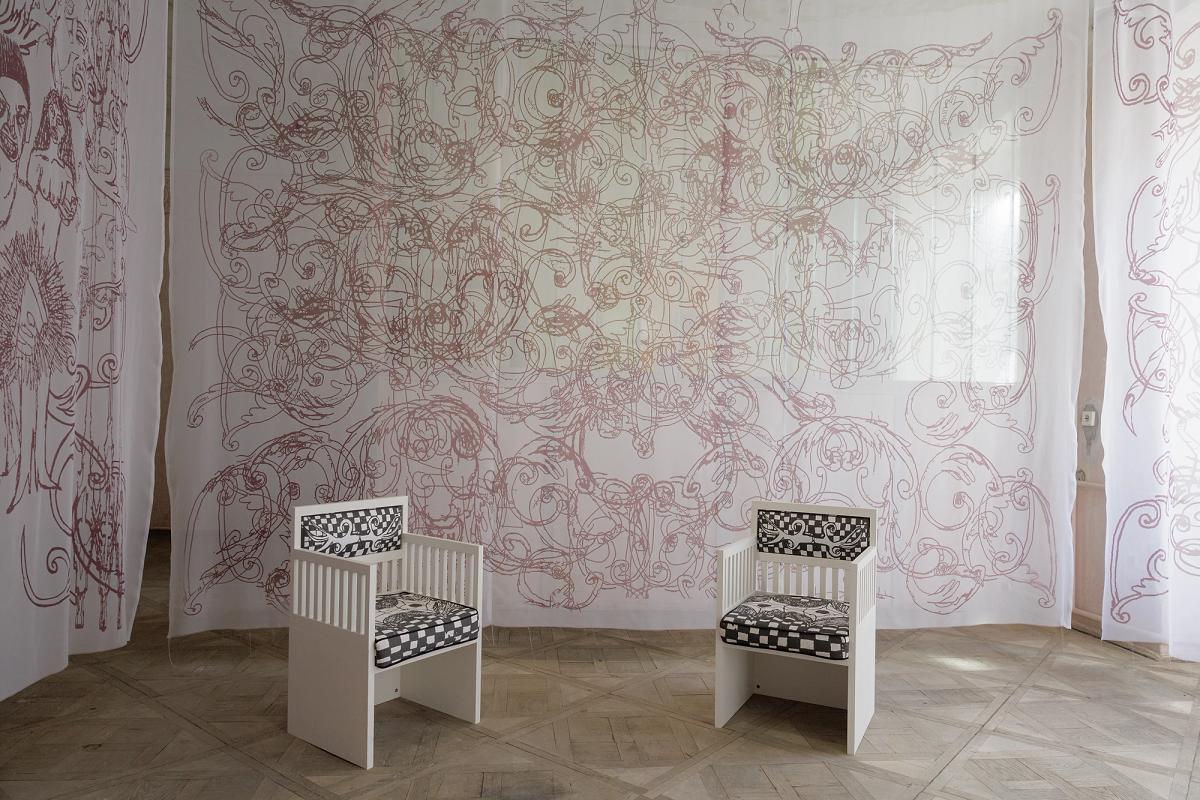
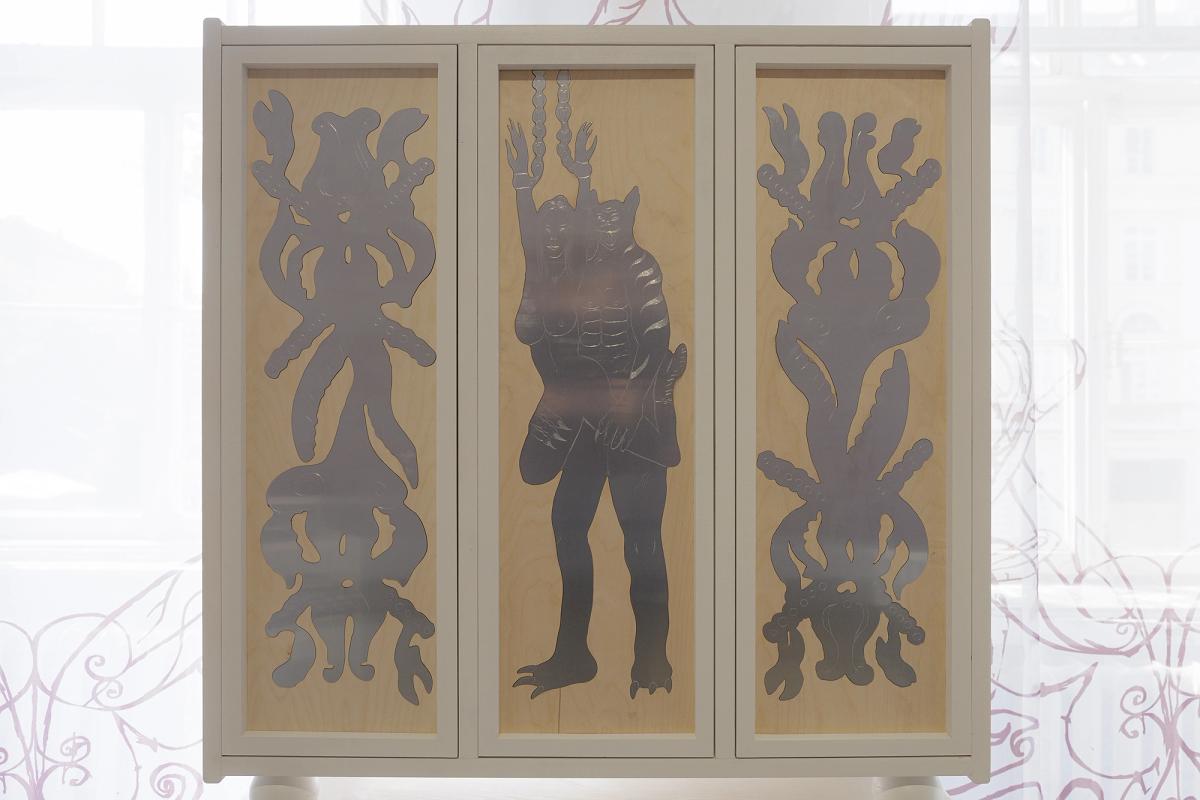
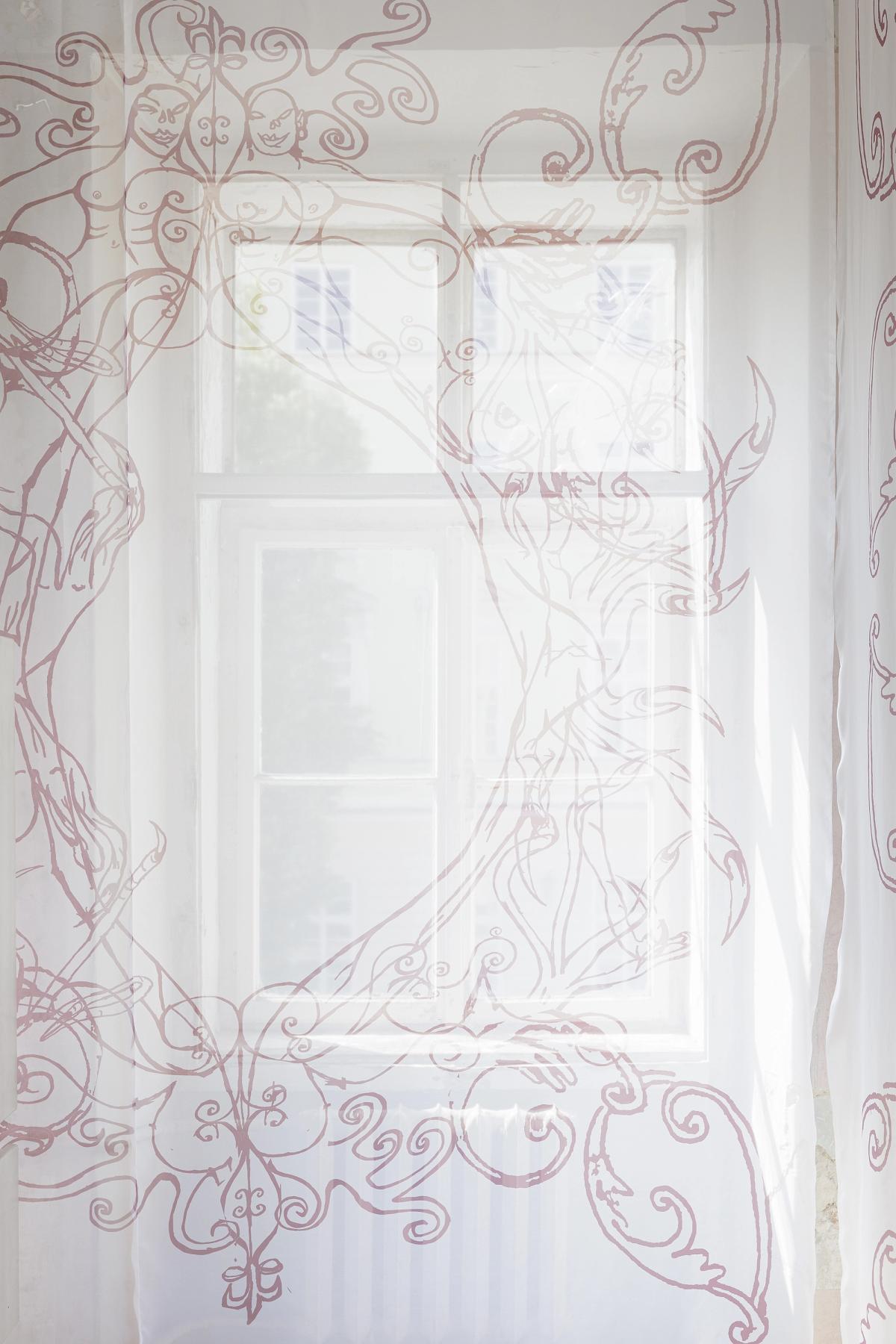
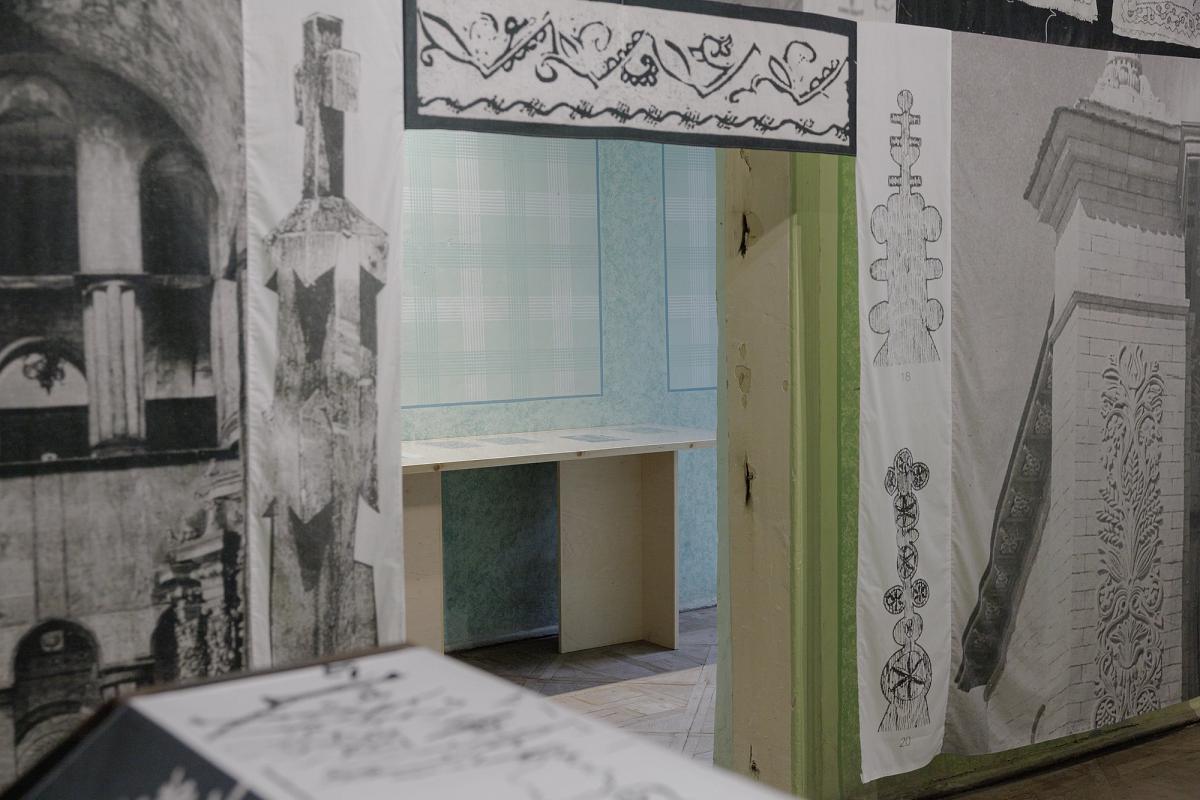
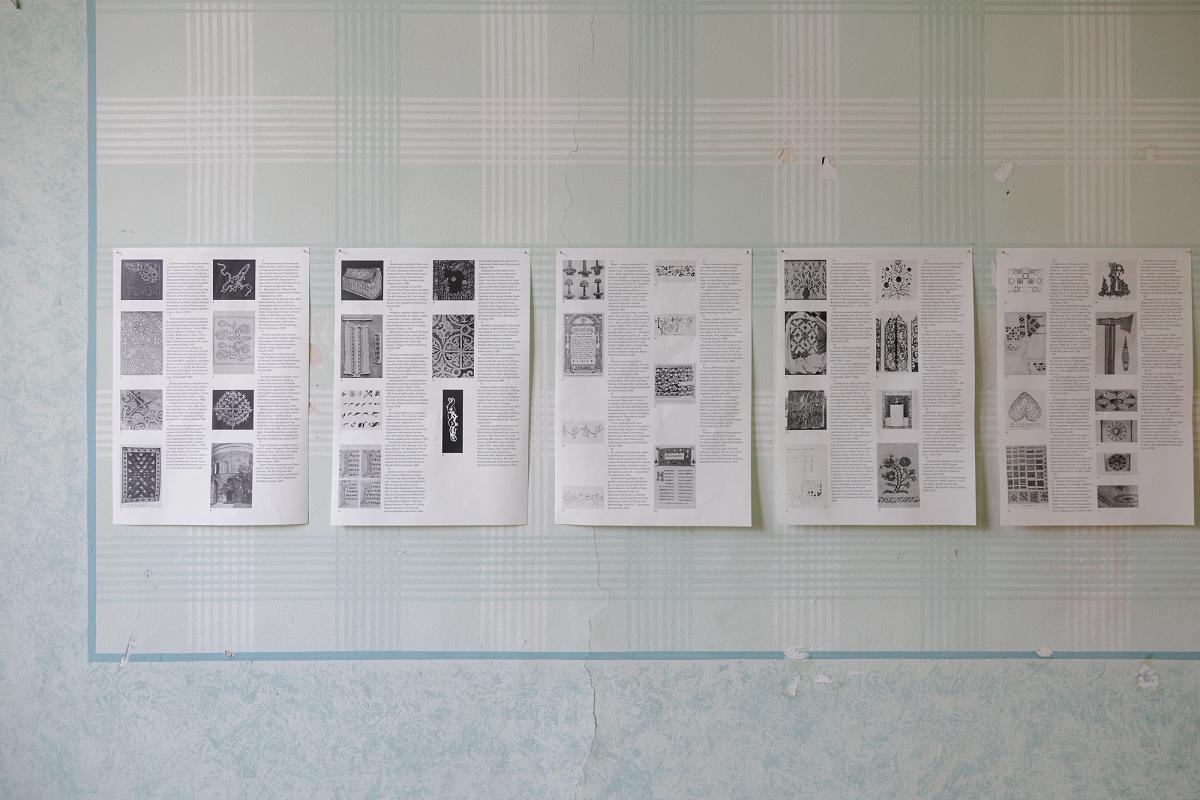
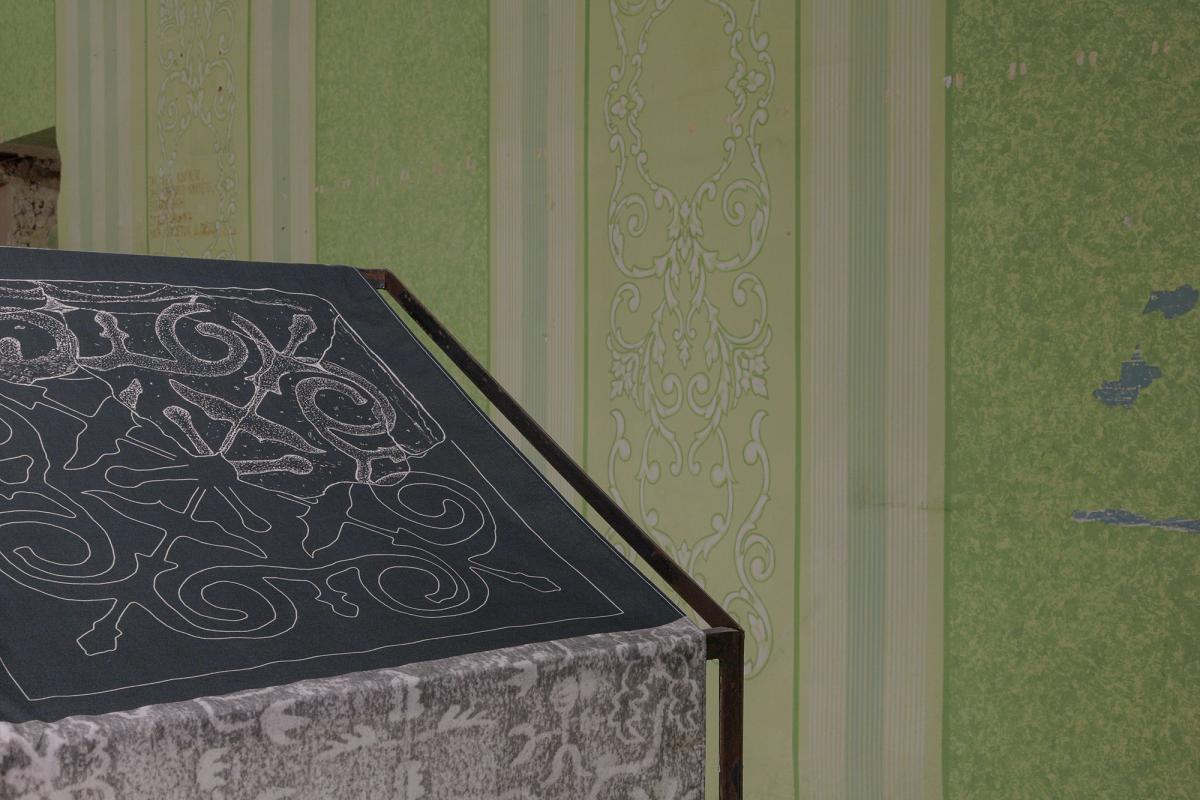
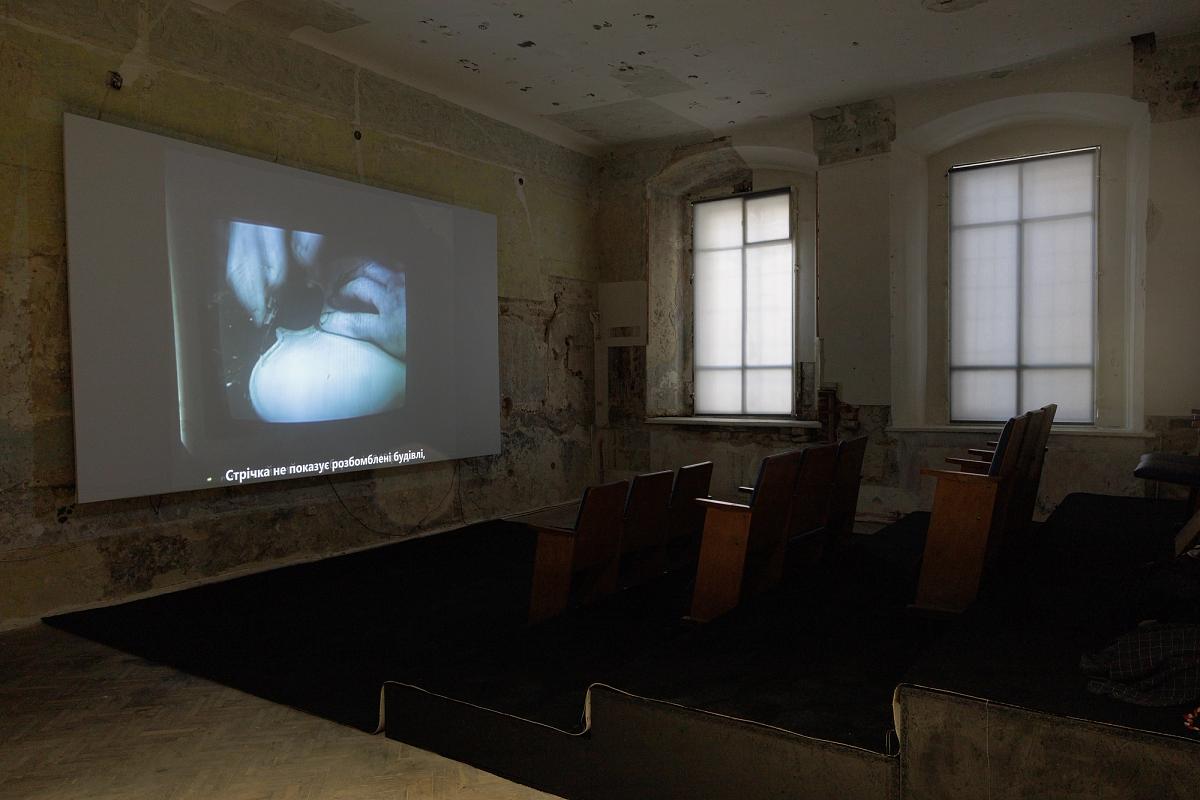
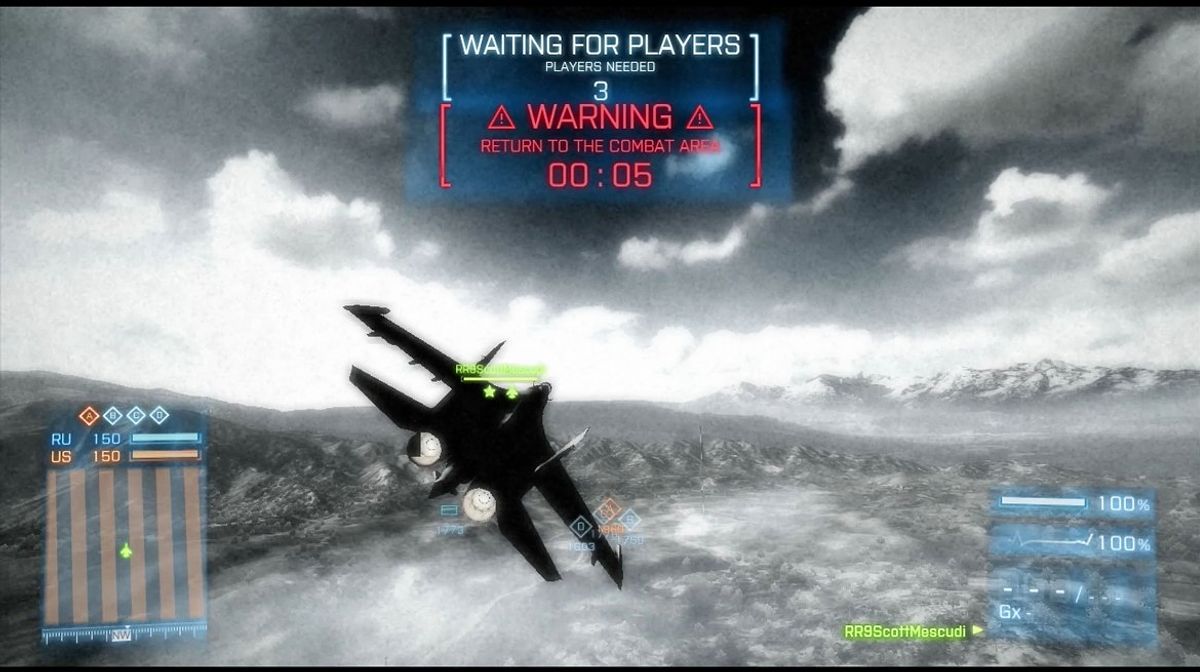
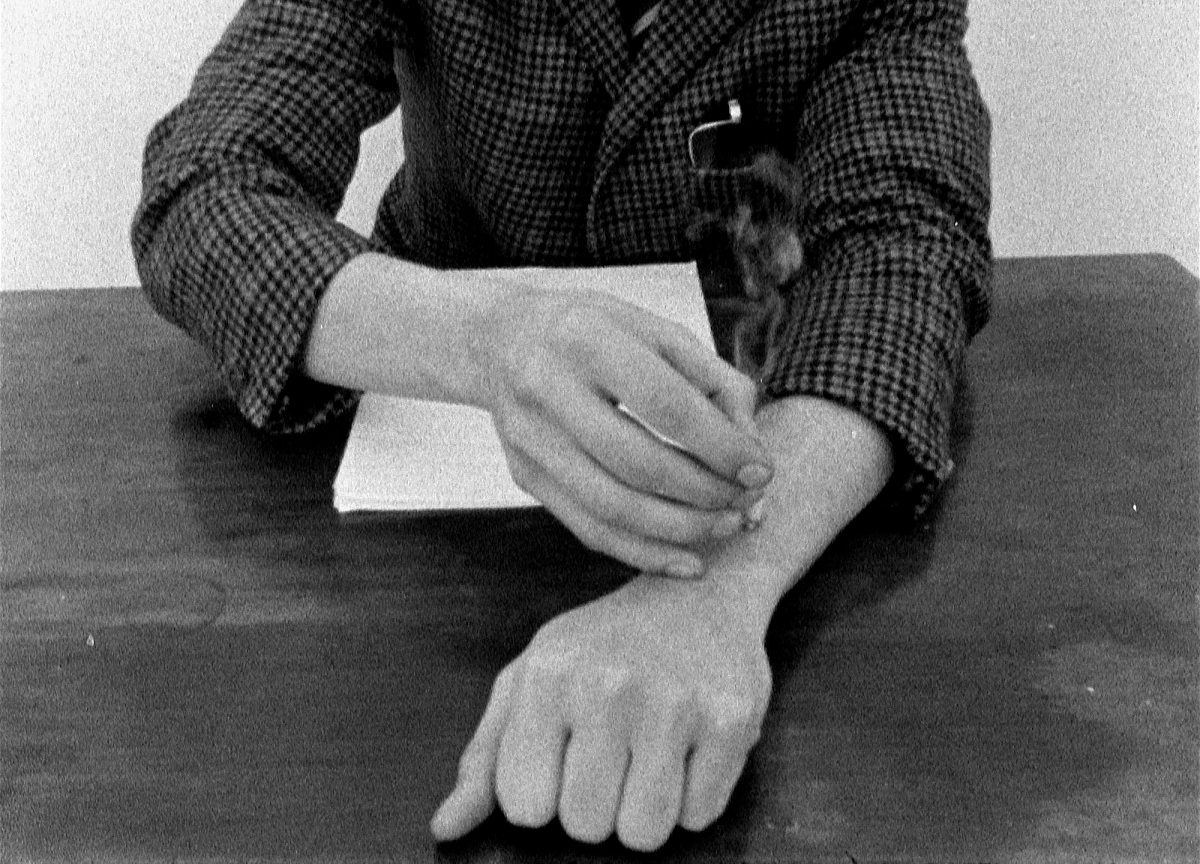
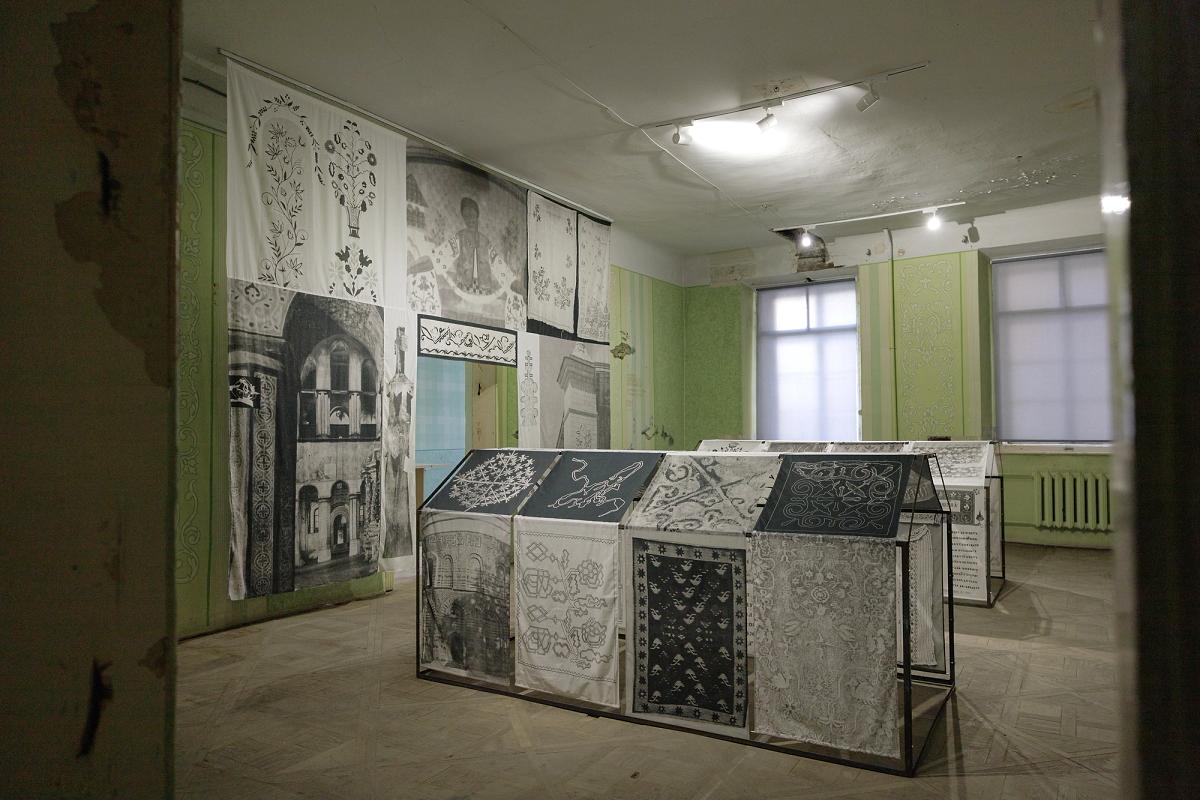
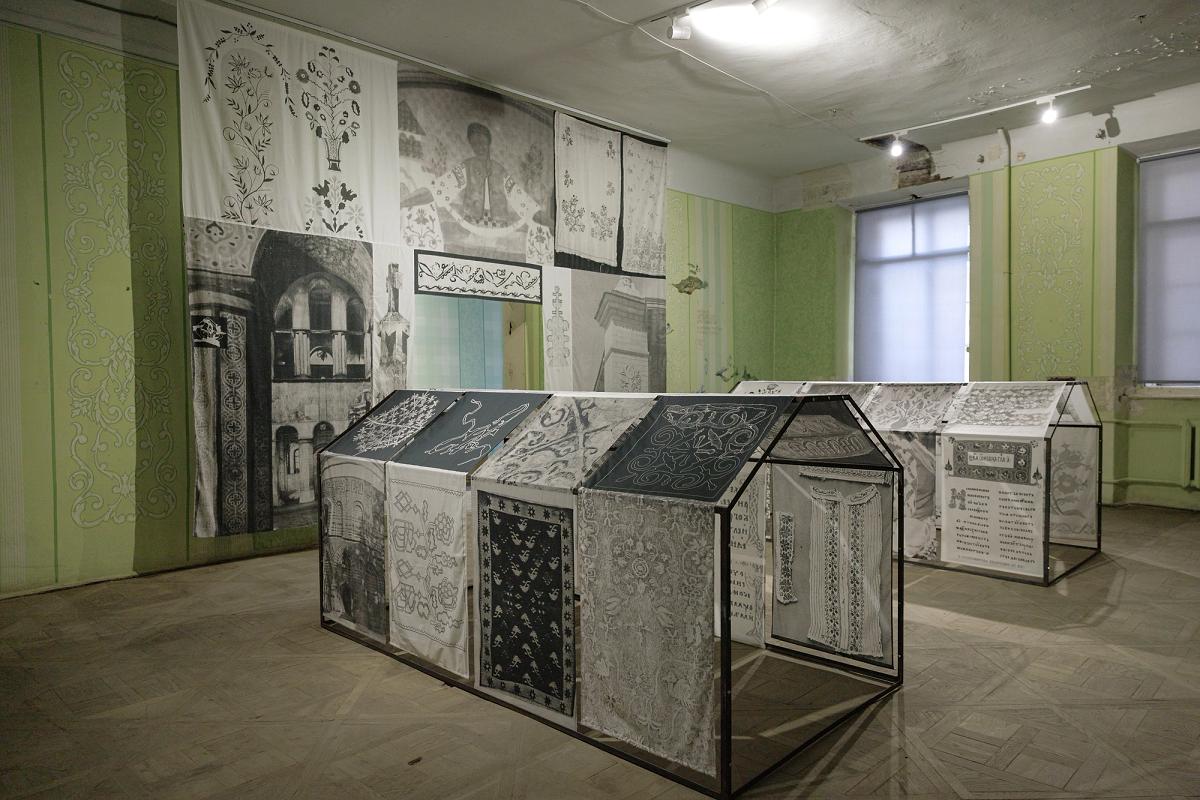
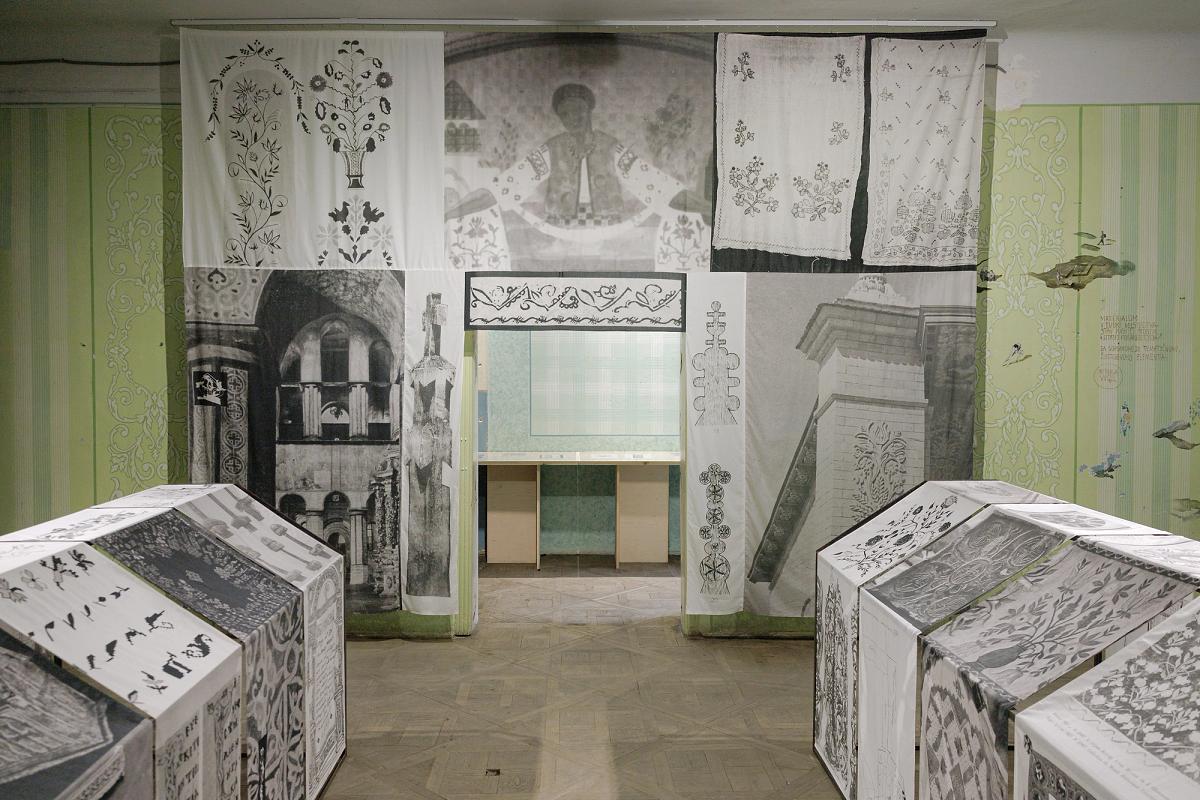
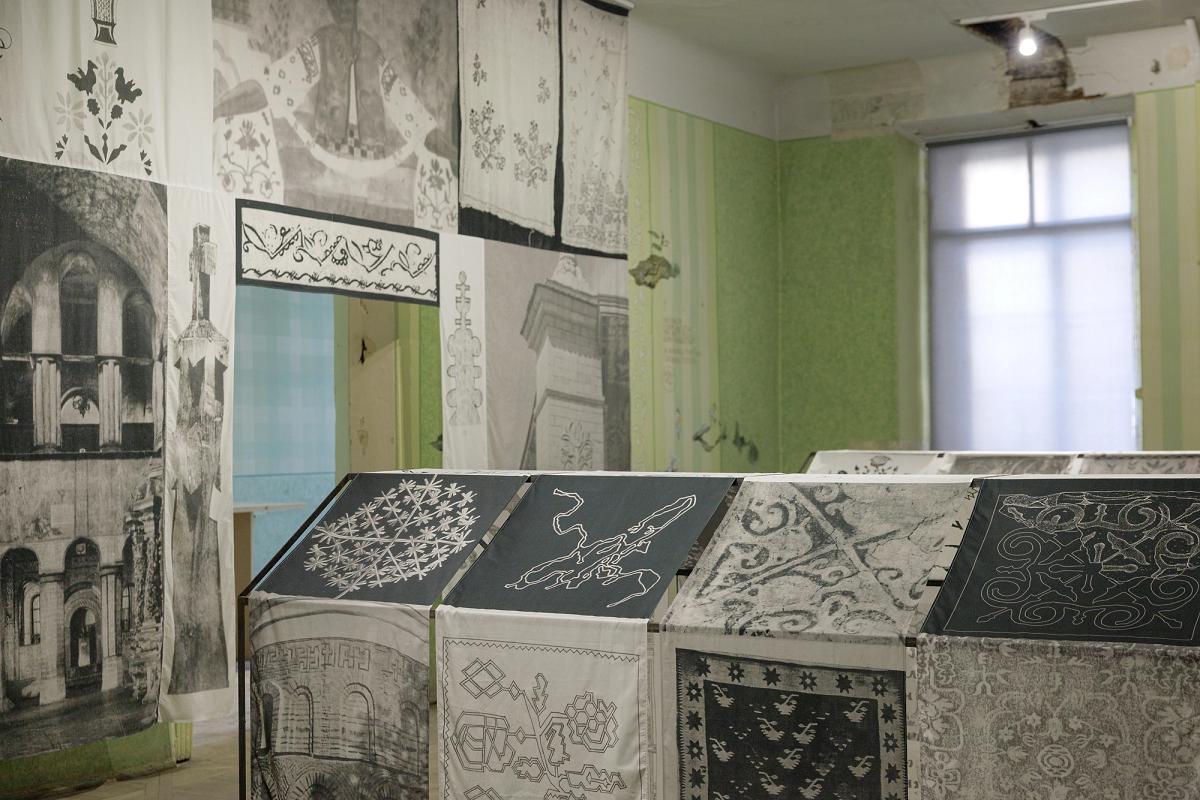
VENUES AND PARTNERS OF THE STAMMERING CIRCLE
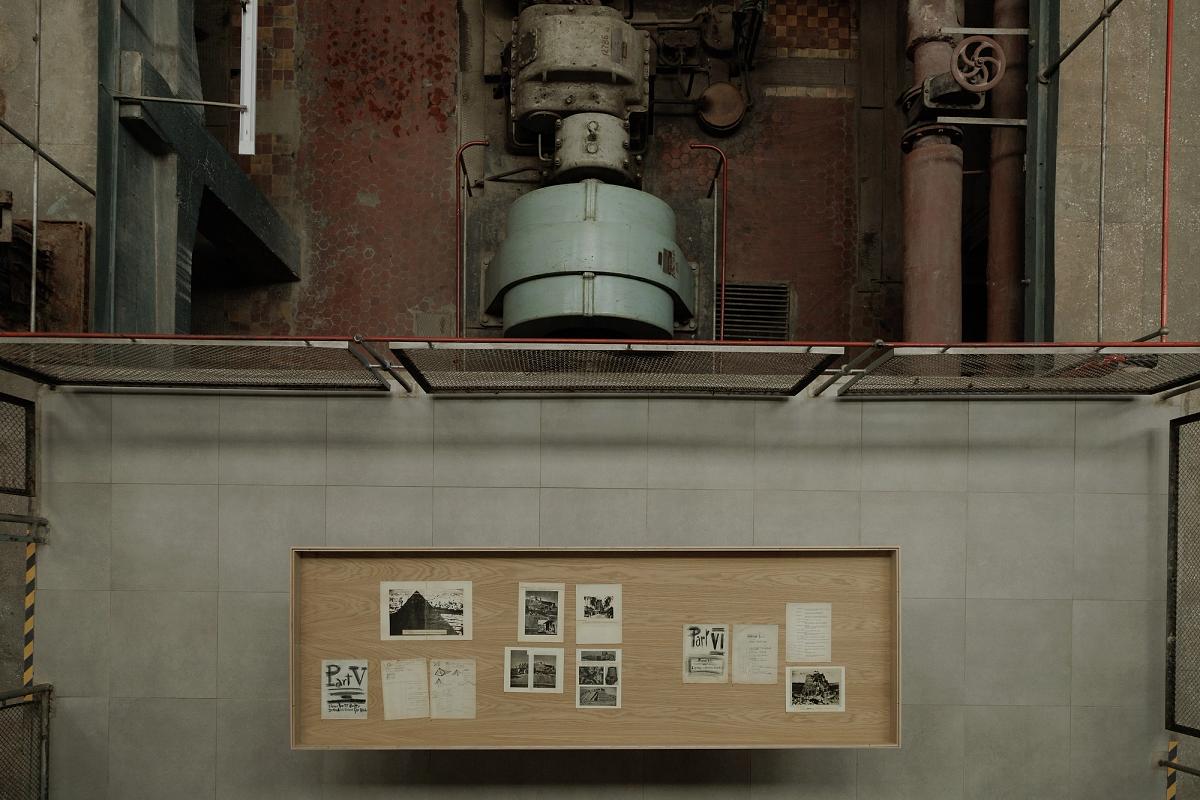
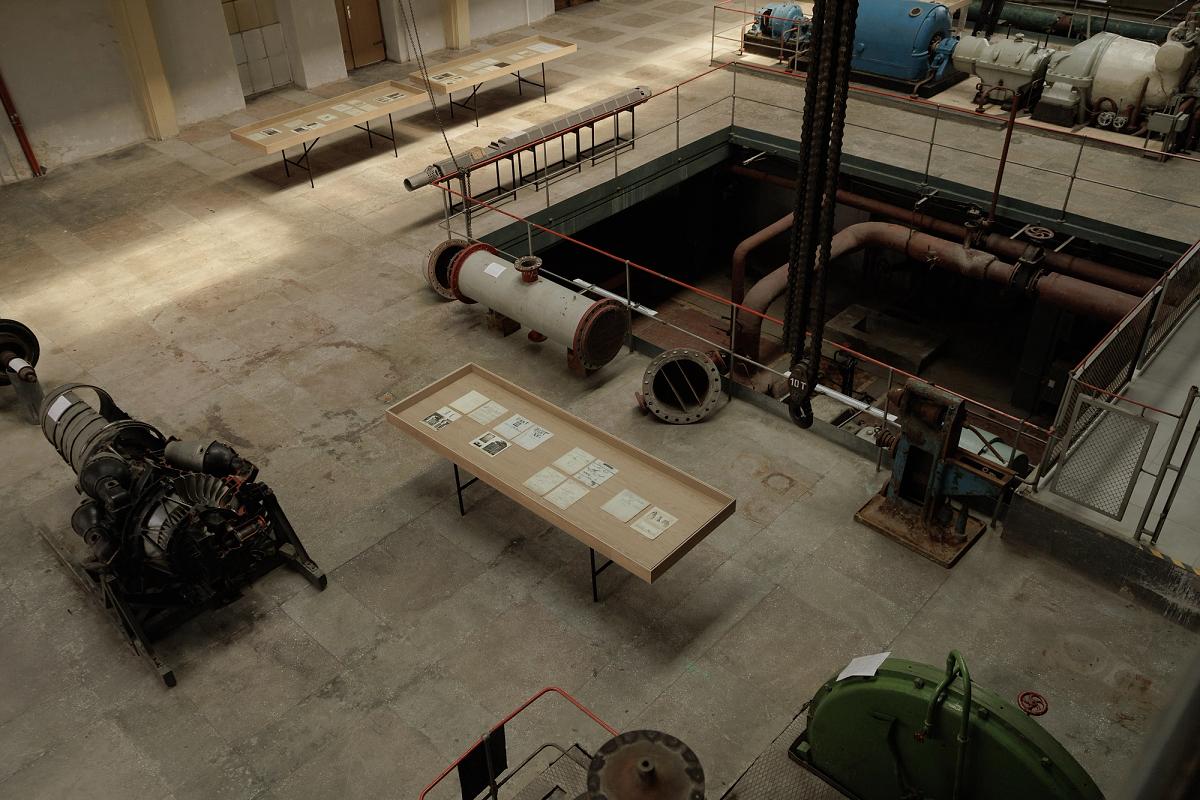
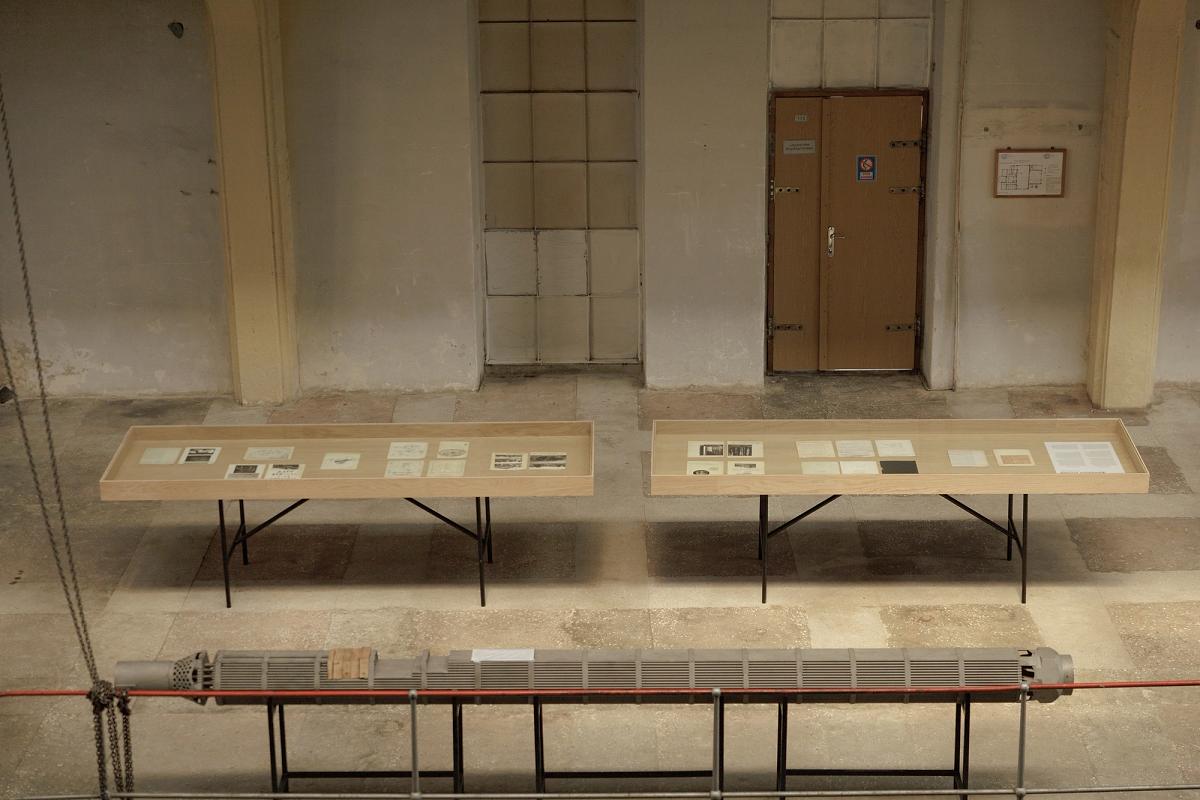
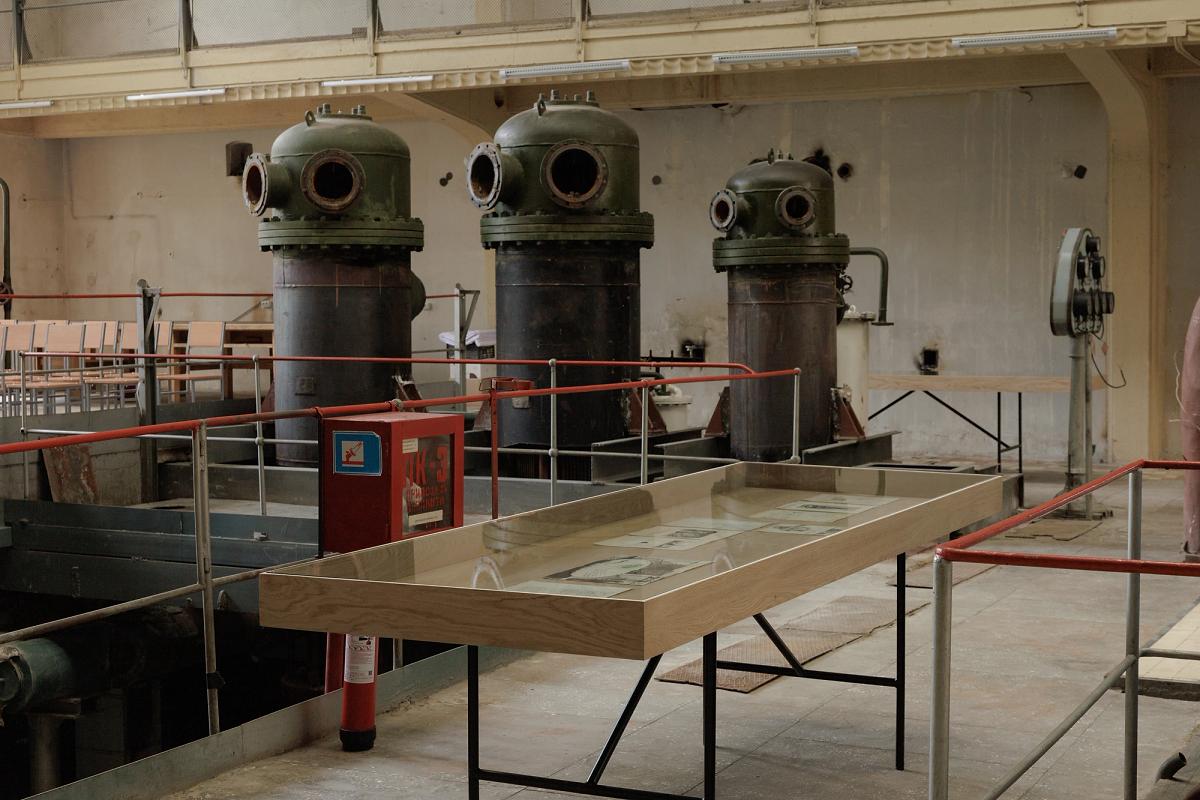
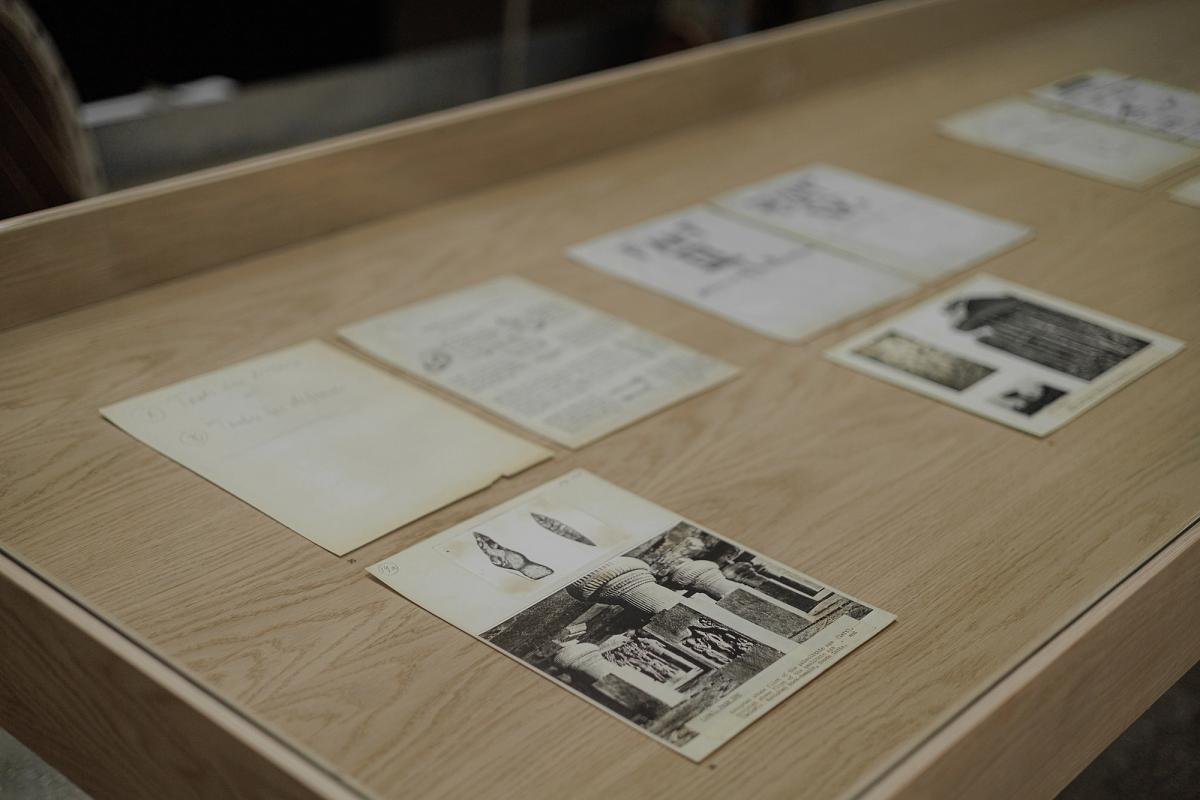
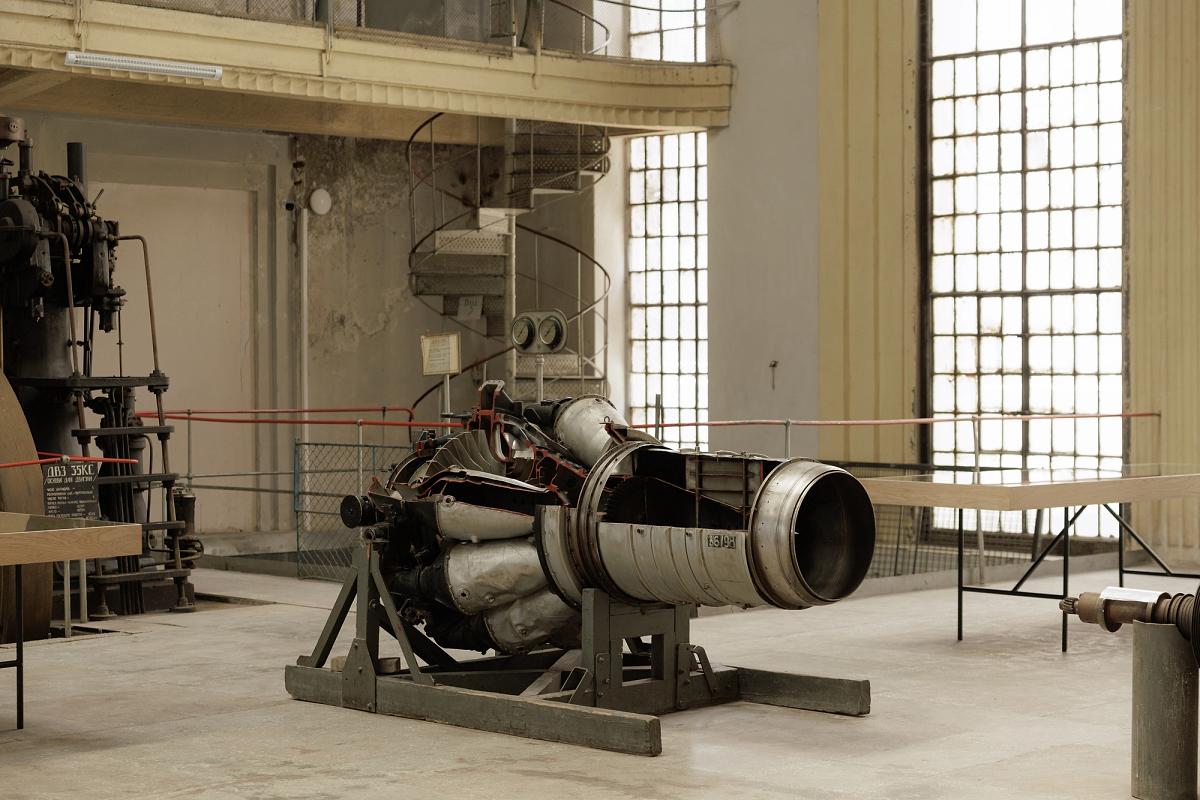
THE CHALK CIRCLE
The Chalk Circle is a series of free public programming that opens concurrently in Lviv alongside the exhibition, The Stammering Circle.
Curated by Marta Kuzma
PUBLIC PROGRAMMING
The Stammering Circle exhibition title is a conjoining of words that draws from concepts brought forth by Paul Celan, who wrestled with ideas around truth, justice, and social responsibility, with threads of Bertolt Brecht’s The Caucasian Chalk Circle.
Consequently, the umbrella of discursive public programs held parallel to The Stammering Circle borrows directly from Brecht to frame projects by artists, cultural producers, thinkers, philosophers, architects, musicians, and composers who have responded to the threads brought forth by The Stammering Circle. The Chalk Circle is manifested in various locations throughout Lviv and Kyiv, including Jam Factory Art Center, the Lviv Polytechnic National University, the National University of Kyiv-Mohyla Academy, Home of Sound (Dim Zvuku), Lviv Town Hall, and the Center for Urban History. Events take place throughout the opening week of the exhibition from June 20 – 27, and in August 2025.
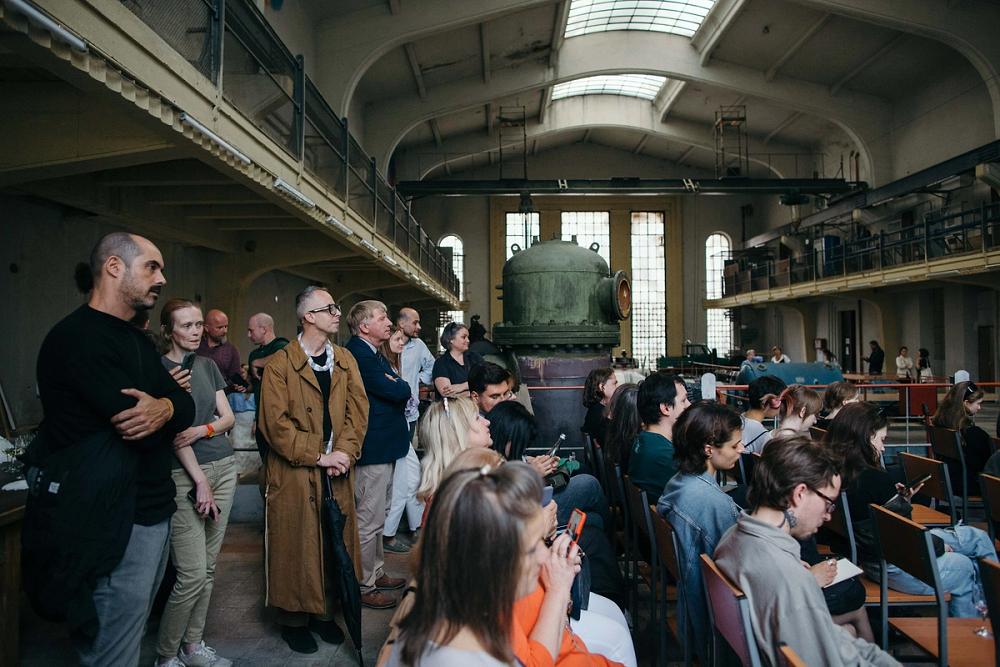
SCHEDULE
- Friday, June 20
16:00
Stammering Circle: Preamble
Marta Kuzma
Artistic Director & Chief Curator, Faktura 10
Professor at Yale School of Art
Lviv Polytechnic National University
Chemistry Building, Room 101
Building no. 9 9 st.
Yura Square, Lviv
17:00
Frederick Kiesler: Magic Architecture
Gerd Zillner
Director of The Austrian Frederick and Lillian Kiesler Private Foundation
Lviv Polytechnic National University
Machine Hall
Building No. 10
5 Ustyanovycha Street
Lviv
- Saturday, June 21
12:00
Opening of the Exhibition, The Stammering Circle
13:00
Conversation with the Curator
Marta Kuzma, with Pablo Lafuente, and Bozhena Pelenska
15:00–16:00
Walid Raad
Artist Talk + Q&A
(Attention: No photos or videos are allowed at this event)
Jam Factory Art Center
Auditorium
124 Bohdana Khmelnytskoho Street, Lviv
- Sunday, June 22
12:00–13:00
Dwellings For Spirits
Installation walkthrough with the artists: Janina Pedan, Anna-Maria Kucherenko, Katya Kopeikina
Dim42
LPE Lviv Radio
42 Rynok Square
Lviv
15:00–17:00
Screening: Les Goddesses, by Moyra Davey
With Moyra Davey and Marta Kuzma in conversation
18:00–19:00
Oleksiy Radynski and Lyuba Knorozok
In conversation: Where Russia Ends
Jam Factory Art Center
Auditorium
124 Bohdana Khmelnytskoho Street, Lviv
- Monday, June 23
14:30
Julie Poly
In conversation with Antonio Cataldo, Dean of the Academy of Fine Art, Oslo
Jam Factory Art Center
Auditorium
124 Bohdana Khmelnytskoho Street, Lviv
16:30
“Straight Lines and Infrastructural Sensibilities”
Ina Blom
Professor in the Department of Philosophy, Classics, History of Art and Ideas at the University of Oslo, and Visiting Professor in the Department of Art History, University of Chicago
Home of Sound
(Dim Zvuku)
6 Knyazya Romana Street
Lviv
19:00
“Straight Lines and Infrastructural Sensibilities”
A discussion with Philippe Sands, KC, Professor of Law at University College London, Visiting Professor of Law at Harvard, and Beatrice Patsalides Hofmann Ph.D., Psychoanalyst, Clinical Consultant at Centre Primo Levi, Paris
Lviv Town Hall
1 Rynok Square
Lviv
- Tuesday–Friday, June 24–27
The Philosophical Afterlives of War
Led by Peter Osborne
Register
11:00–13:00 (Daily)
Public Lectures
By Peter Osborne
15:00–17:00 (Daily)
Reading Groups
Lviv Polytechnic National University
Assembly Hall and Old Library Reading Room
Main Building
12 Stepan Bandera St, Lviv
- Thursday, June 26
18:30
Panel: How War Reshapes Mental Health and Art Therapy Practices with Traumatized Civilians and Soldiers: Unbroken Clinicians from First Lviv Territorial Medical Union Testify
Center For Urban History
Conference Hall
6 Bohomoltsia Street
Lviv
